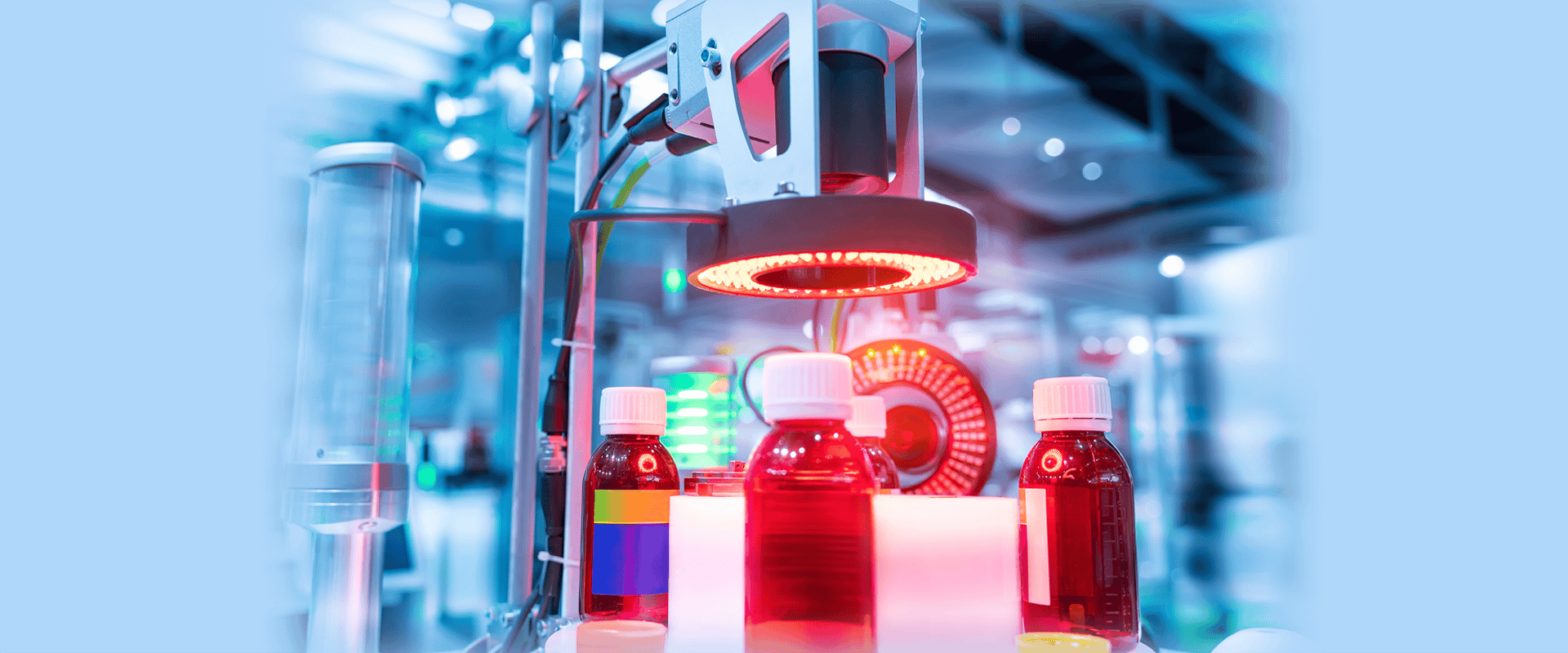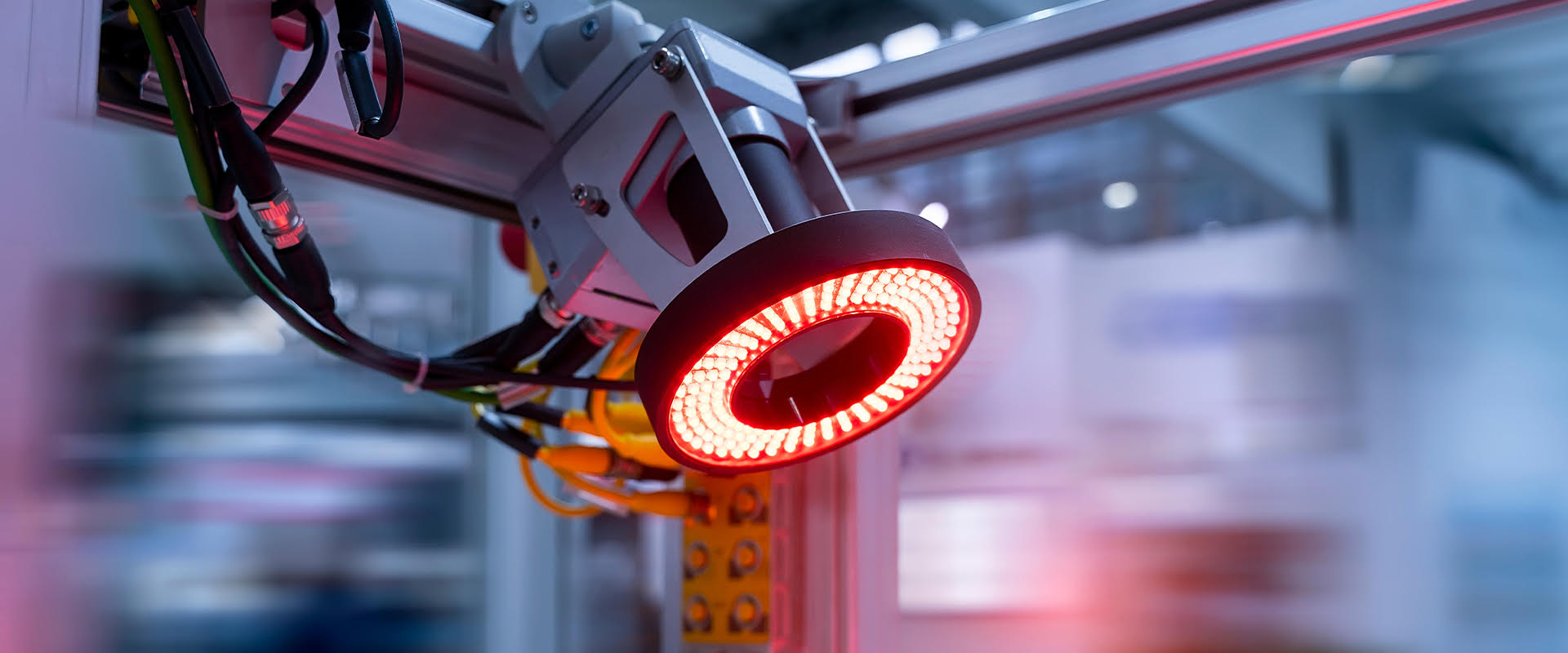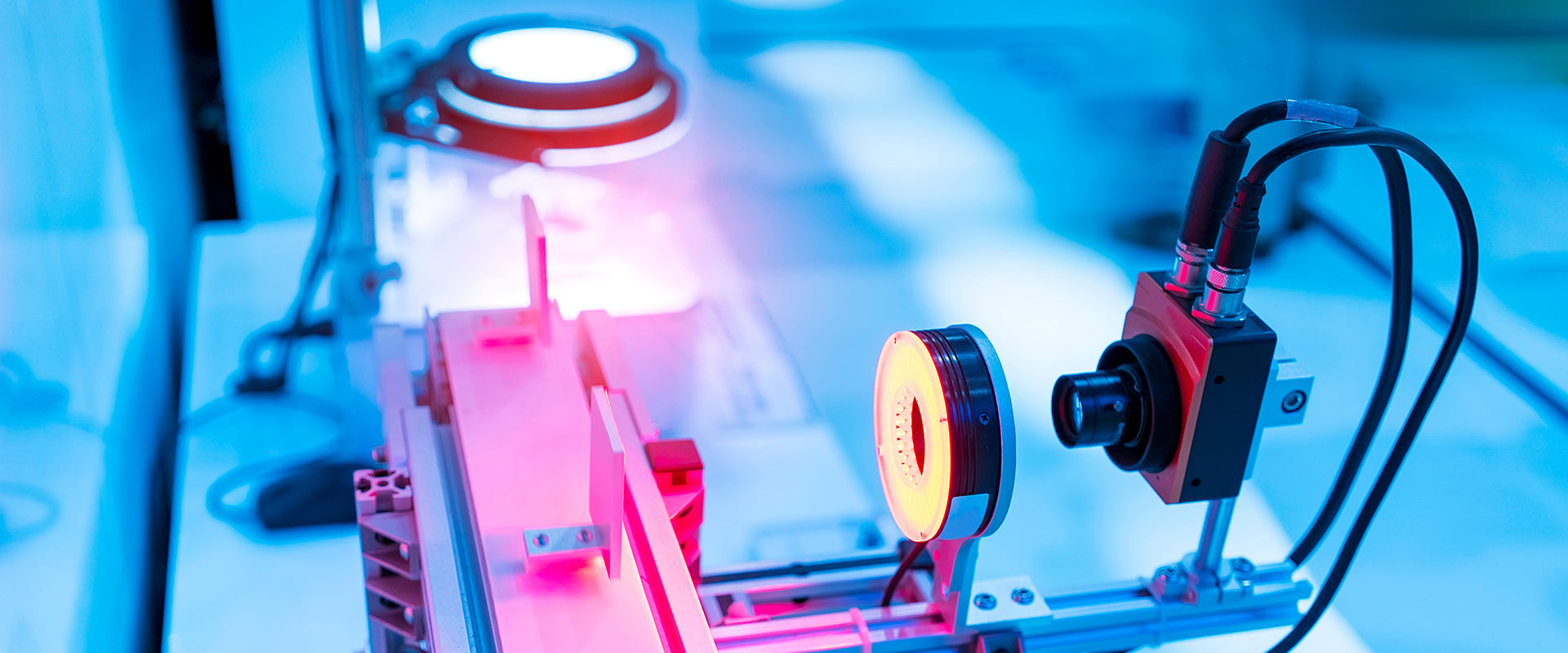Machine vision has come a long way, and LED lighting has been a key driver. As inspection speeds increase, product surfaces become more challenging and lighting conditions more difficult, high-quality LED lighting solutions have evolved to meet these demands. Below is a look at how LED lighting for vision applications has developed, and what modern systems demand.
From Early LEDs to Today's Industry Standard
In the early 1990s, LEDs were just beginning to be used in machine vision. They promised advantages: longer life, faster response and the ability to emit light in different shapes and wavelength bands. These early advantages set the stage for LEDs becoming the preferred lighting source in industrial imaging.
As LED technology and manufacturing quality improved, so did the design of lighting enclosures. Components like heat dissipation, uniform LED arrays and flexible mounting made it possible to build lights that could fit diverse inspection setups.
Key Advancements in Modern LED Lighting
Here are some of the major features and innovations in today’s LED lighting systems for vision applications:
-
Precision & Customization
LED lighting isn’t one-size-fits-all. Modern systems offer a huge variety of form factors, like ring lights, bar lights, back-lights, low-angle lights, dome lights, etc., so lighting can be adapted to the geometry of the workspace and inspection task. When none of the standard options will work, custom or semi-custom lighting configurations are now common. -
High Uniformity & Quality
Uniform light output is essential to avoid hotspots, glare or shadows that interfere with defect detection. Many current LED lighting products strive for high uniformity and include diffusers, precise optics and engineered light guides to maintain even illumination. -
Improved Lighting Control
Controlling lighting intensity, timing (e.g. strobing), synchronization with camera systems – and doing so with precision – has become a differentiator. Modern LED systems often include external or internal controllers that allow microsecond timing, overdrive or PWM (Pulse Width Modulation). The goal is consistent lighting performance and better control over short exposure and high-speed imaging. -
Speed & Responsiveness
Faster imaging lines mean shorter exposure times, which require lighting sources that can provide high intensity in bursts (strobes) and switch on/off quickly without lag. LEDs by nature are fast, but lighting systems now are designed to support very high-speed strobing for rapid inspections. -
Custom Lighting Solutions
Some applications are too unique for off-the-shelf lighting. Modern LED lighting providers support custom or semi-custom solutions, tailoring size, wavelength, optics, housing, thermal management and more, to meet specific inspection constraints. This allows manufacturers to optimize lighting to the part geometry, reflectivity, environmental constraints and exposure needs.
Why These Evolutions Matter for Quality Control
The improvements in LED lighting bring many benefits to vision-based quality assurance in industries like food & beverage, electronics, pharmaceuticals, automotive, etc.:
- Better defect detection: More uniform lighting and fast strobe capability help reveal small or subtle defects that might be hidden by shadows or poor contrast.
- Reduced false rejects: Consistency in lighting means fewer surprises in images due to uneven illumination or environmental changes.
- Higher throughput: Faster lighting response and the ability to use high intensity allows inspection lines to run faster without sacrificing image quality.
- Longevity and reliability: Good thermal design, proper control and high-quality components mean lighting systems maintain performance longer, reducing maintenance costs and downtime.
- Adaptation to challenging surfaces: Reflective, curved or variable surfaces often defeat older lighting designs, but modern LED lights with specialized geometries (low angle, coaxial, dome, etc.) are better suited to handling glare and reflections.
What to Look for in LED Lighting
When evaluating LED lighting for machine vision, here are some things to keep in mind:
- Form factor & geometry: Does the light match your part shape? Can it illuminate relevant surfaces without glare?
- Uniformity / diffusion: Are there diffusers or optics to spread light evenly? What is the uniformity rating?
- Wavelength options: White, UV (ultraviolet), IR (infrared)... does the light cover the needed spectral band for your application?
- Control capability: Can you synchronize strobe timing, overdrive or intensity control? Are there external controllers?
- Thermal and mechanical design: Is the light built to handle heat, moisture, vibration or other environmental conditions?
- Evaluation / lab testing: Many lighting suppliers offer free demos or demo loans so you can test lighting, saving time and avoiding mis-engineering.
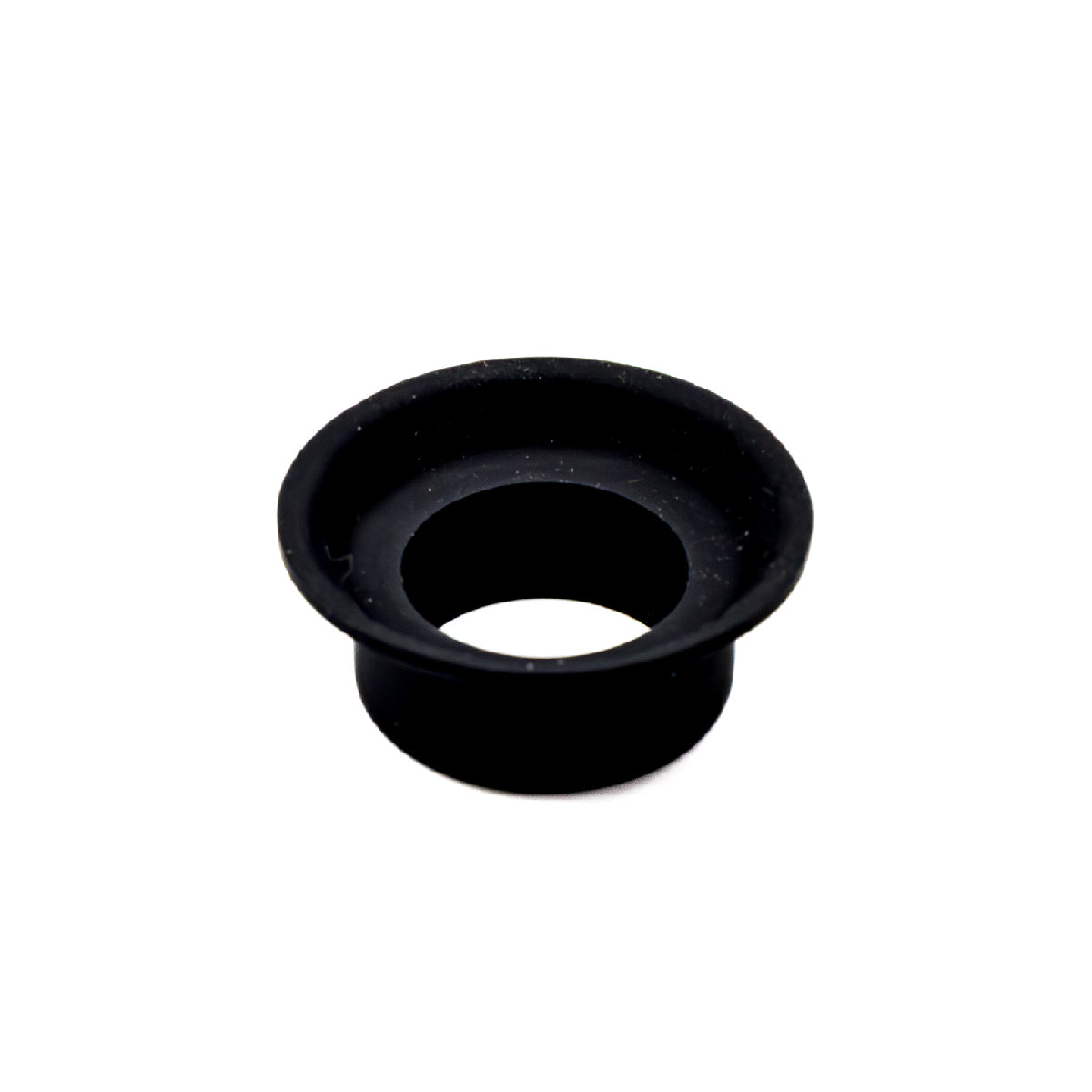
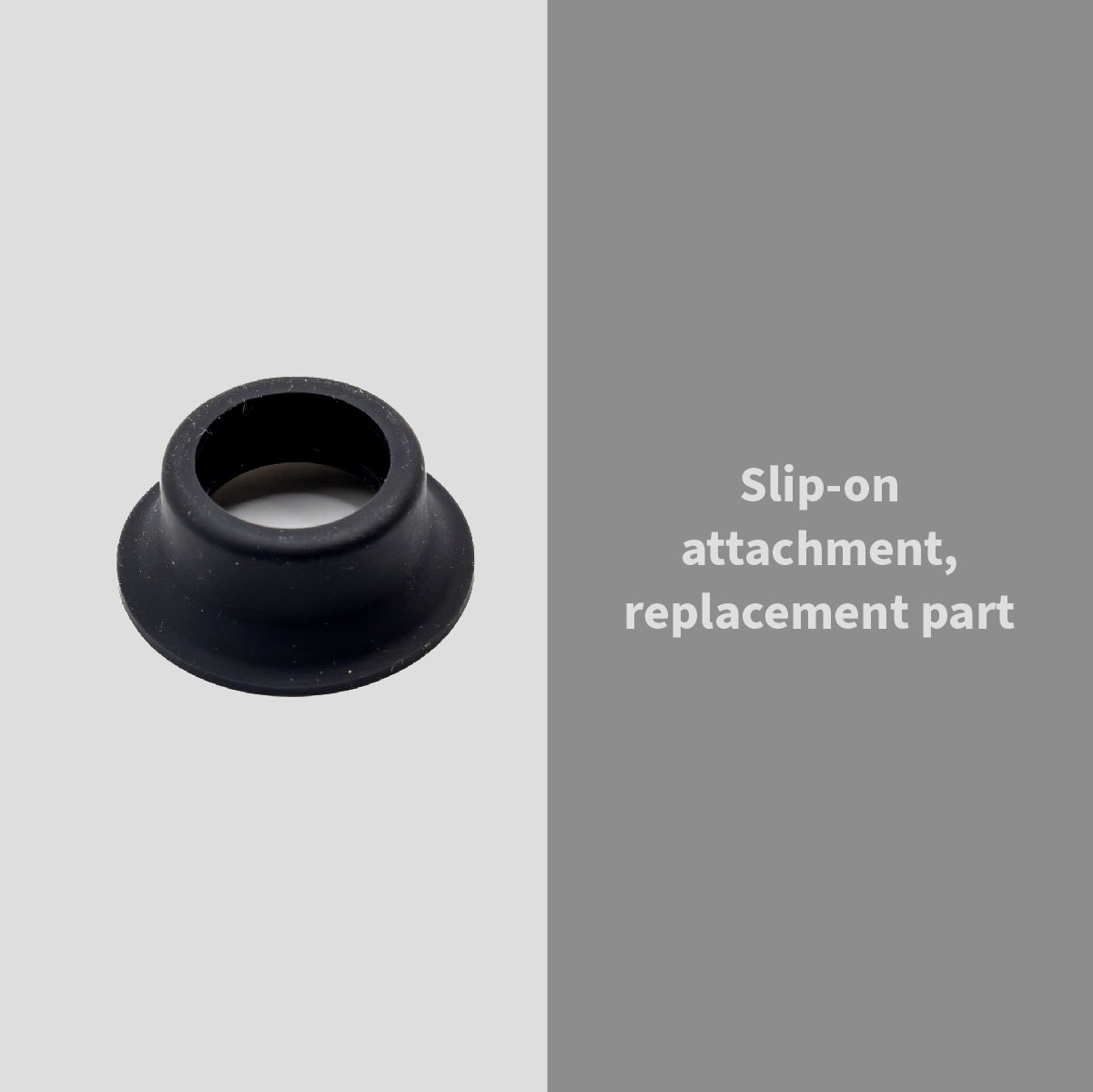
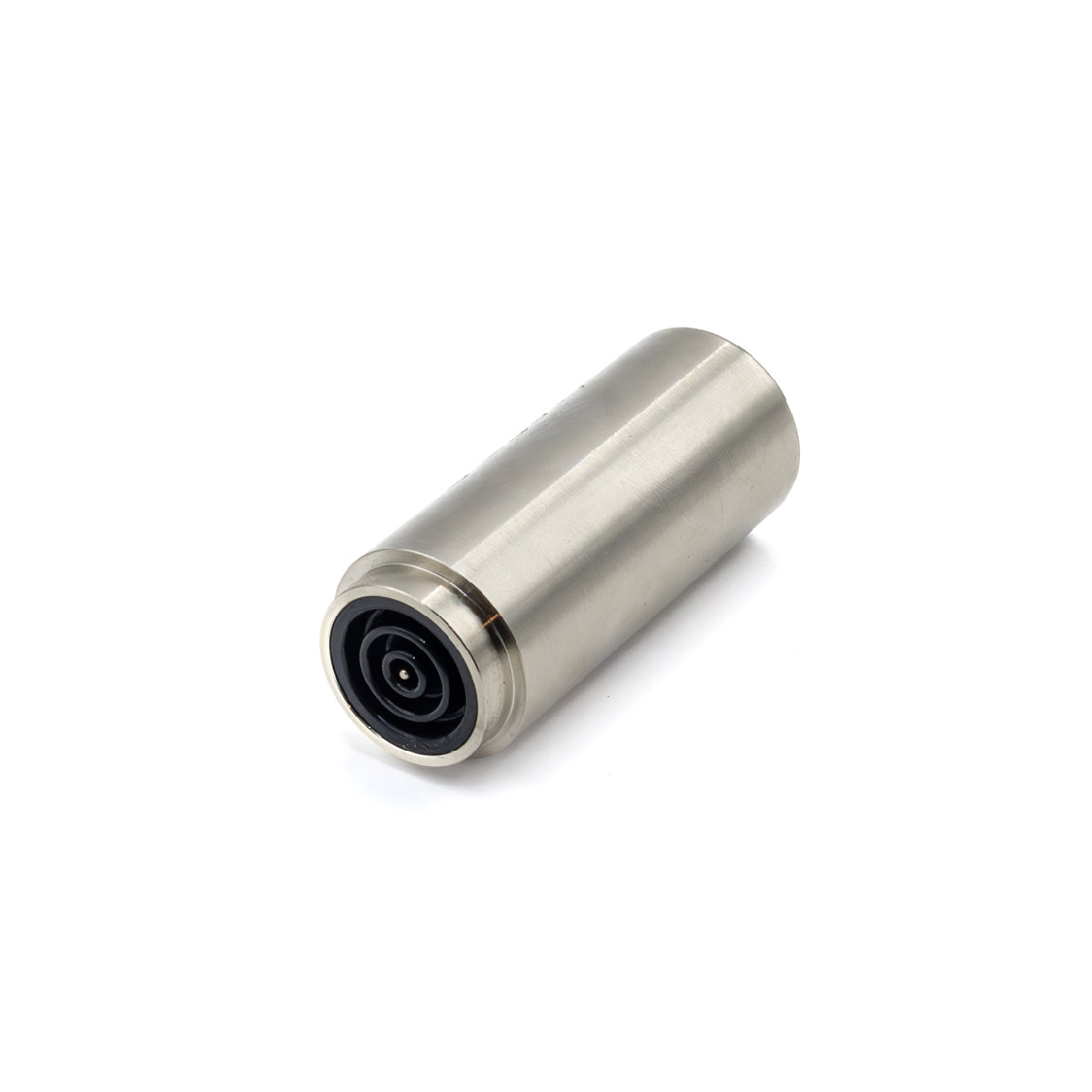
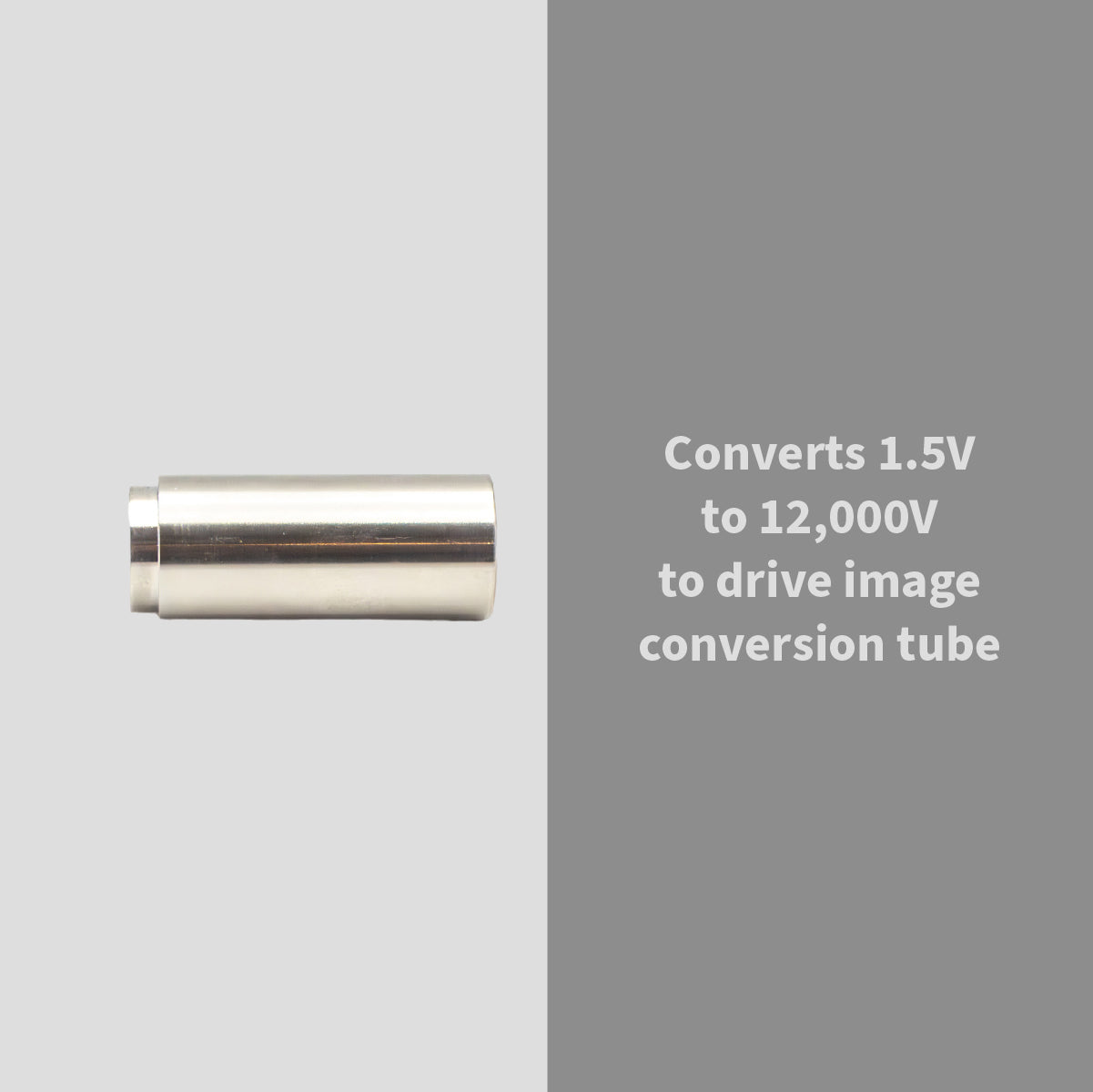
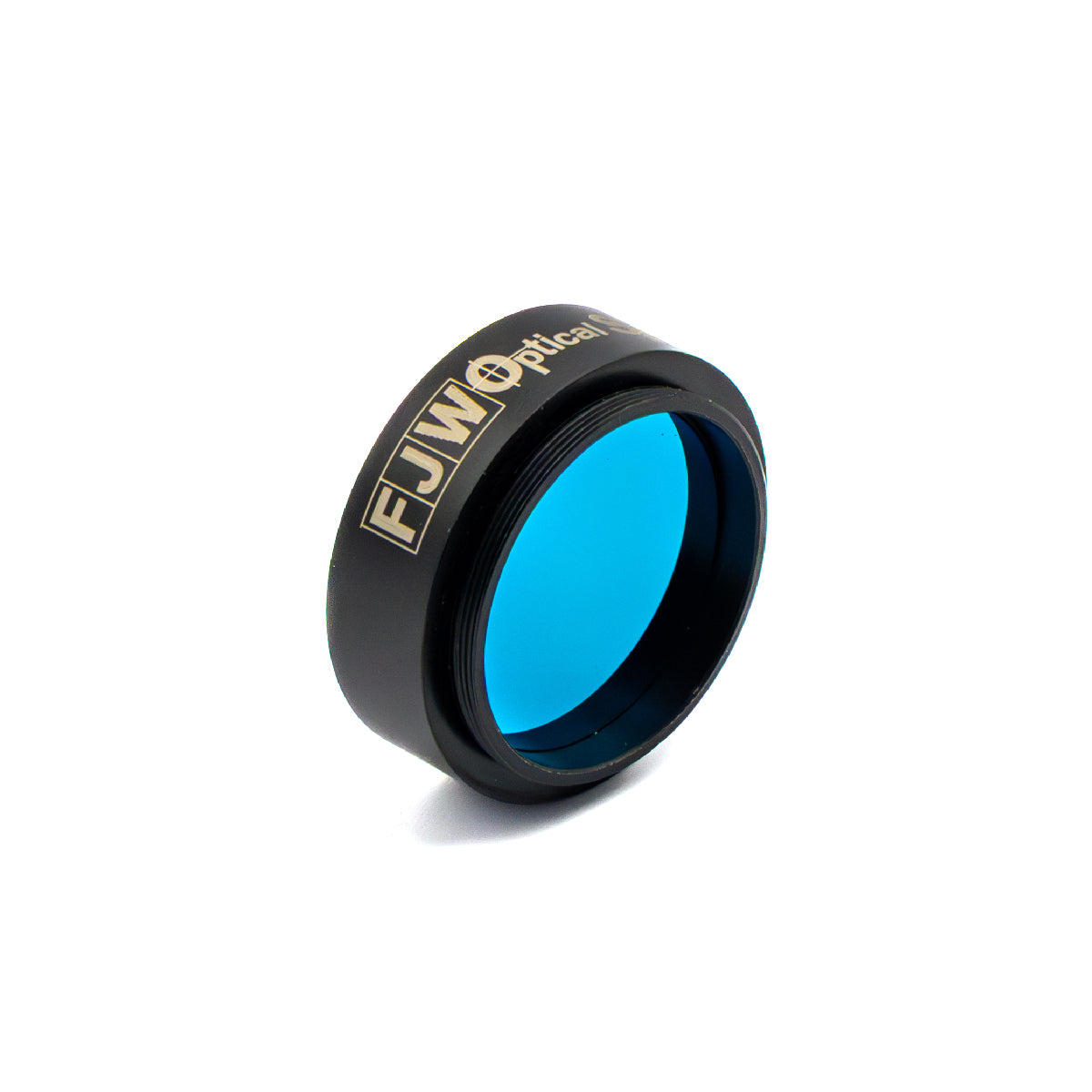
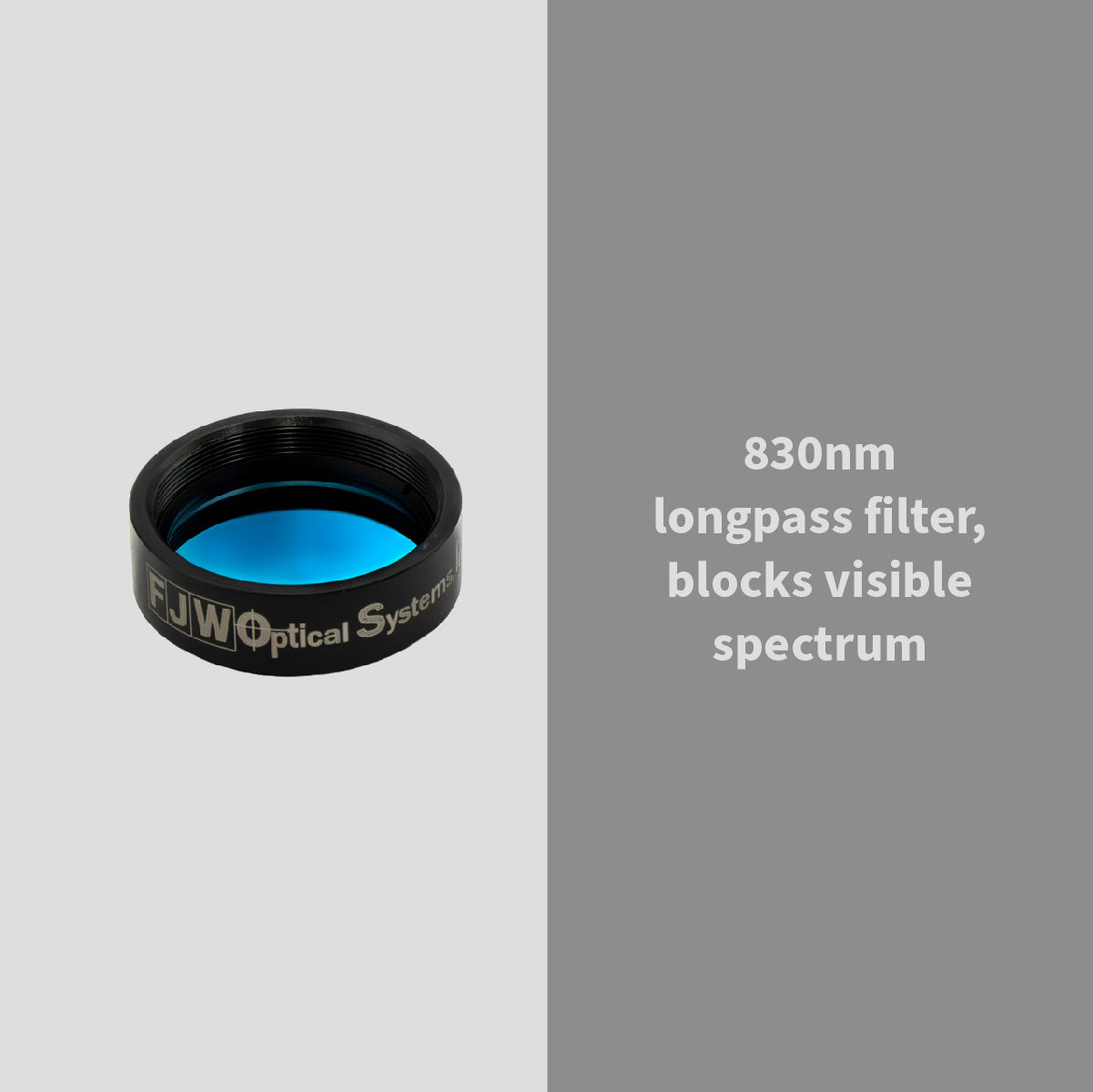
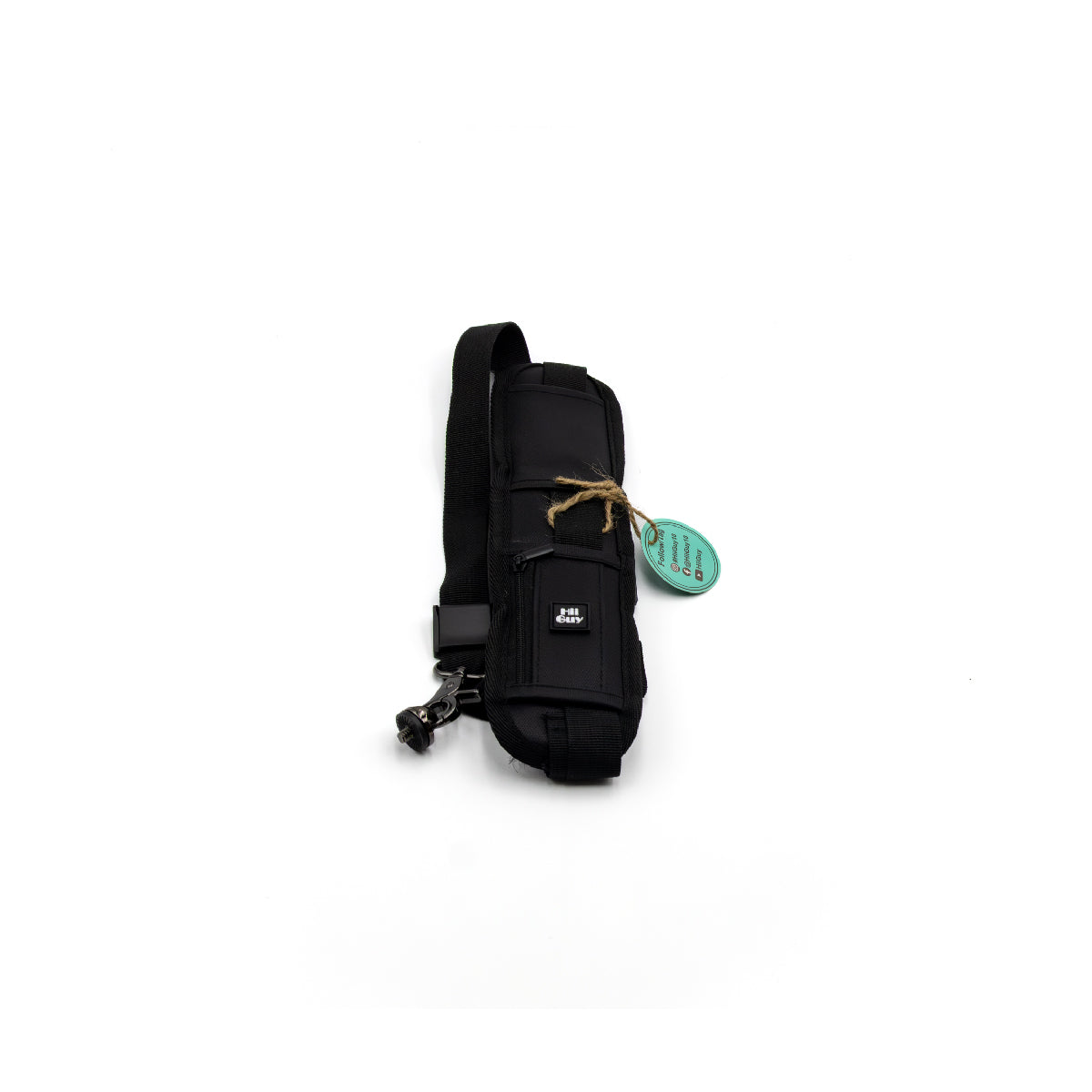
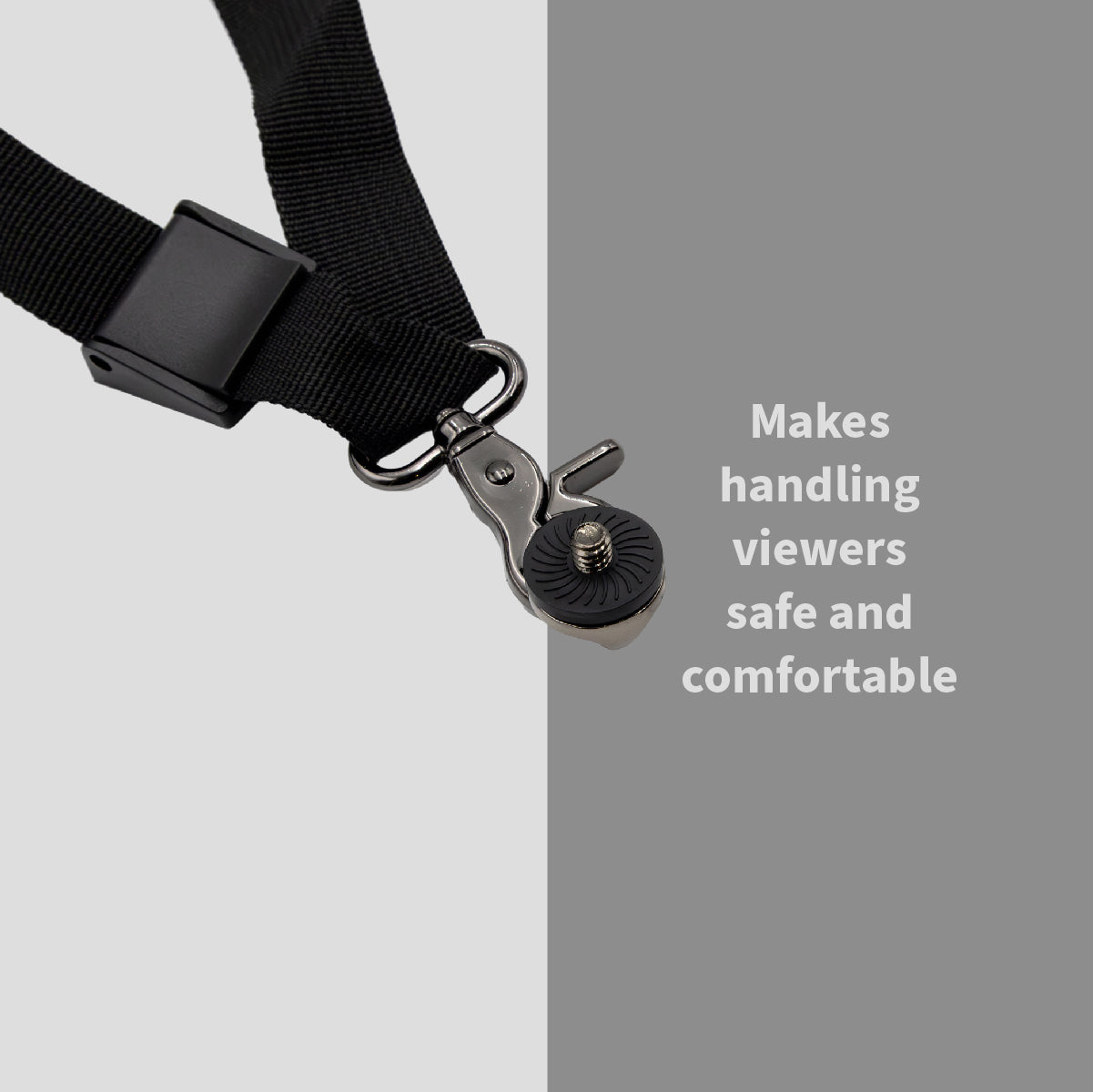
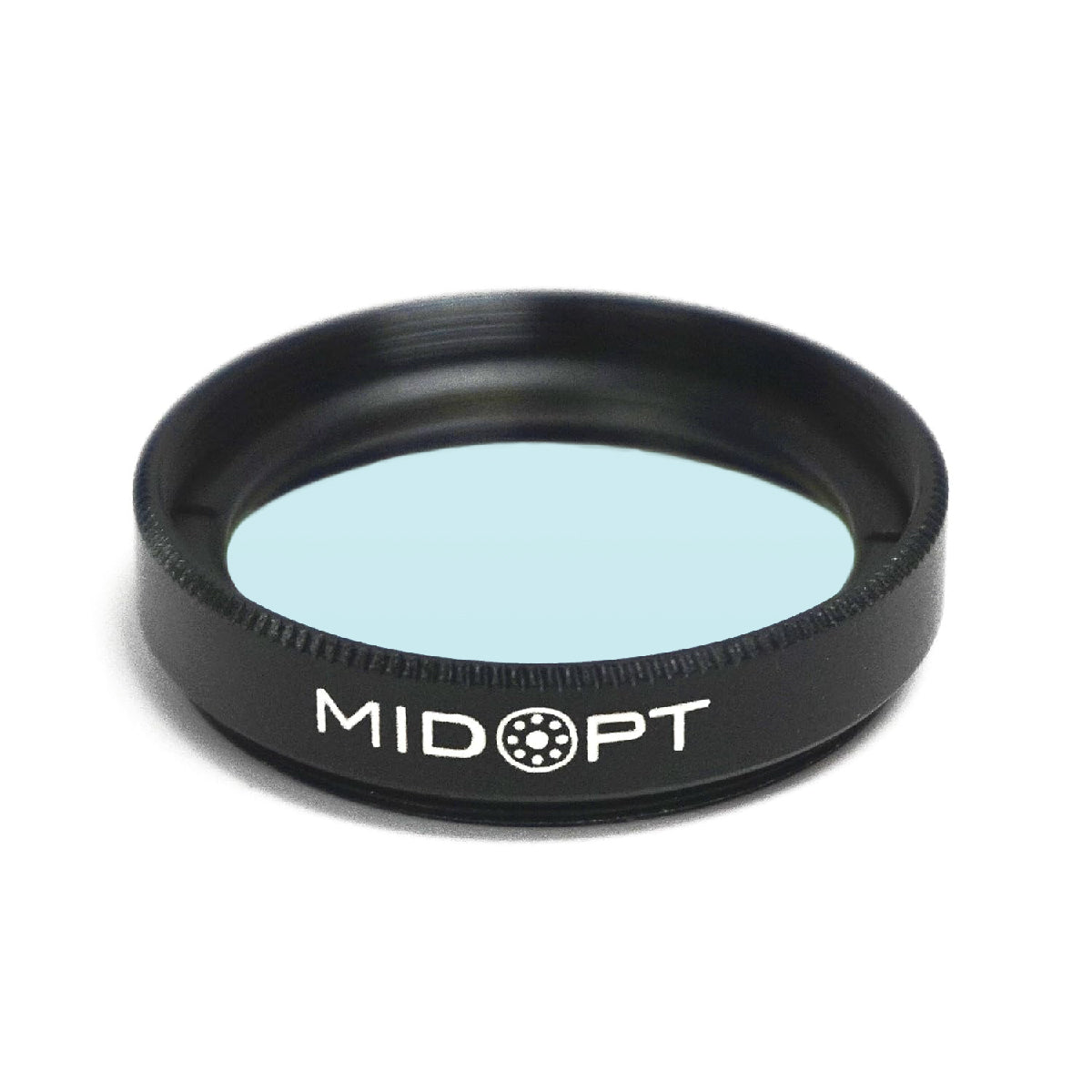
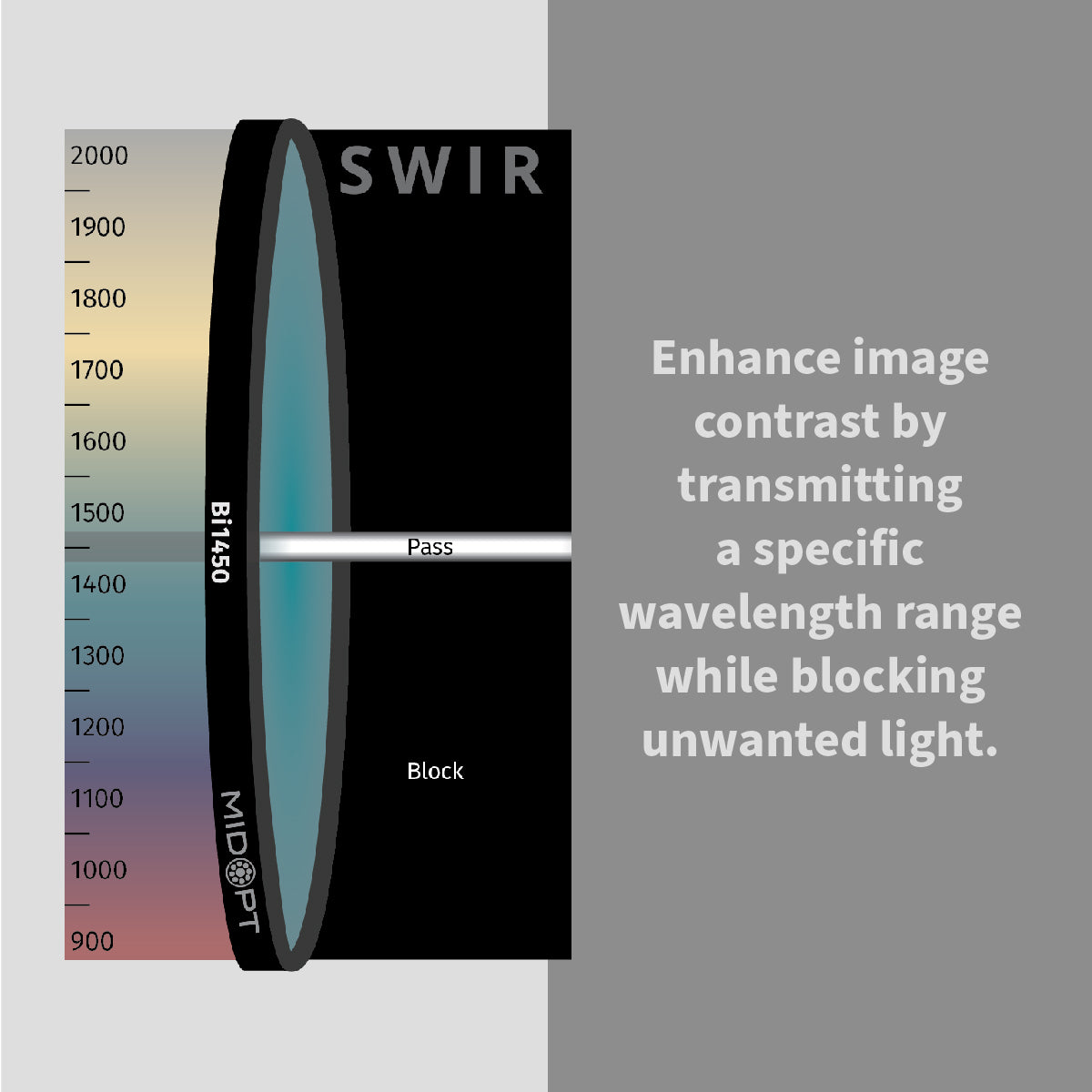
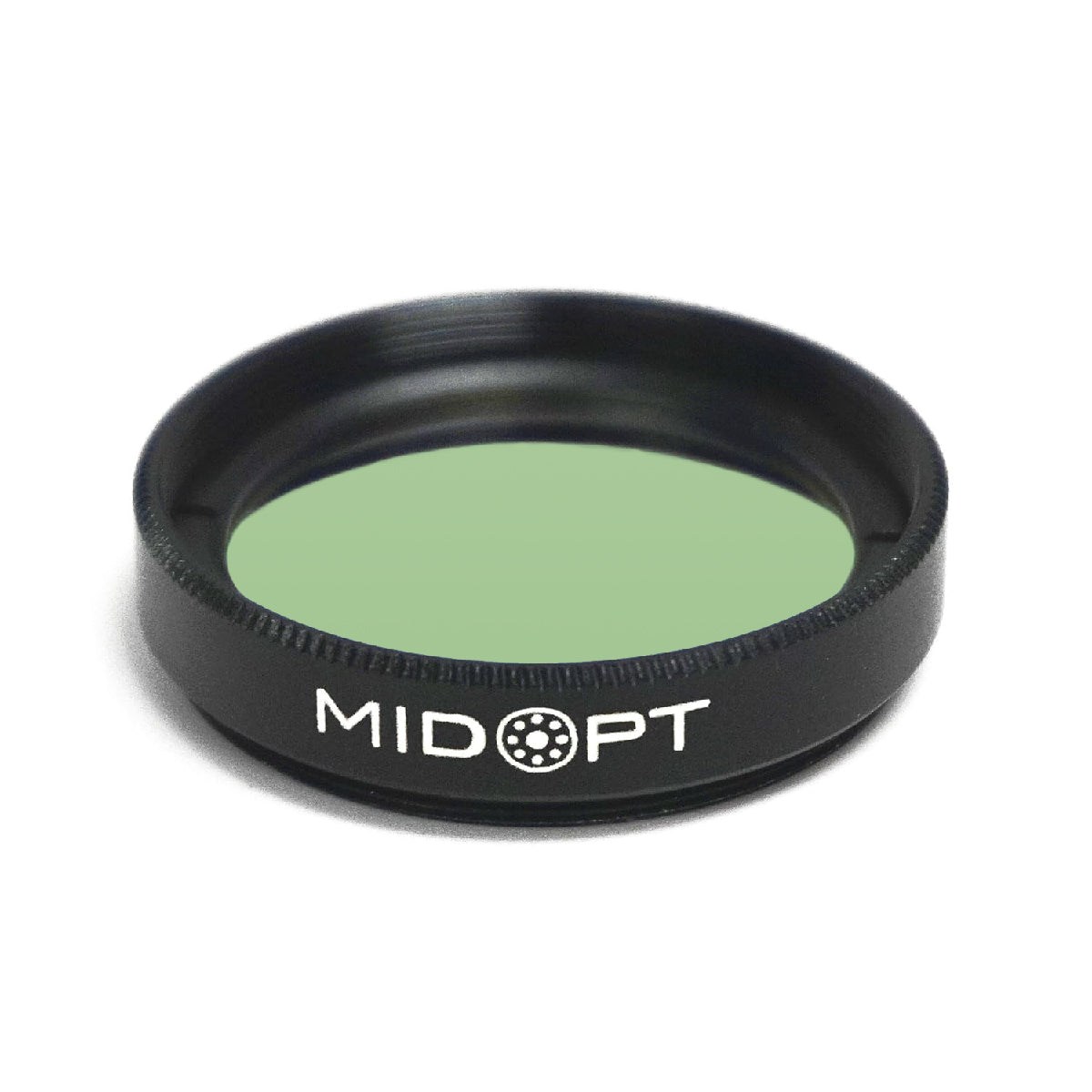
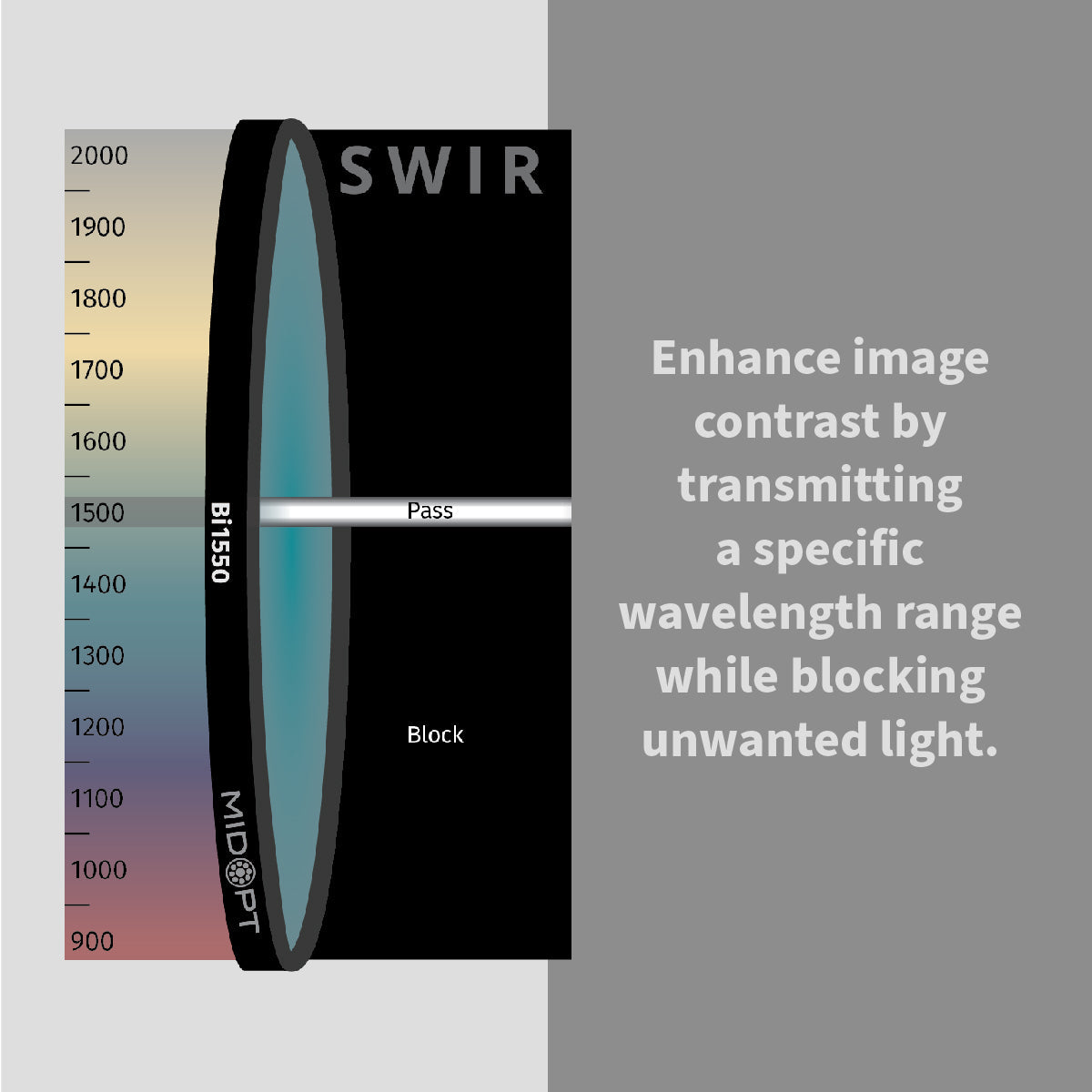
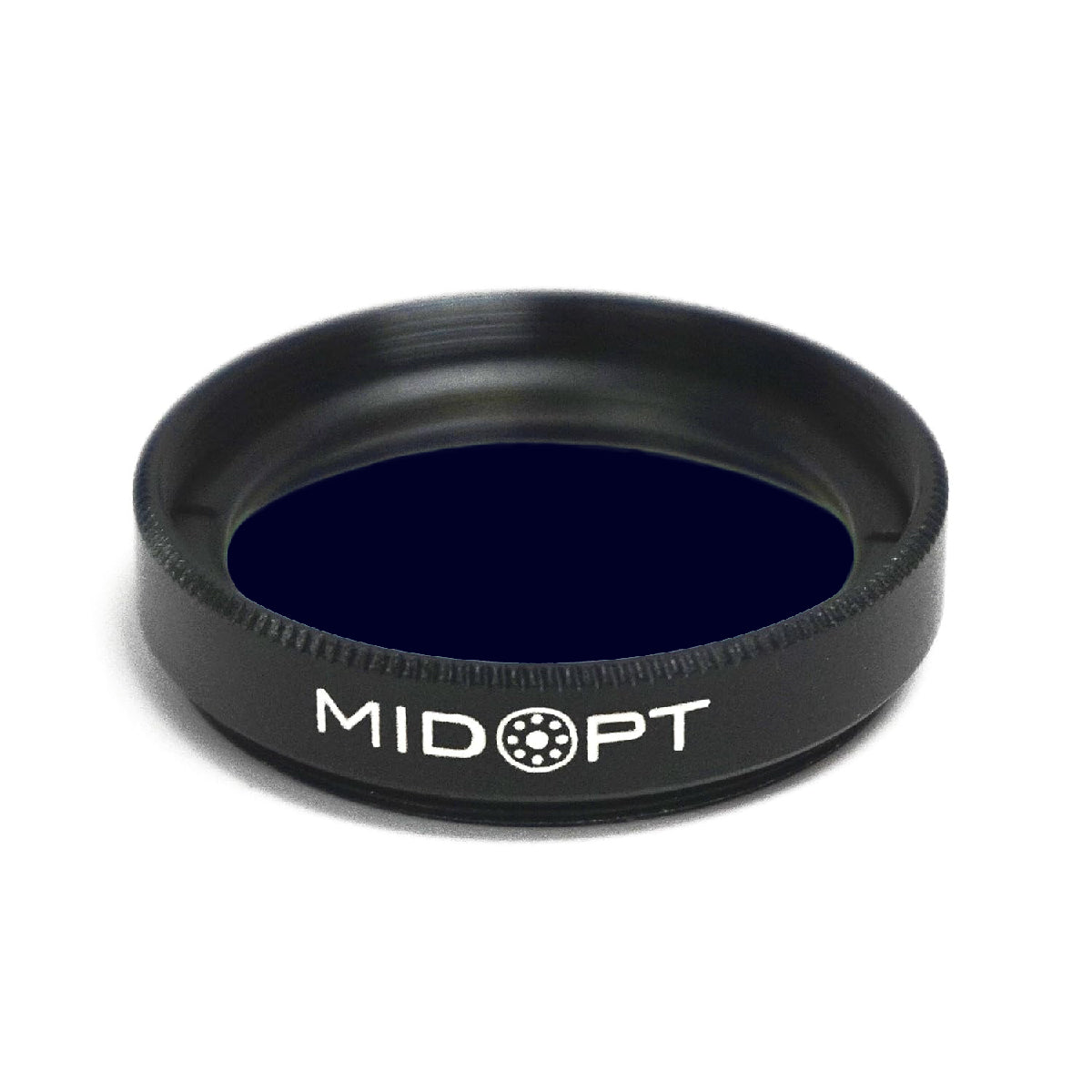
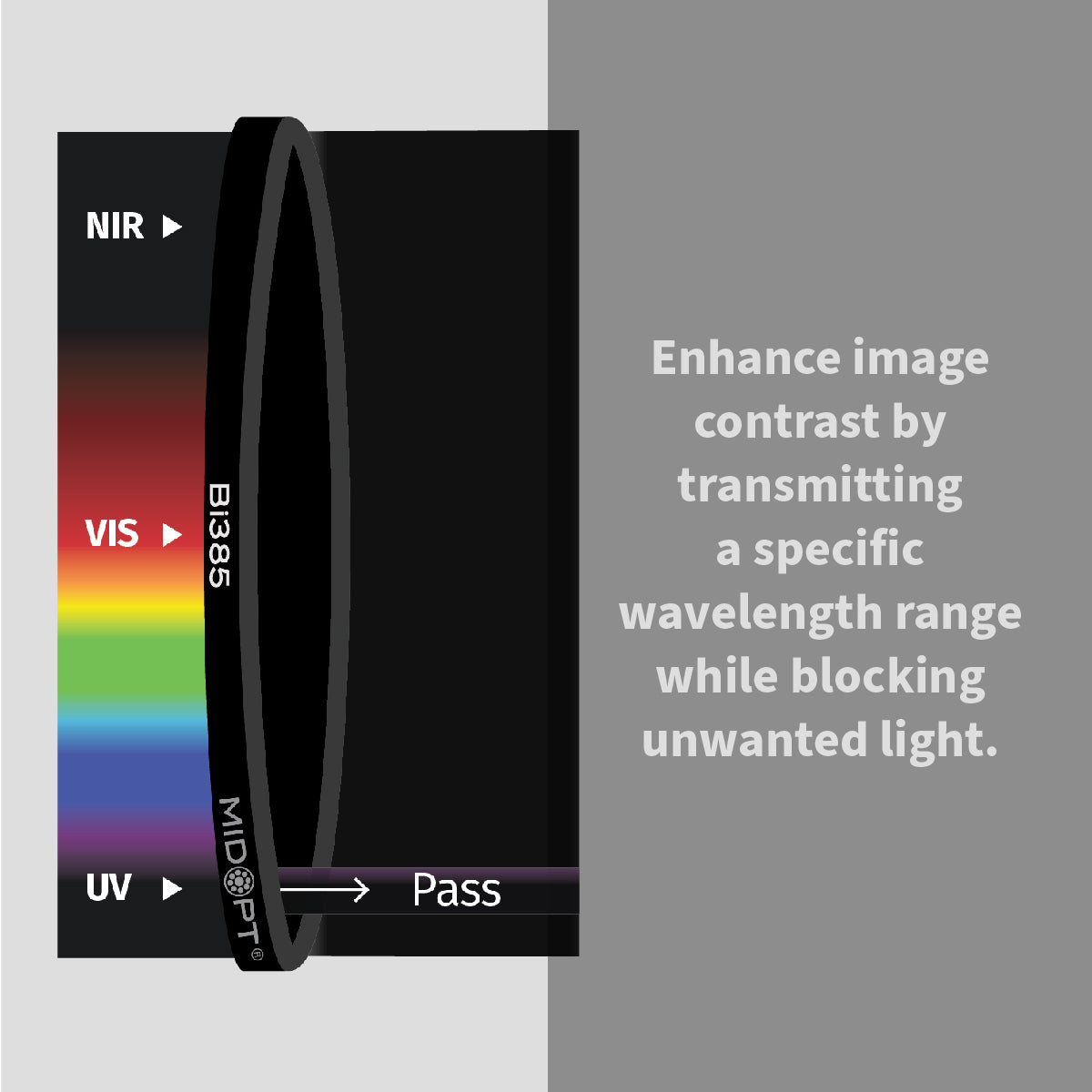
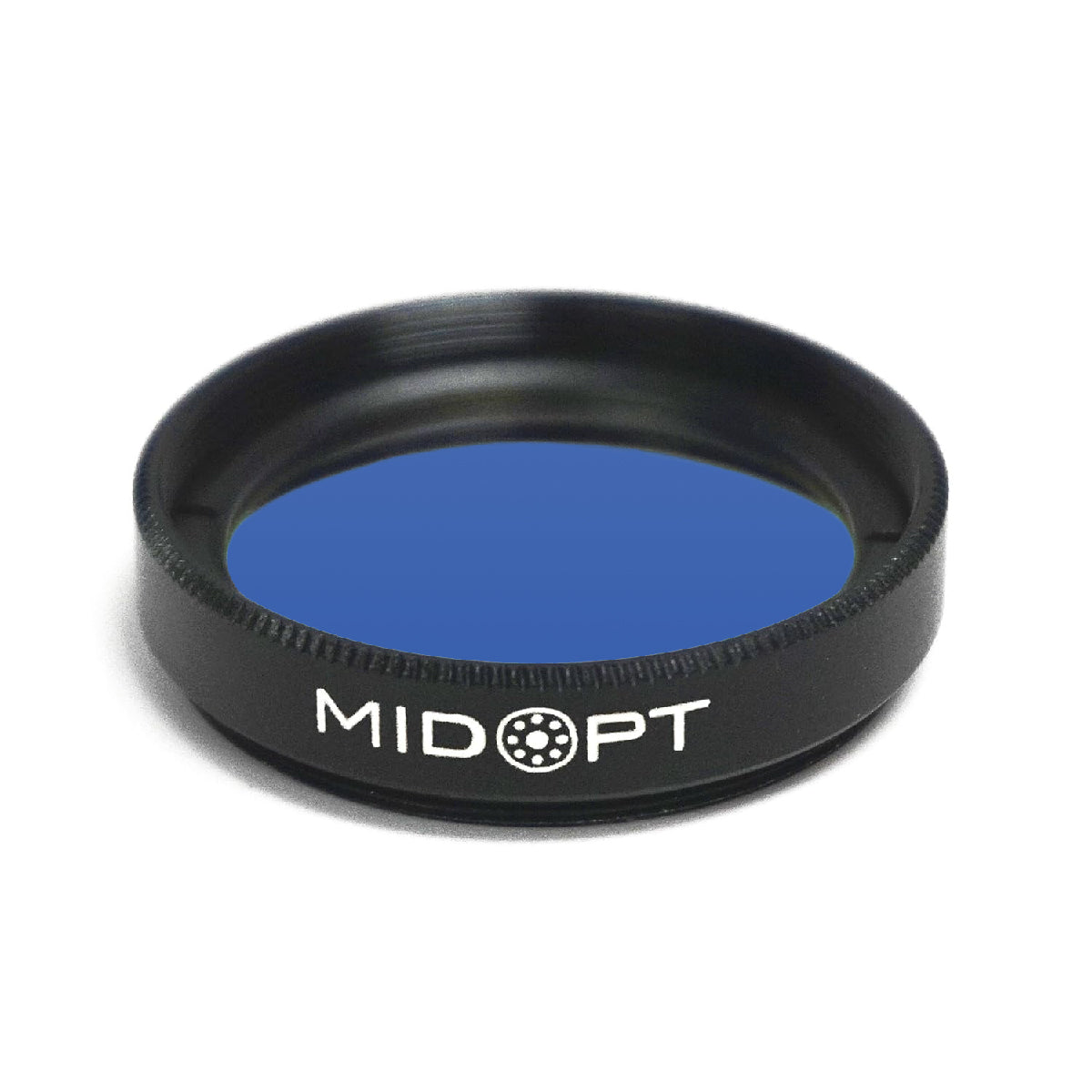
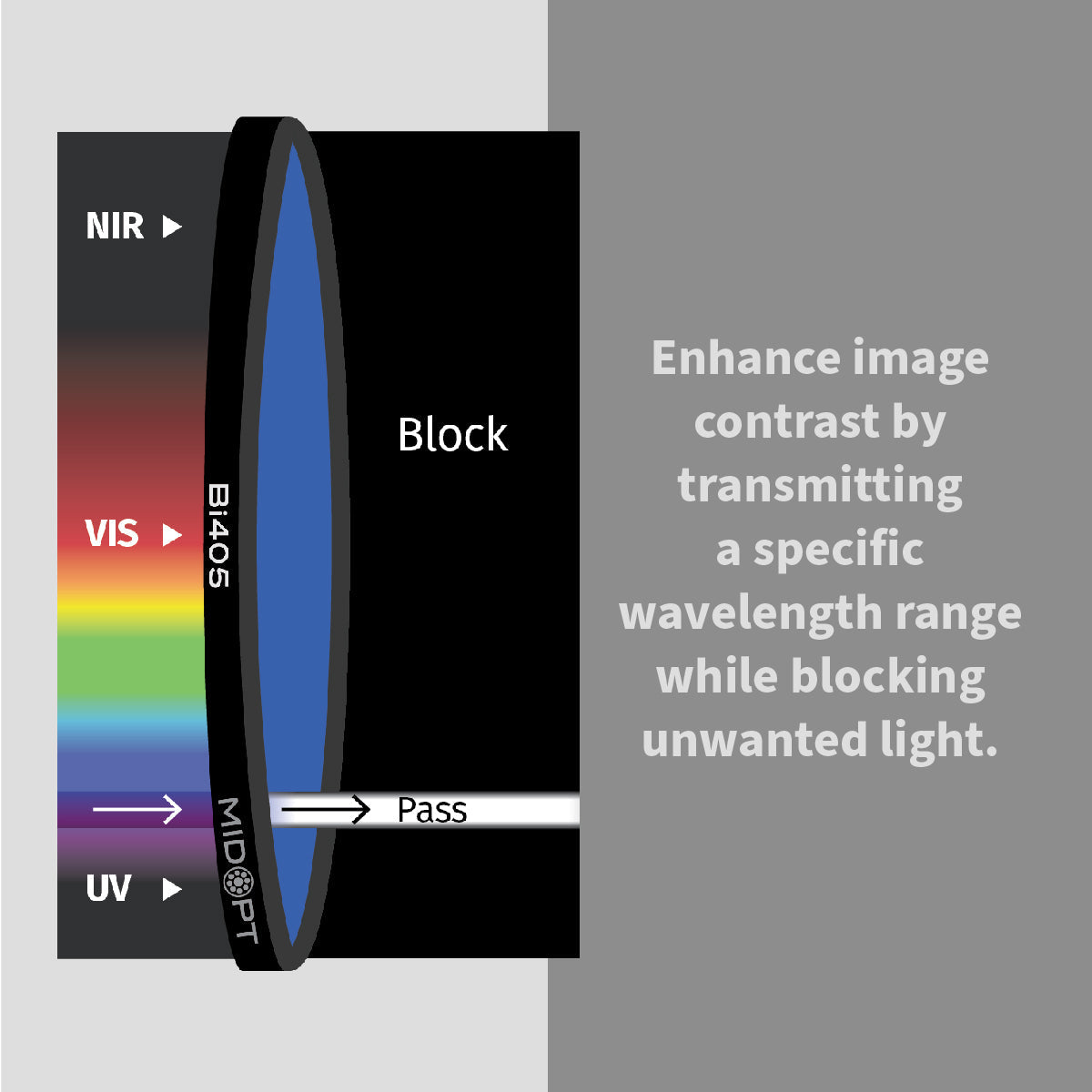
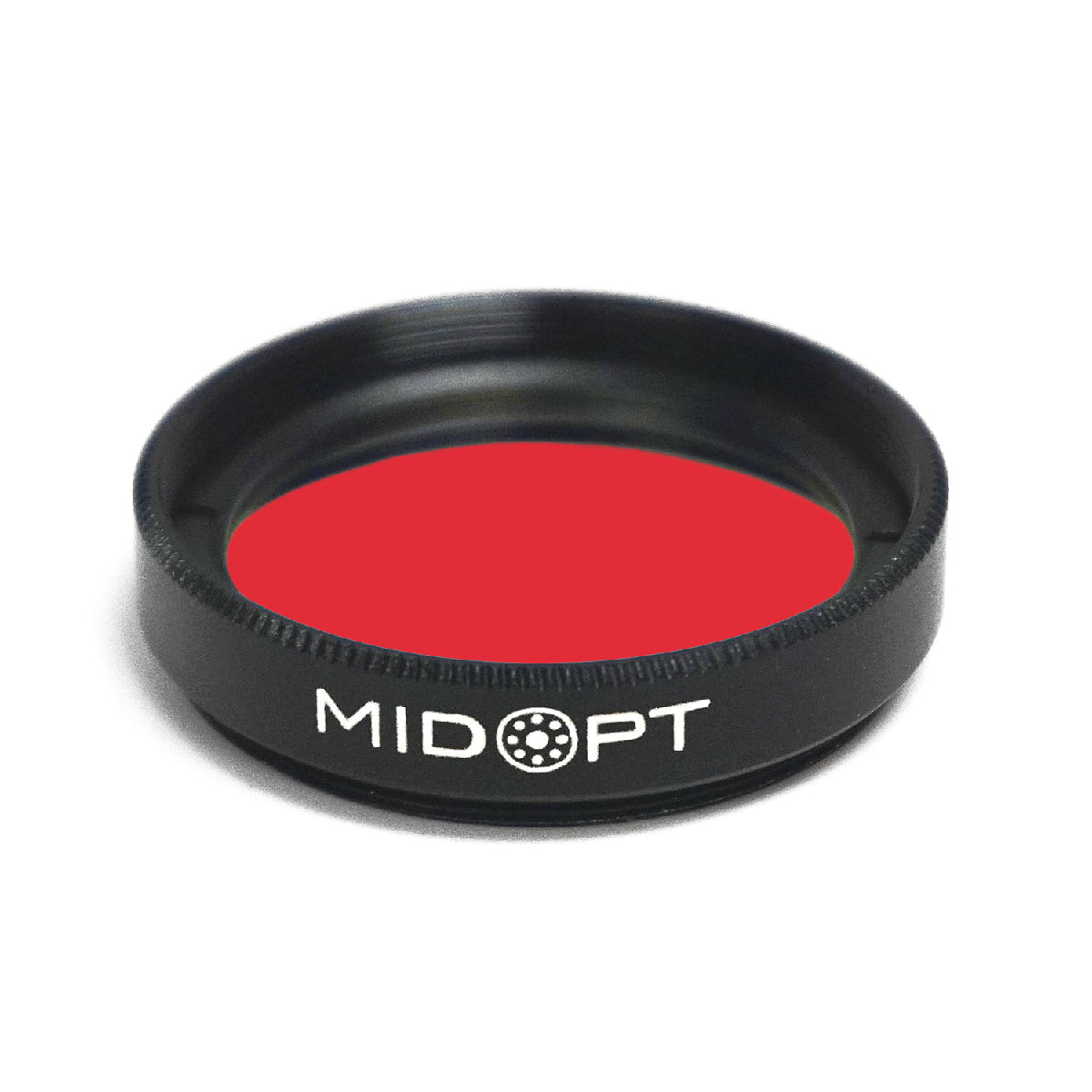
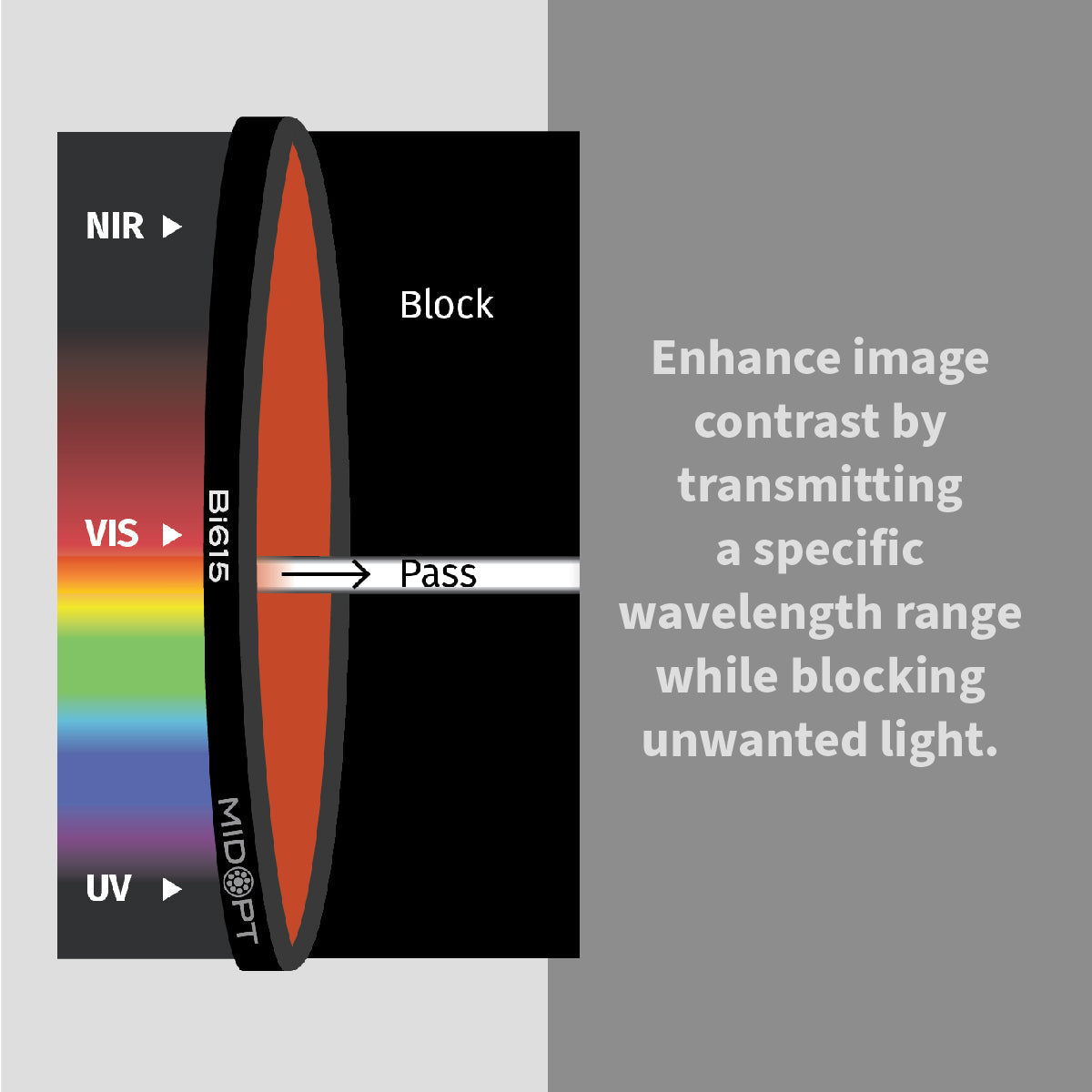
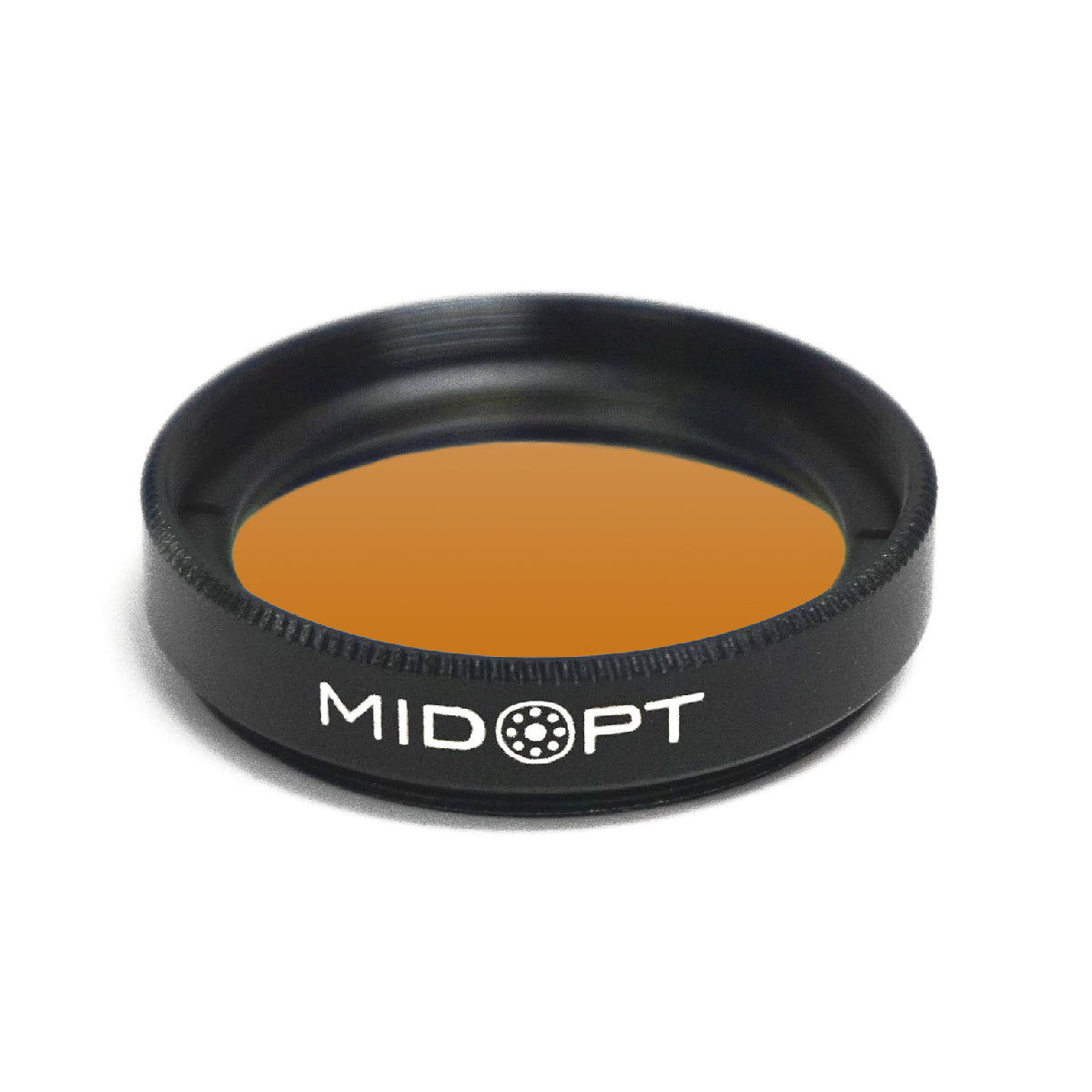
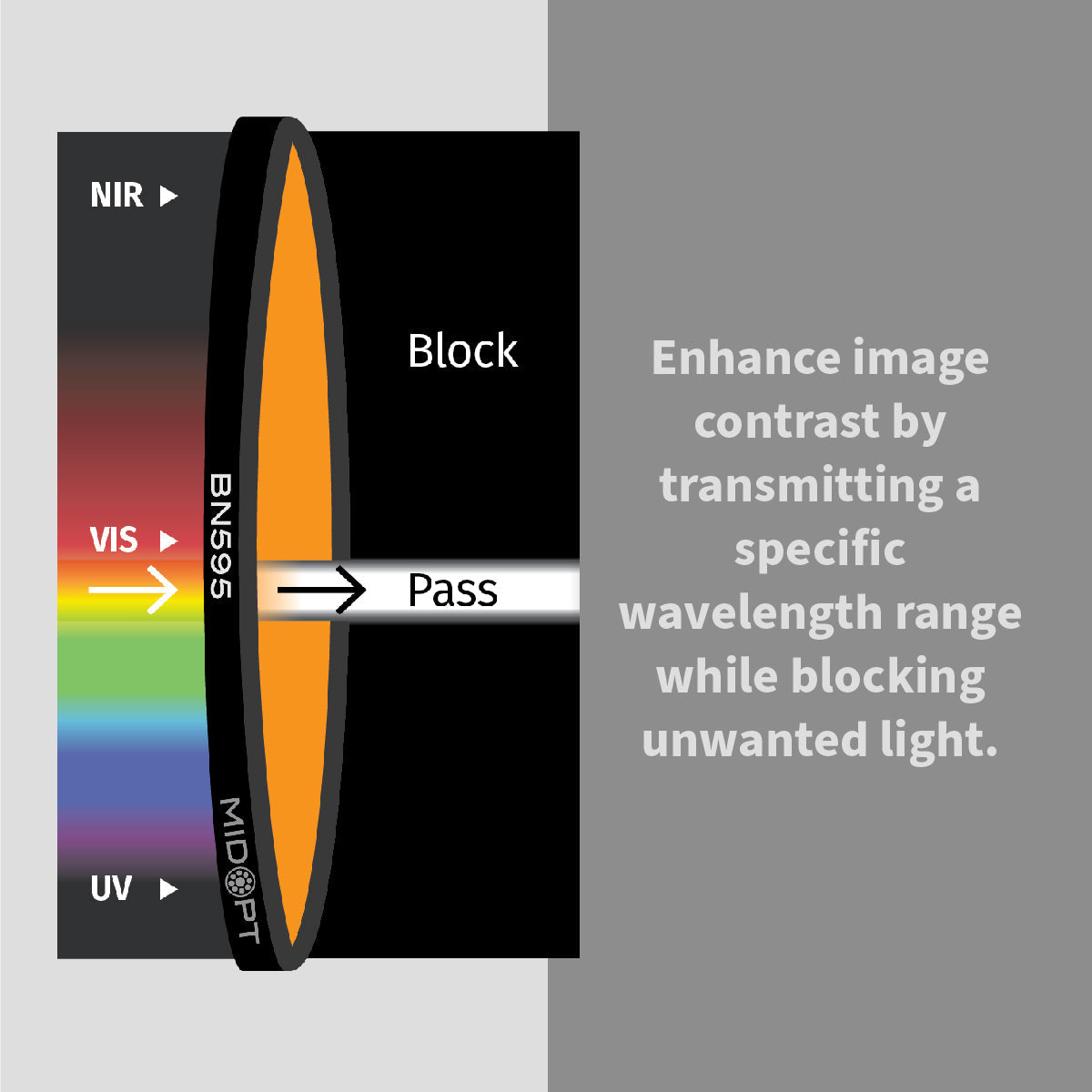
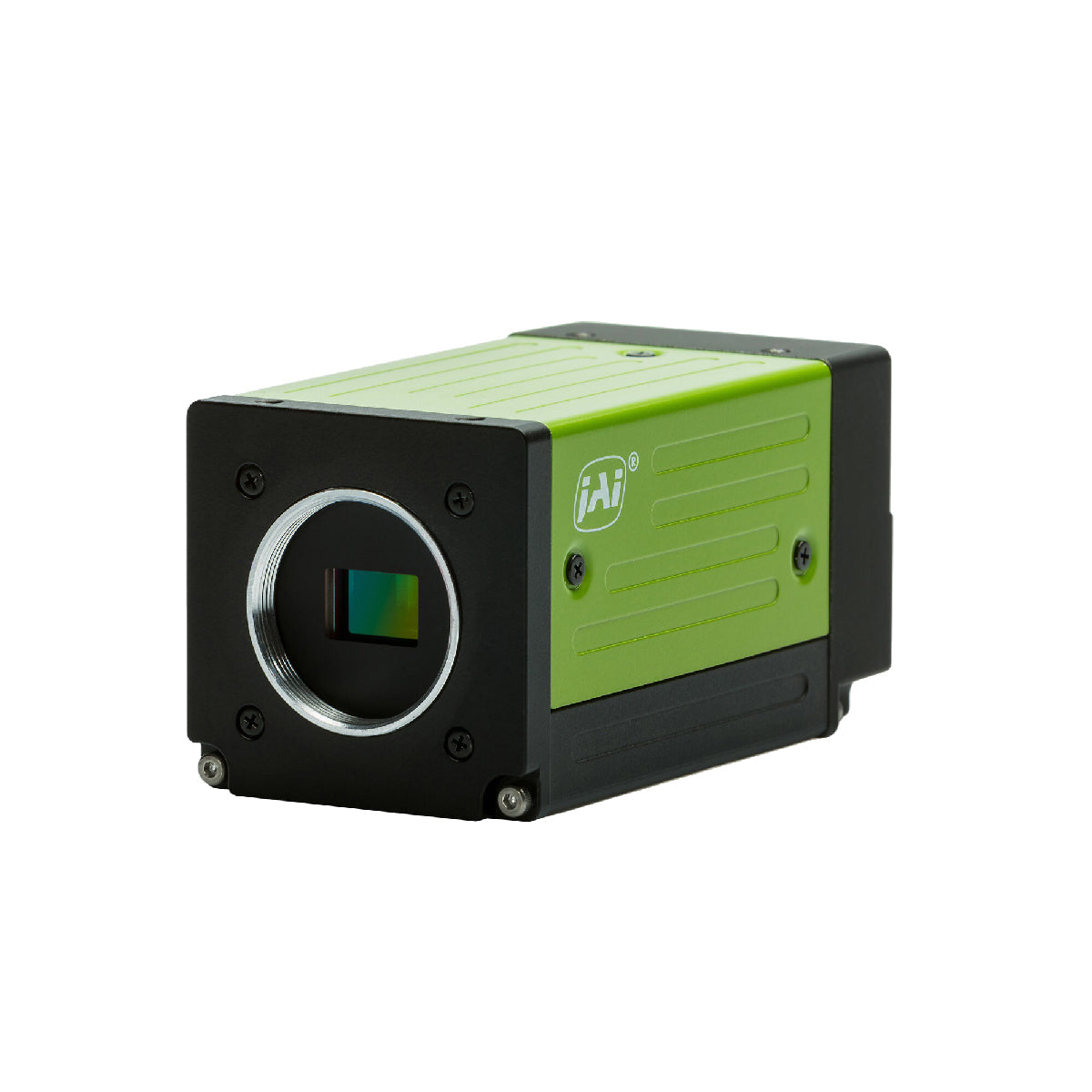
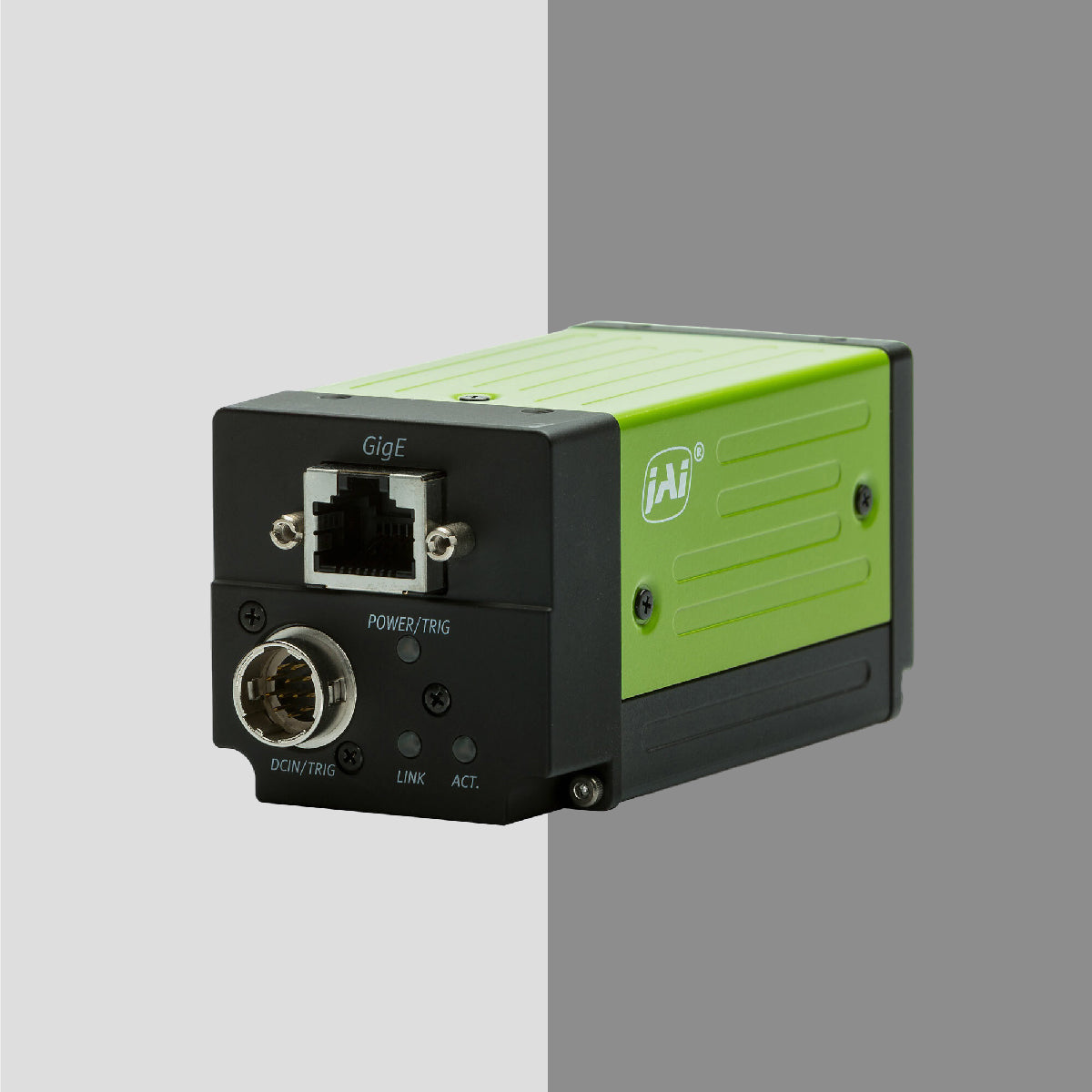
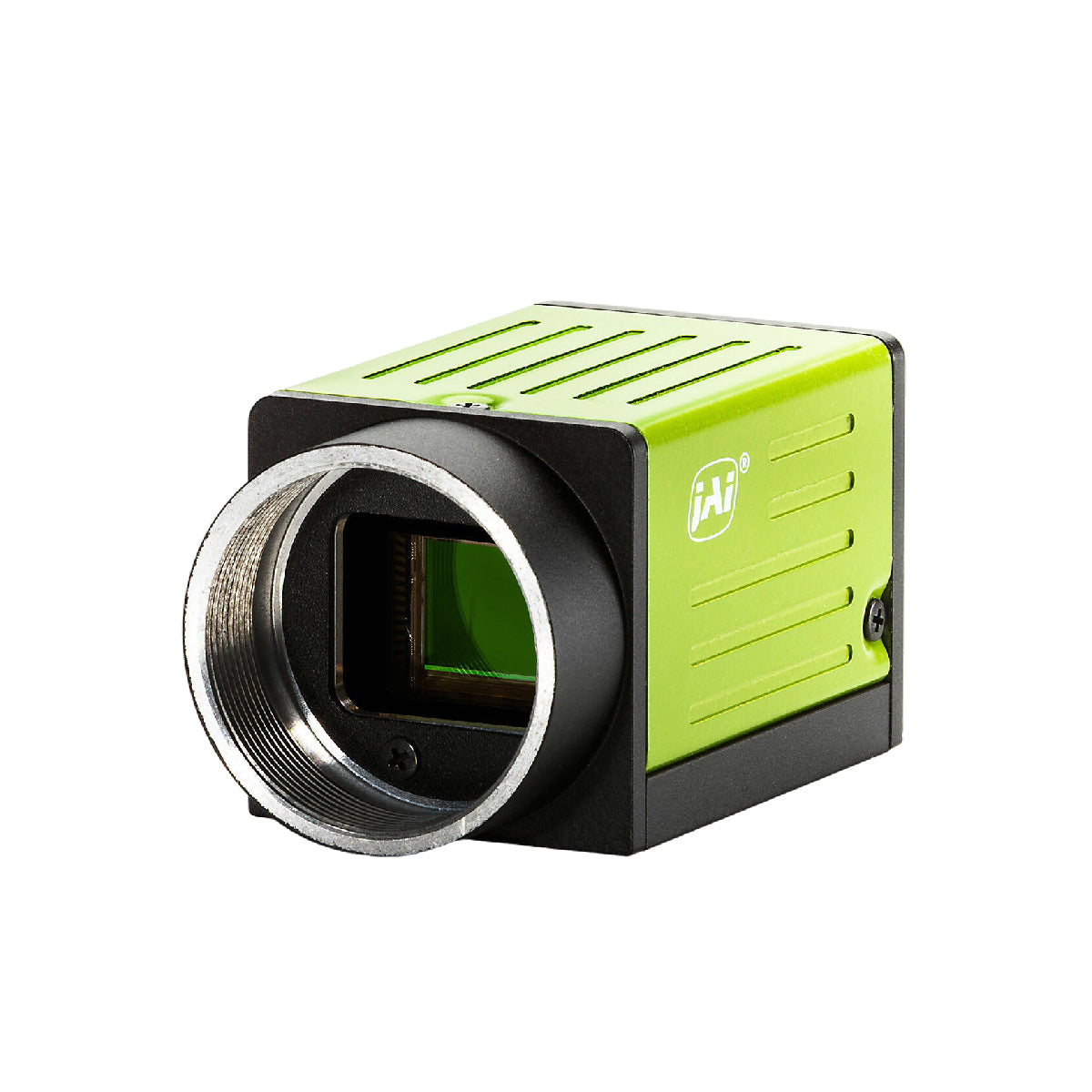
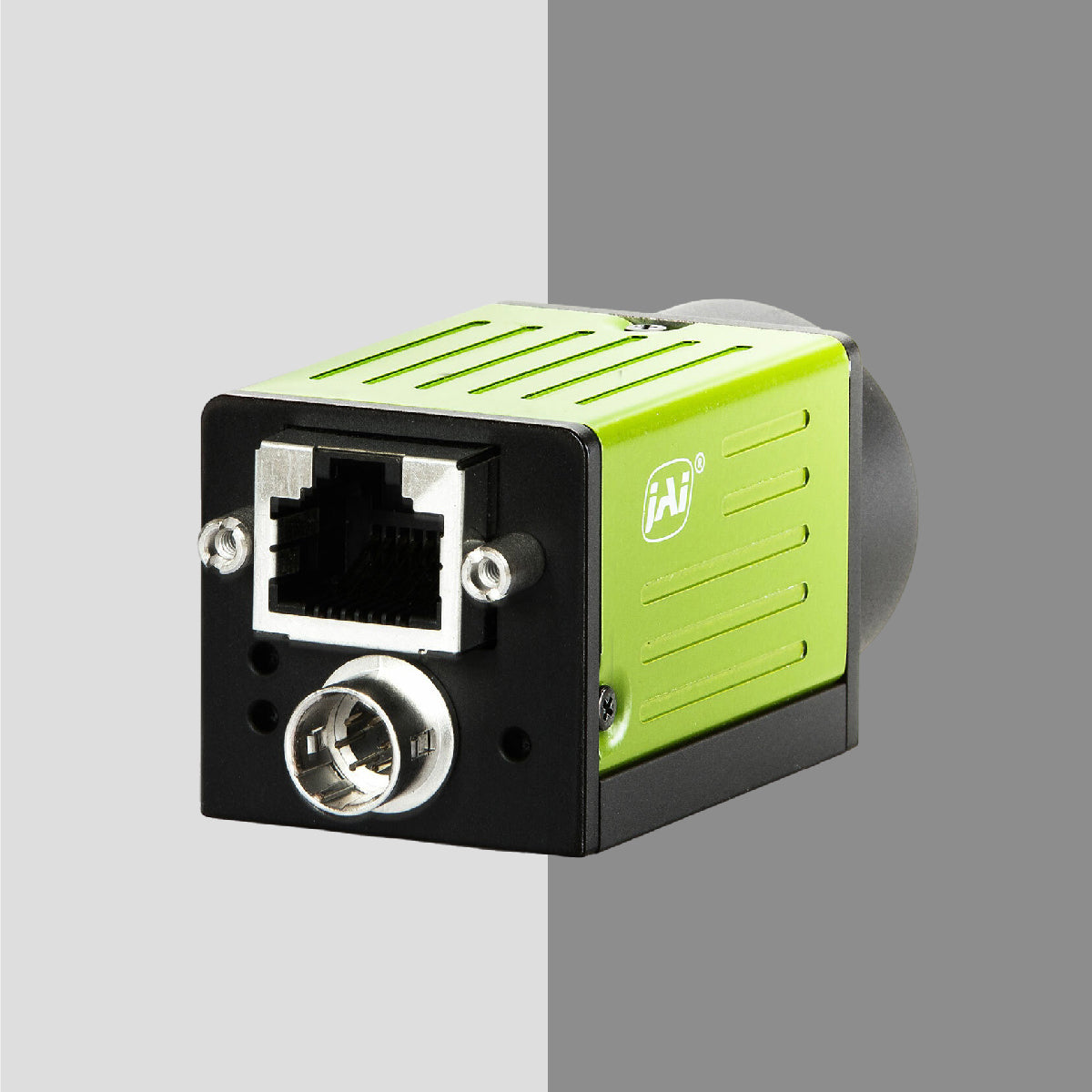
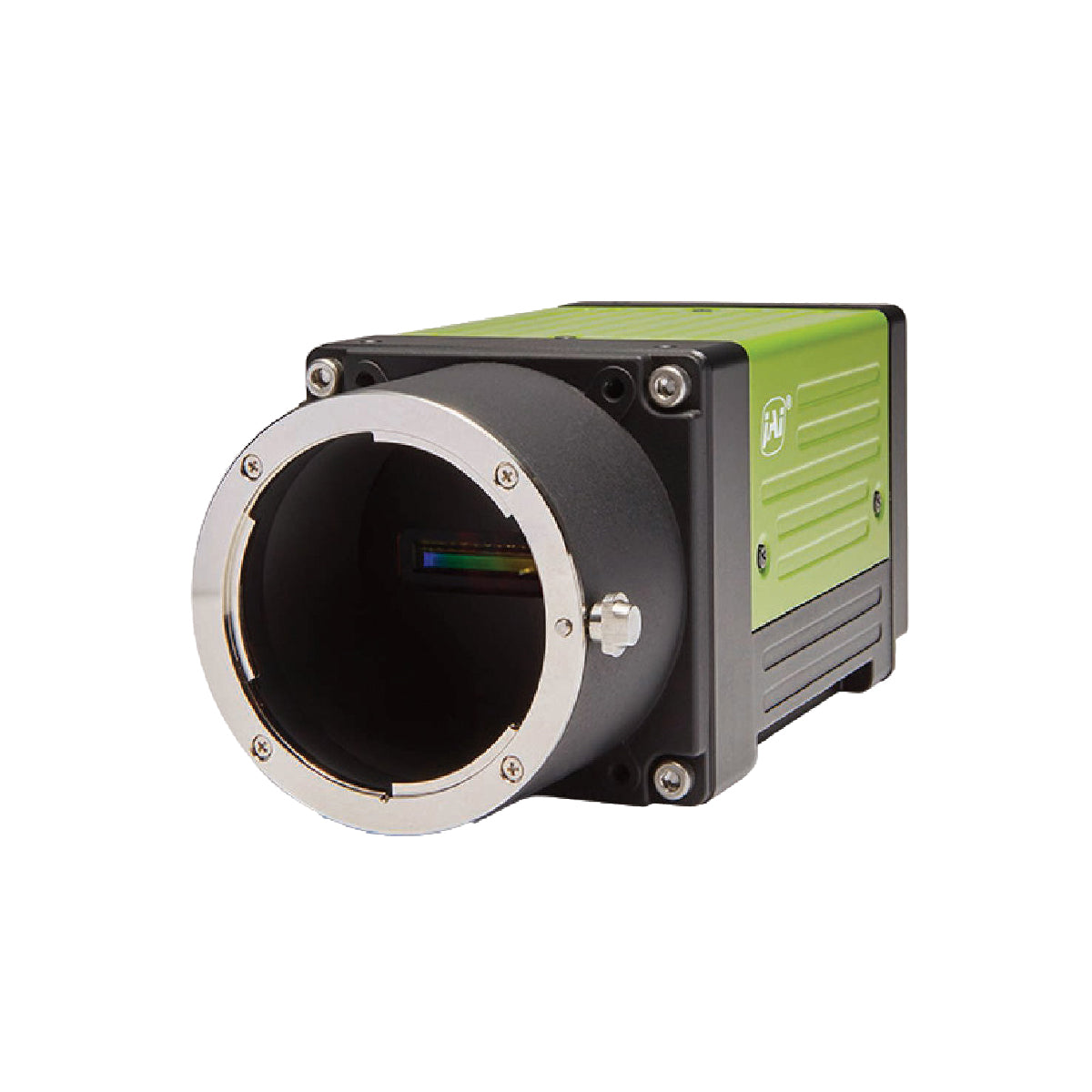
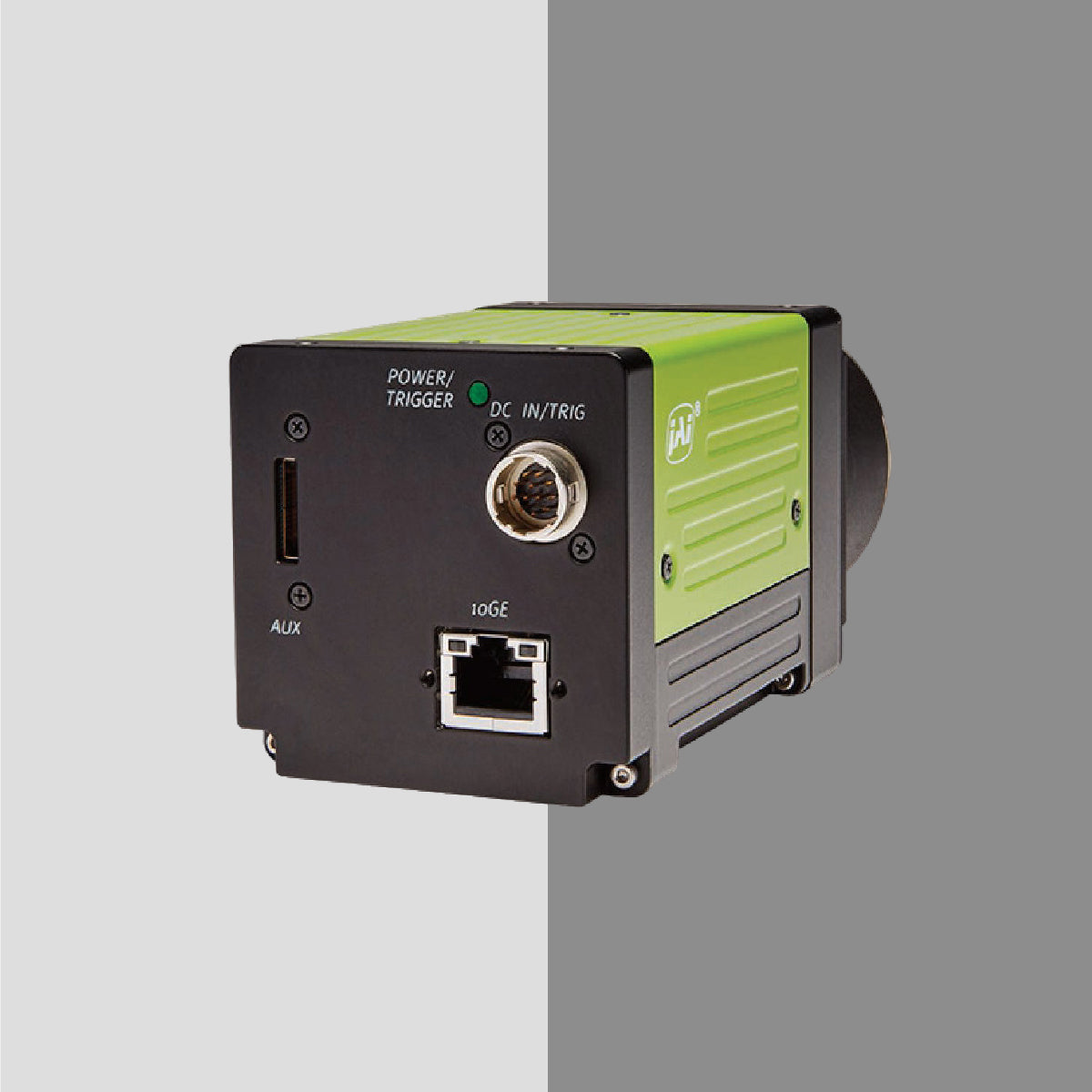
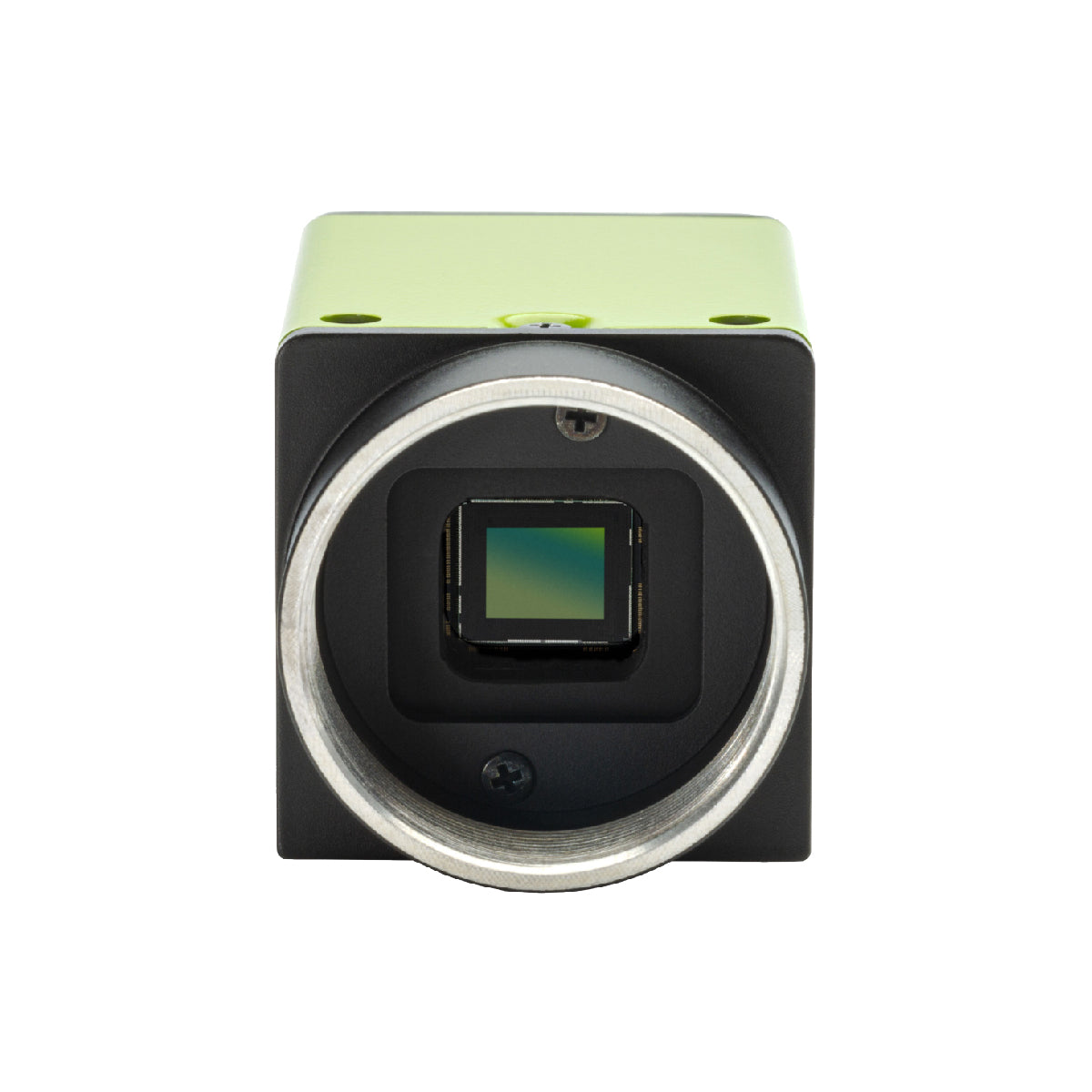
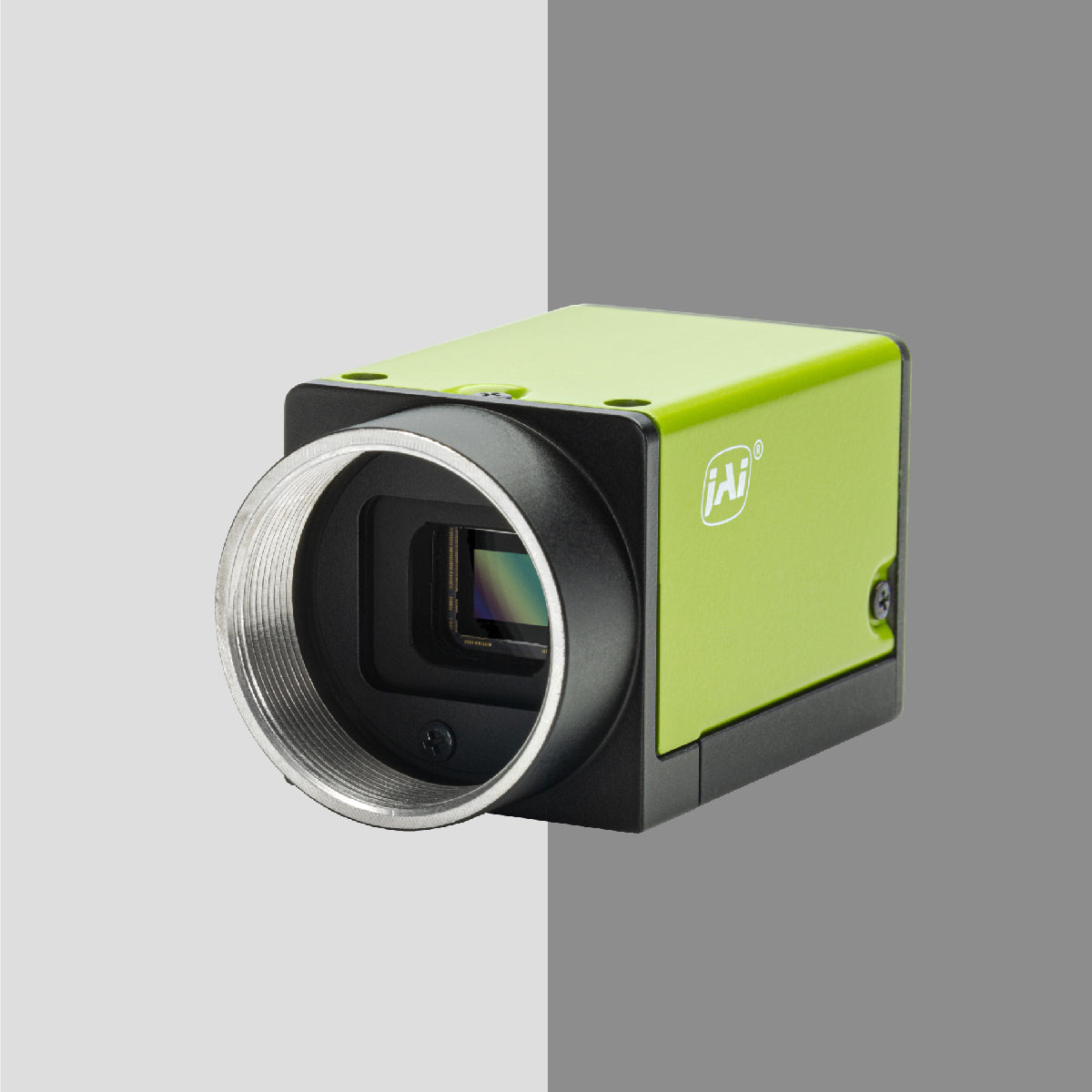
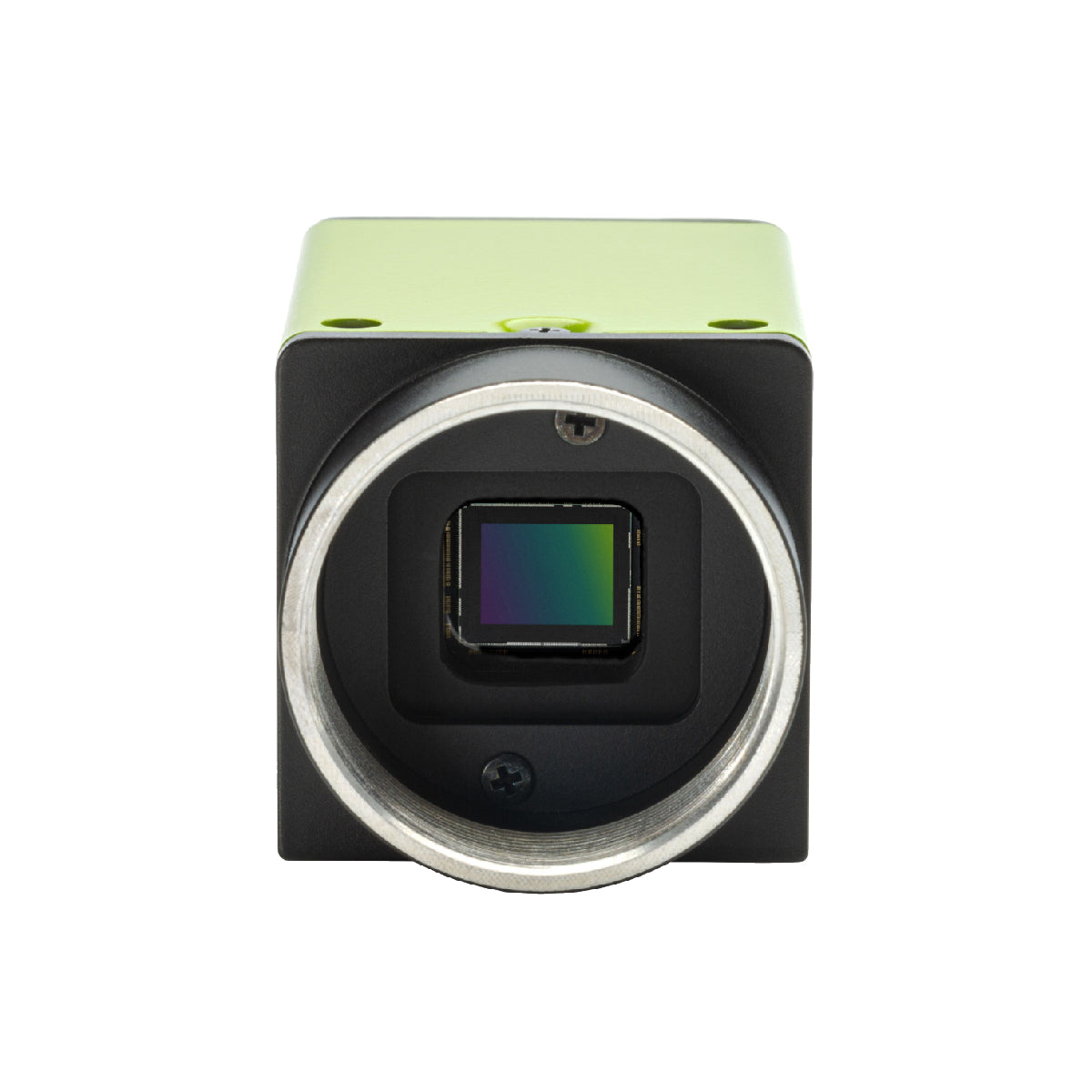
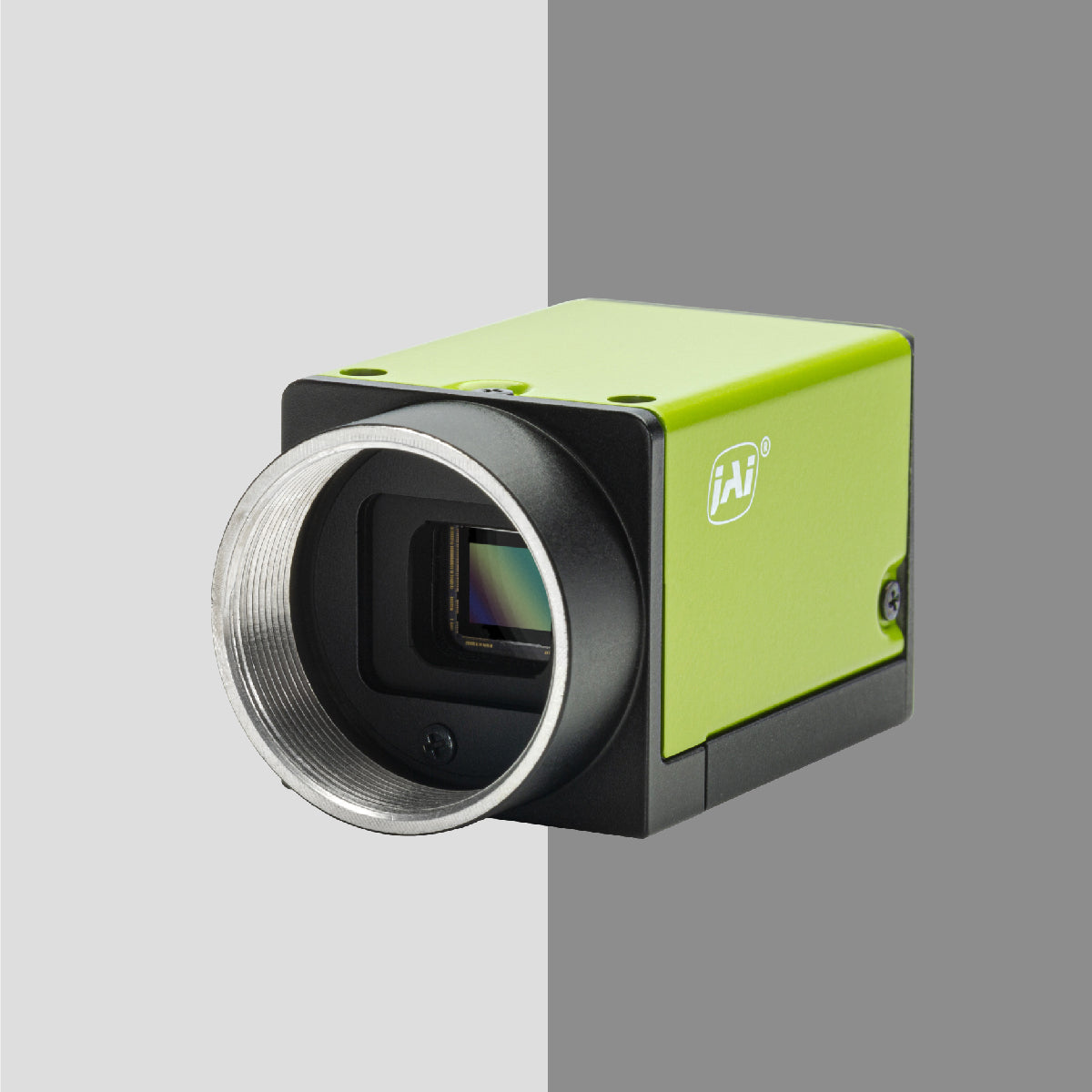
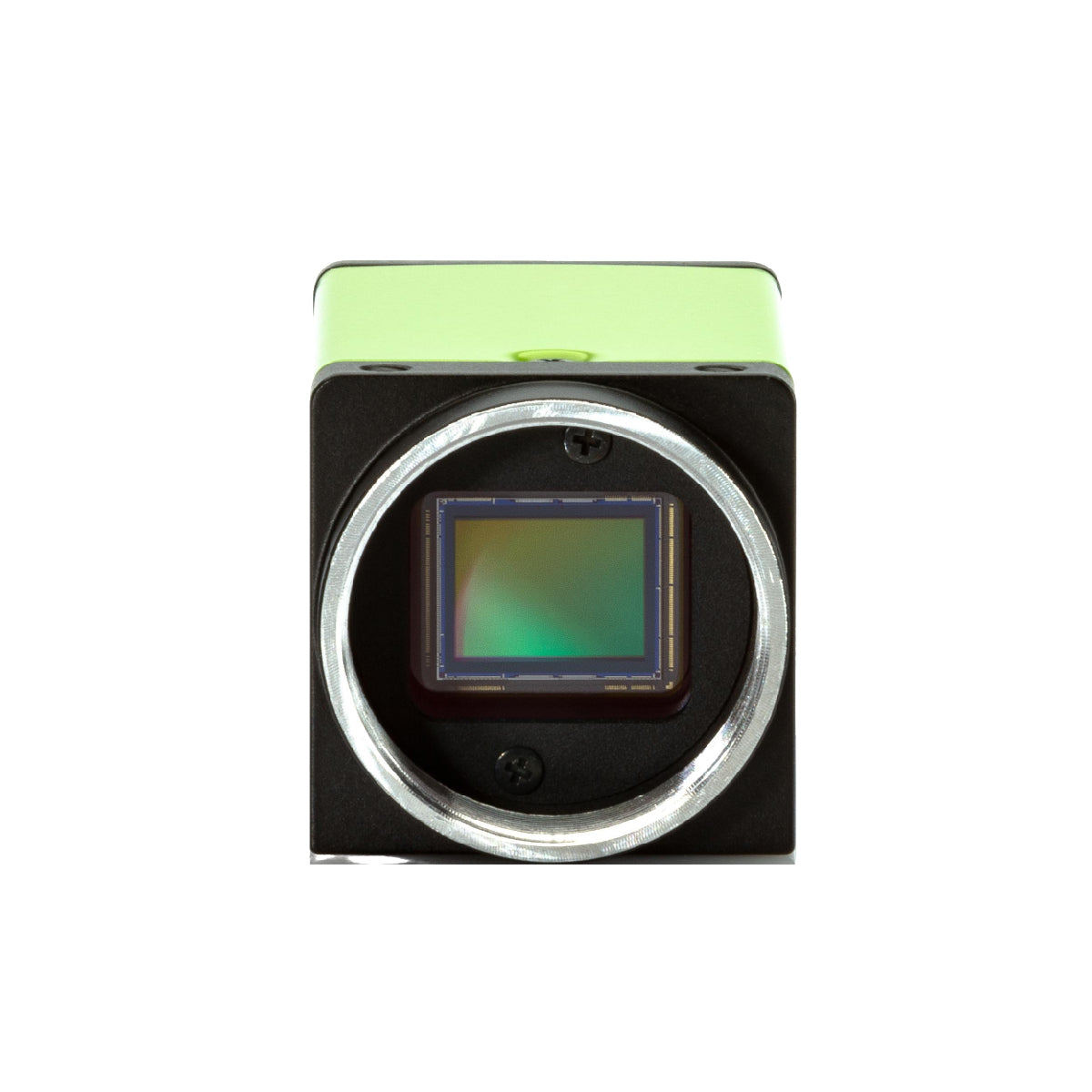
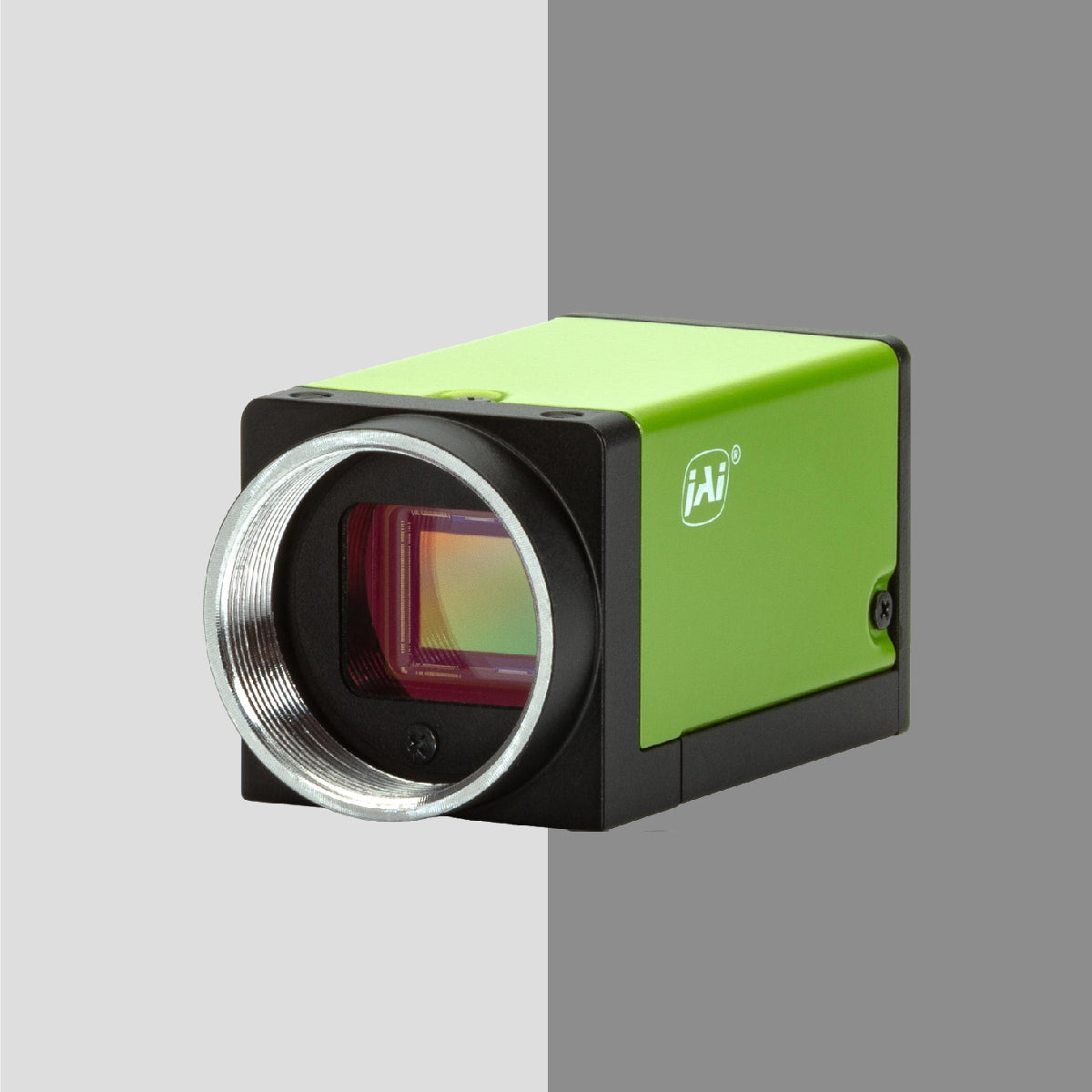
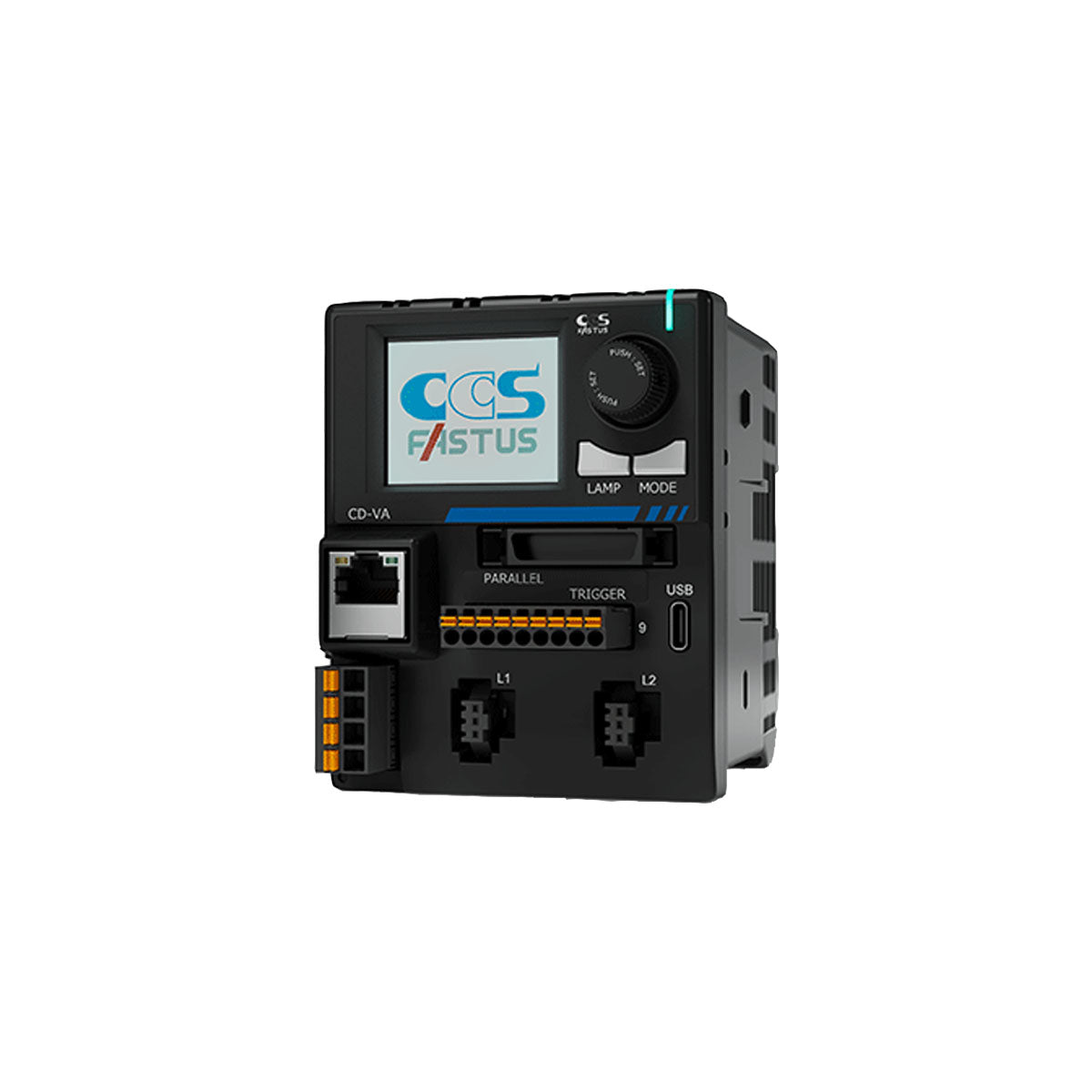
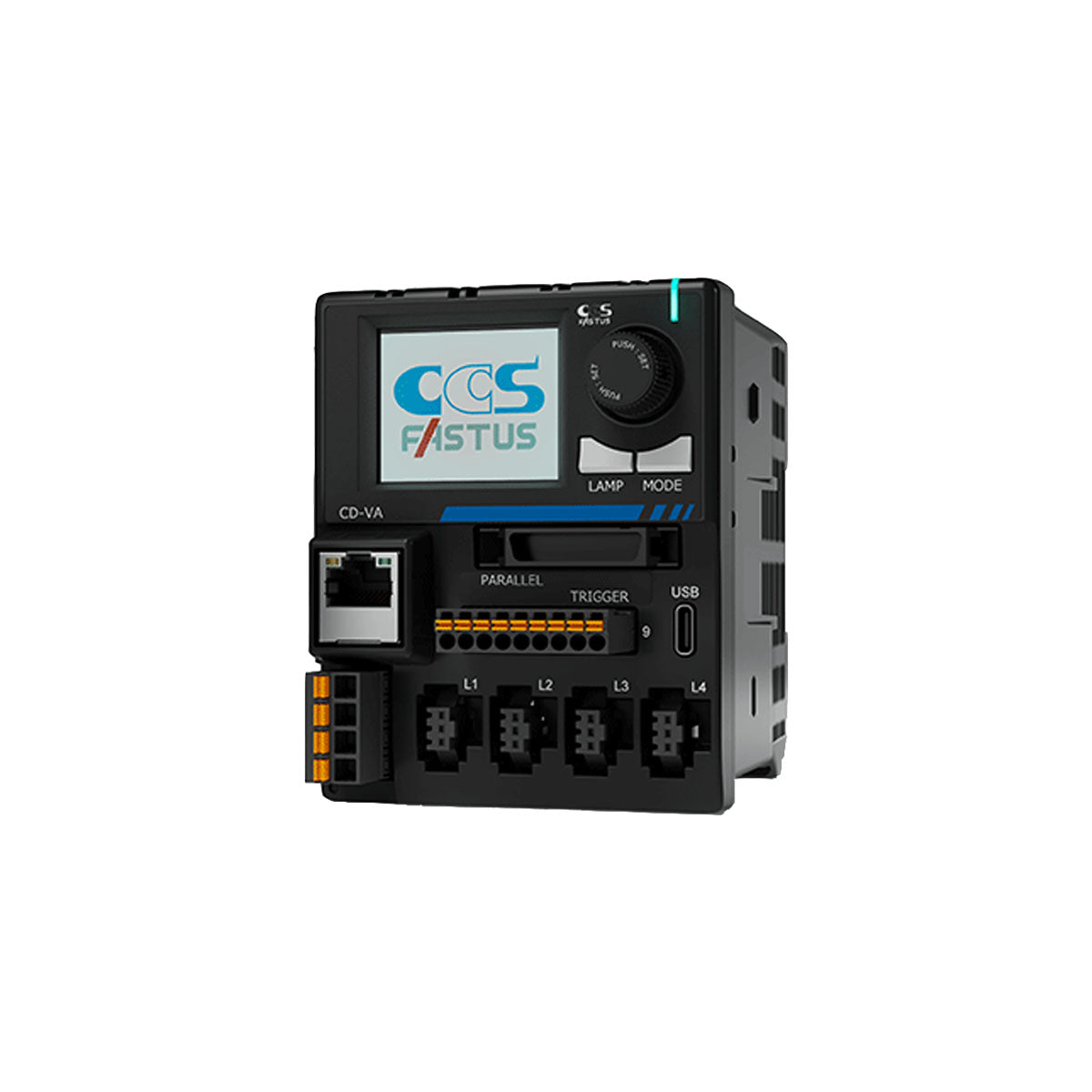
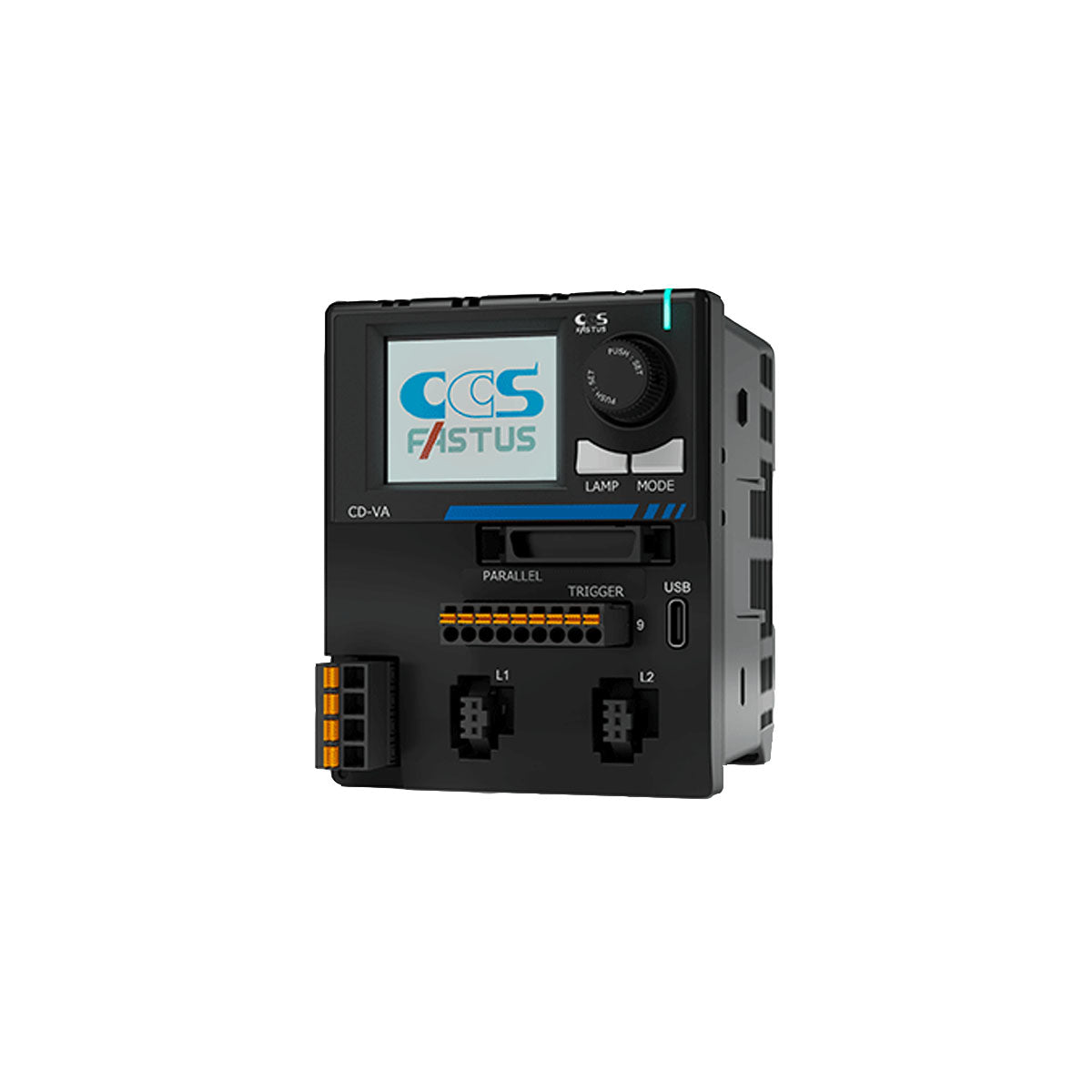
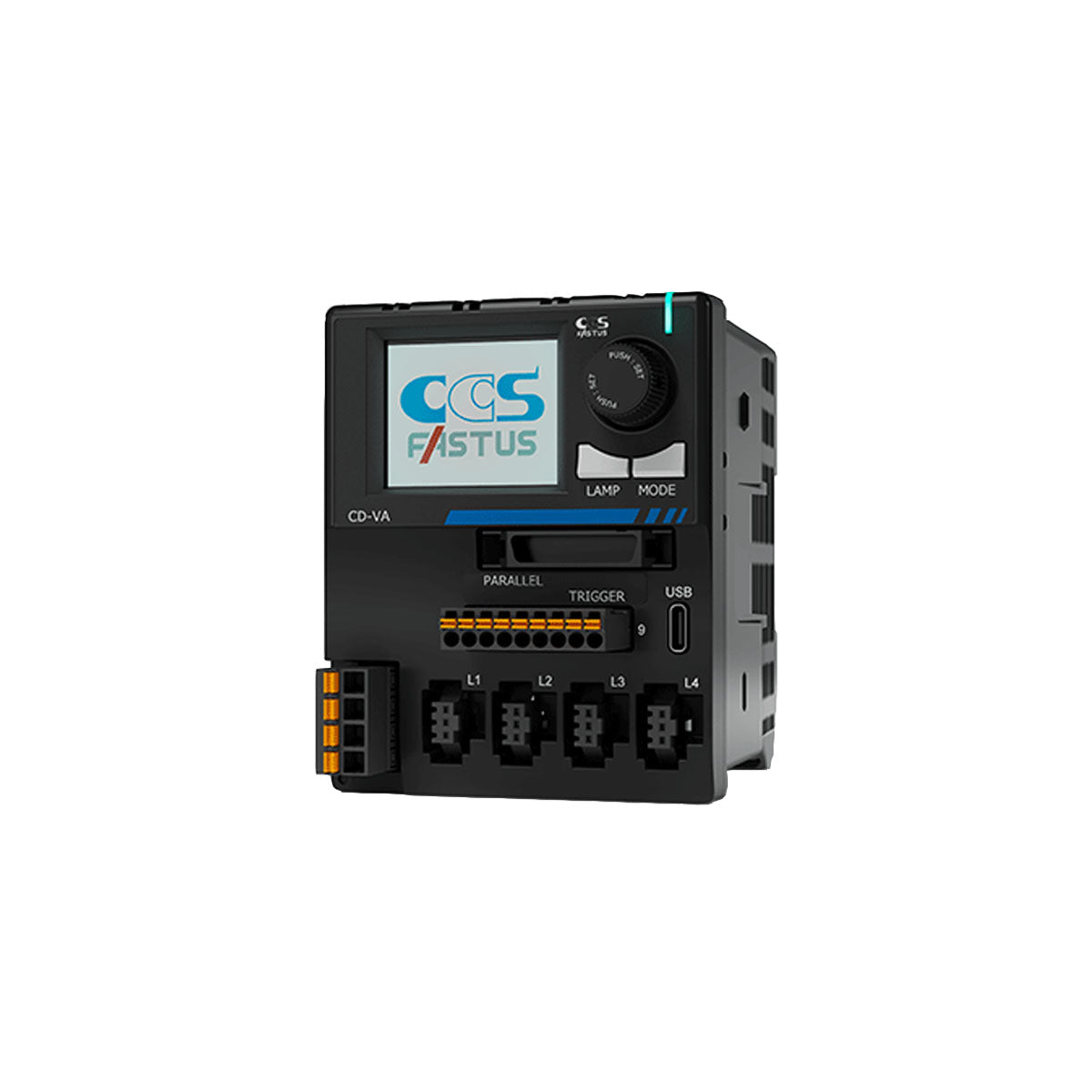
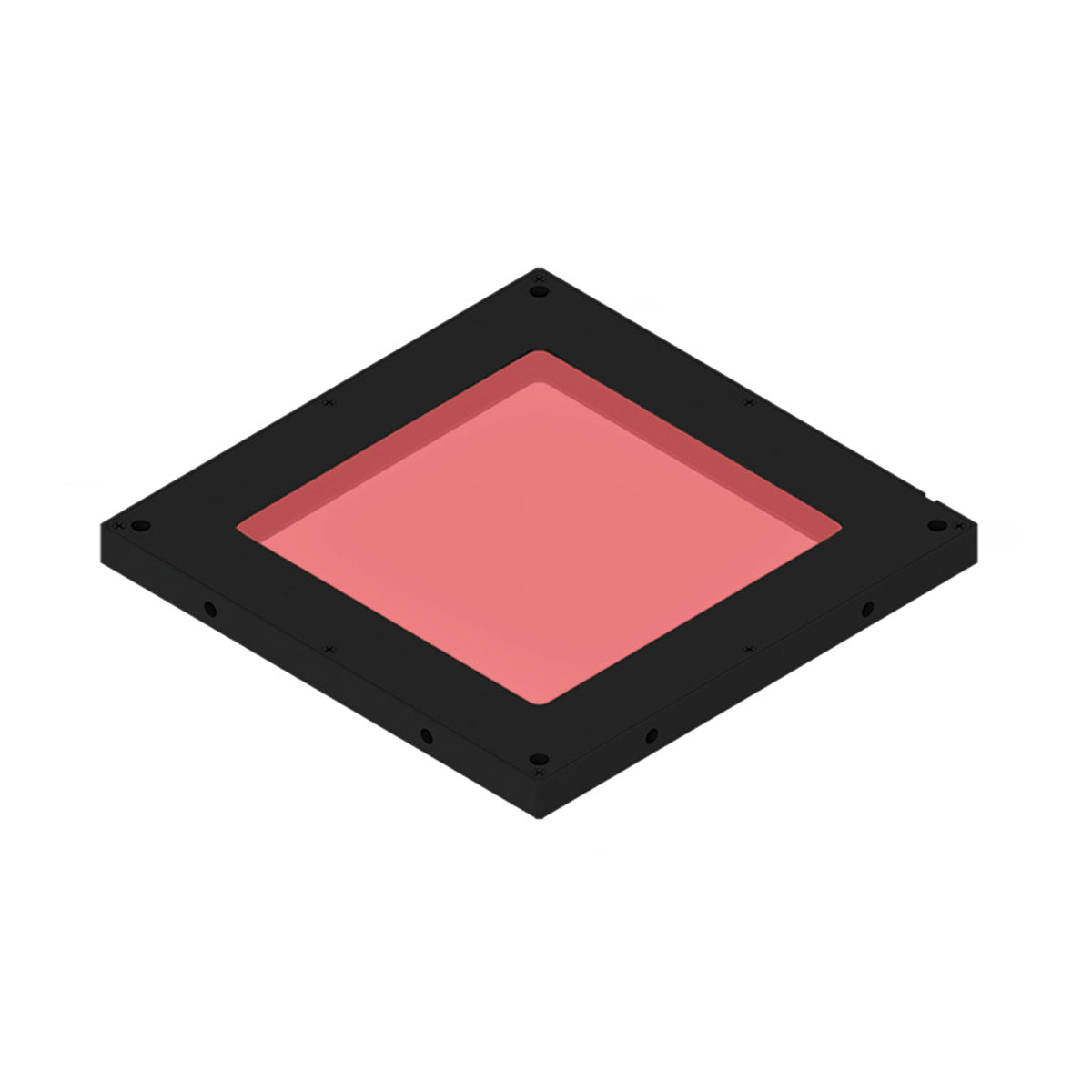
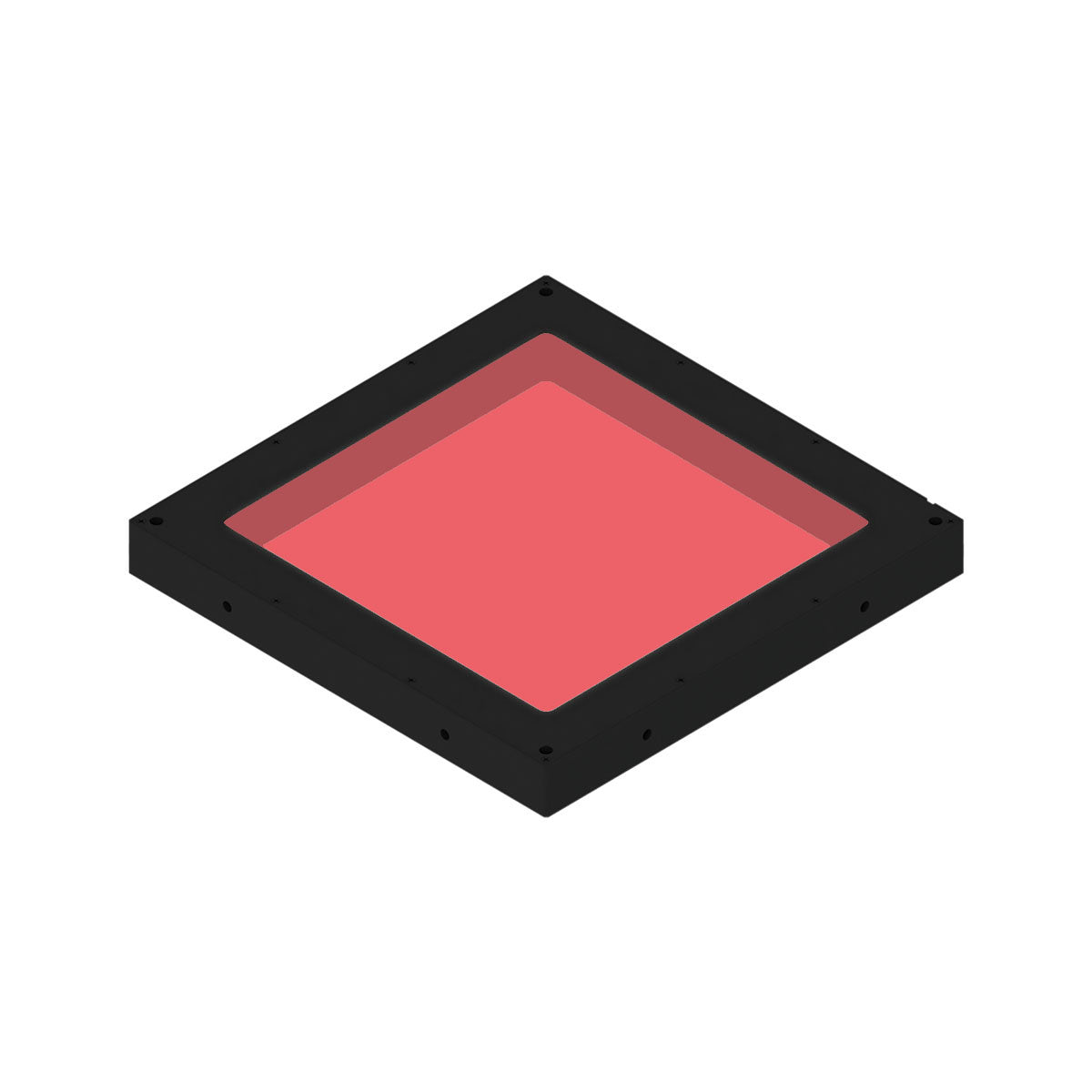
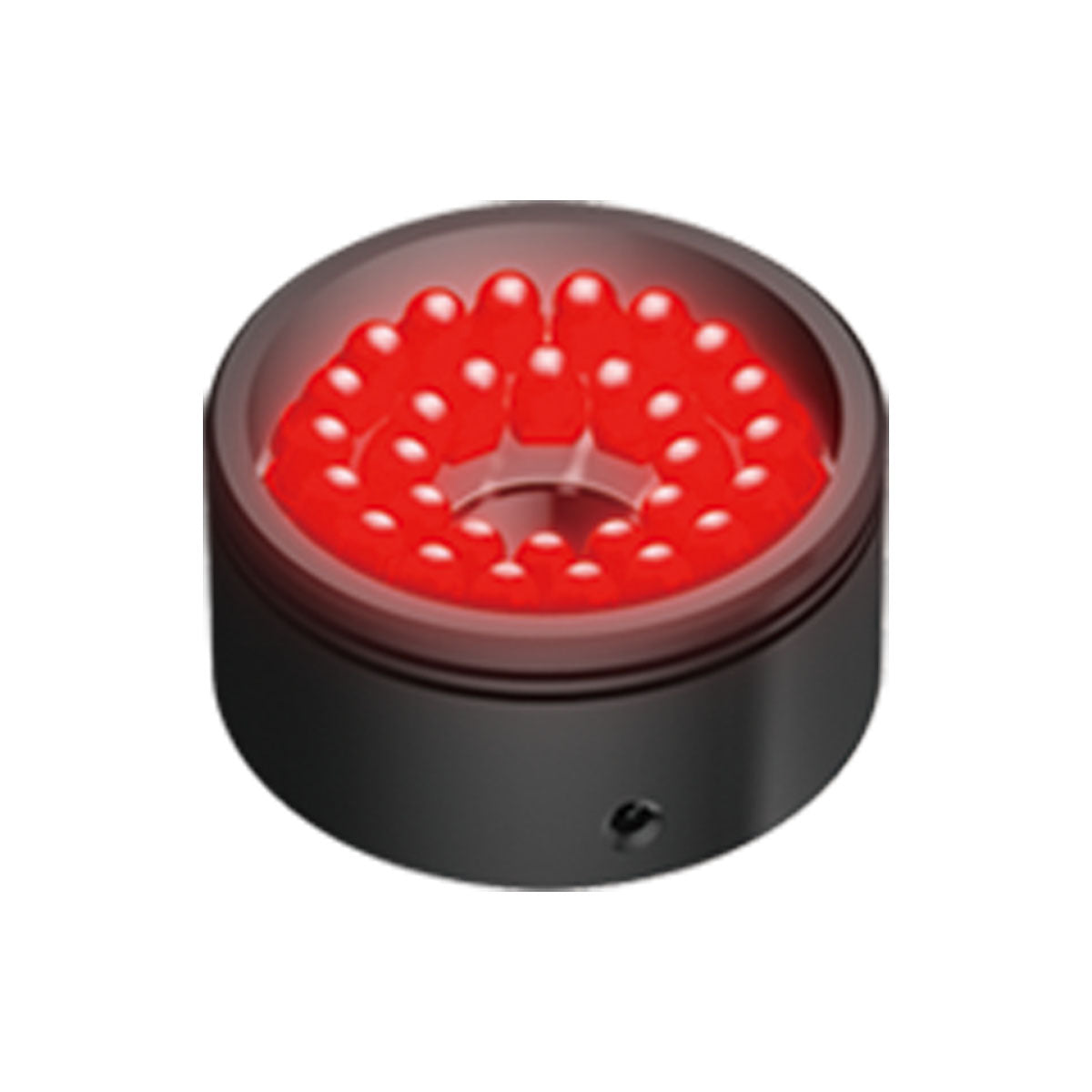
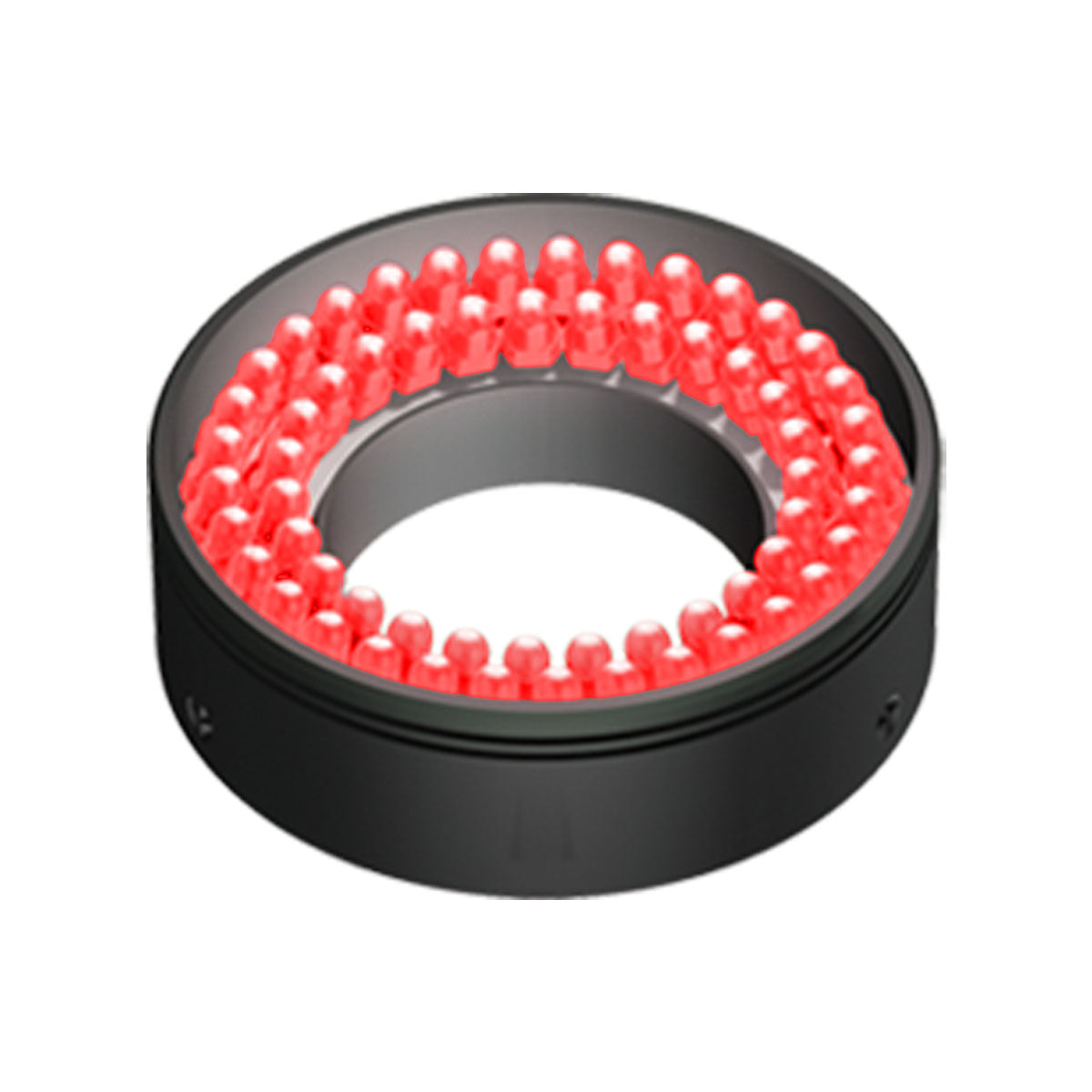
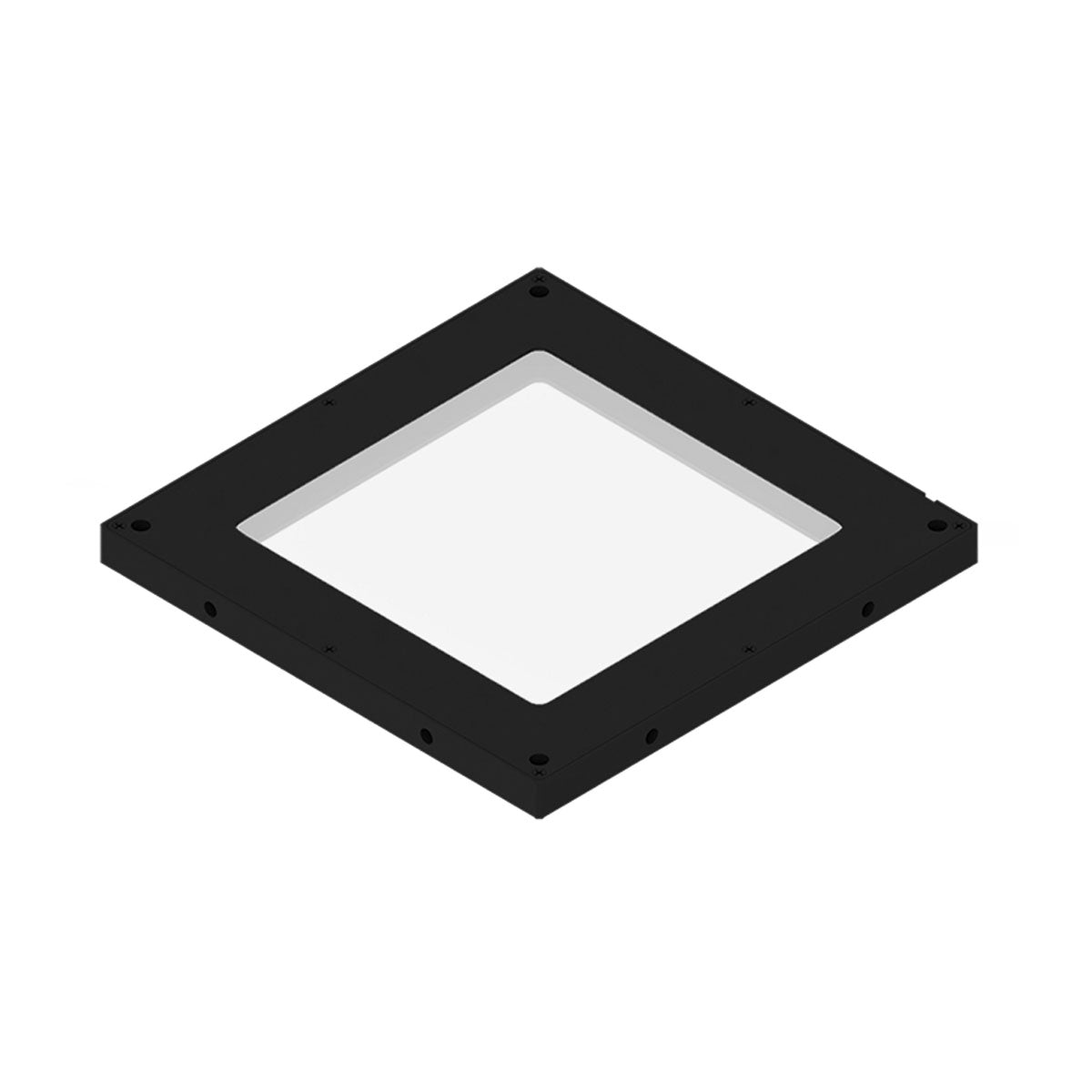

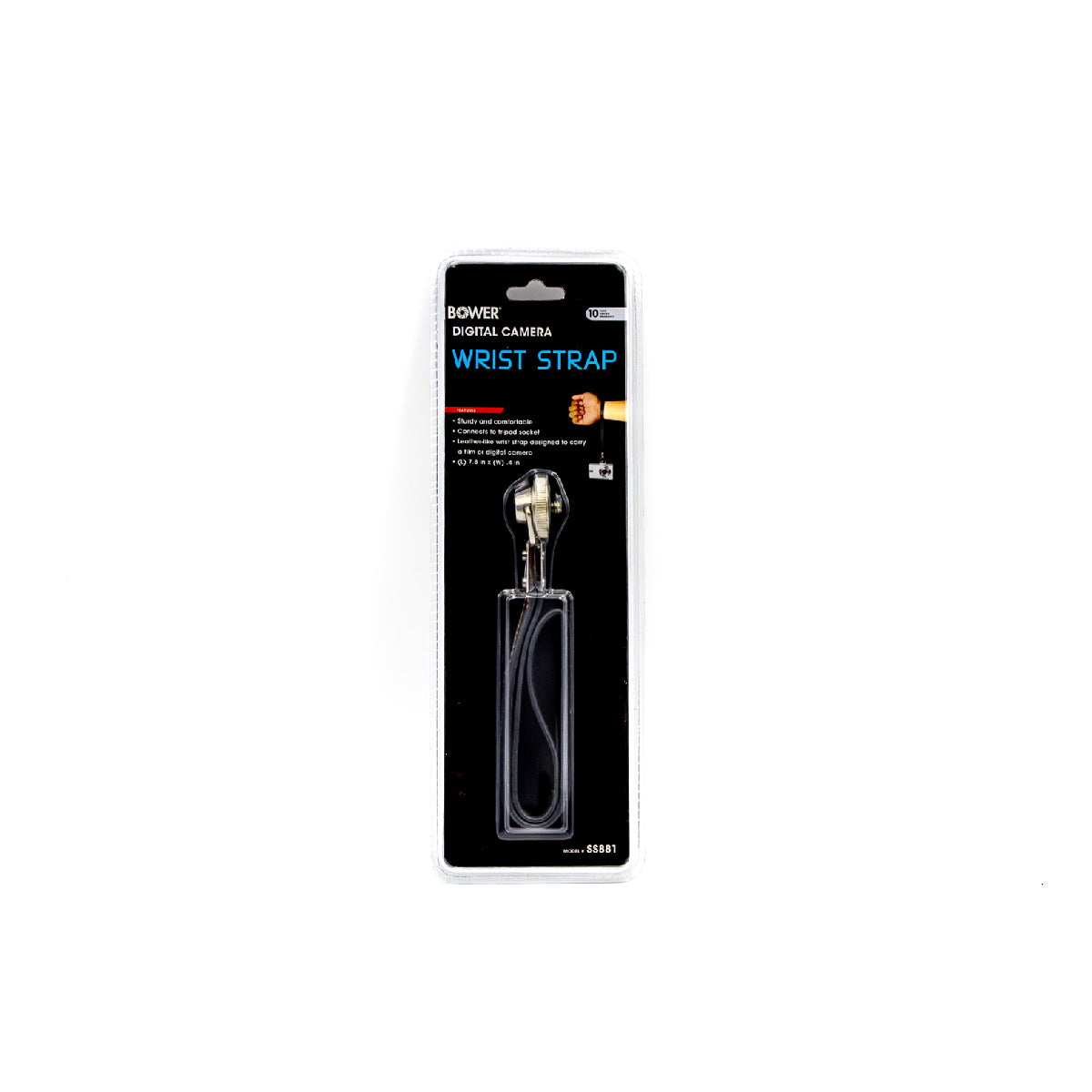
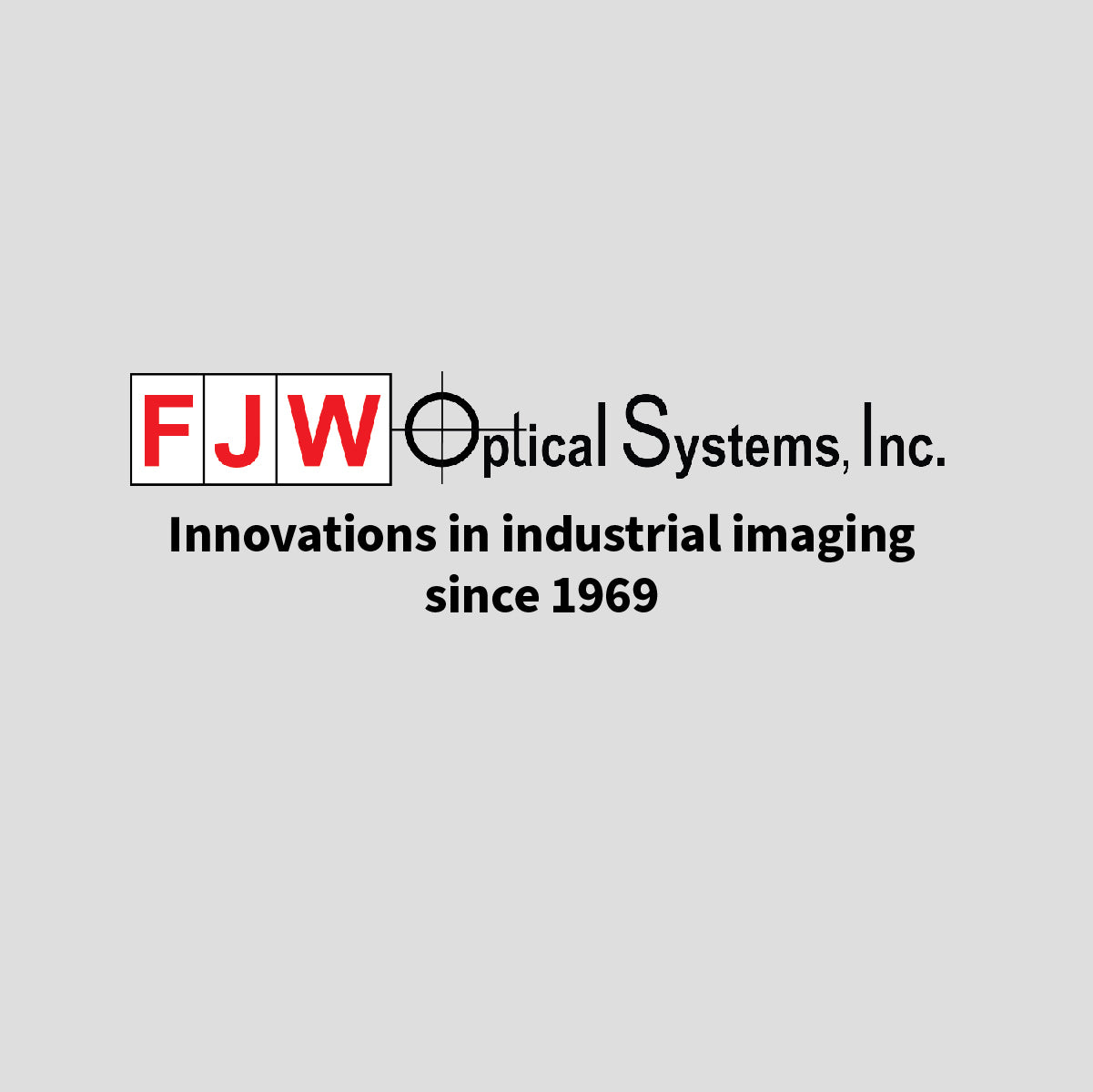
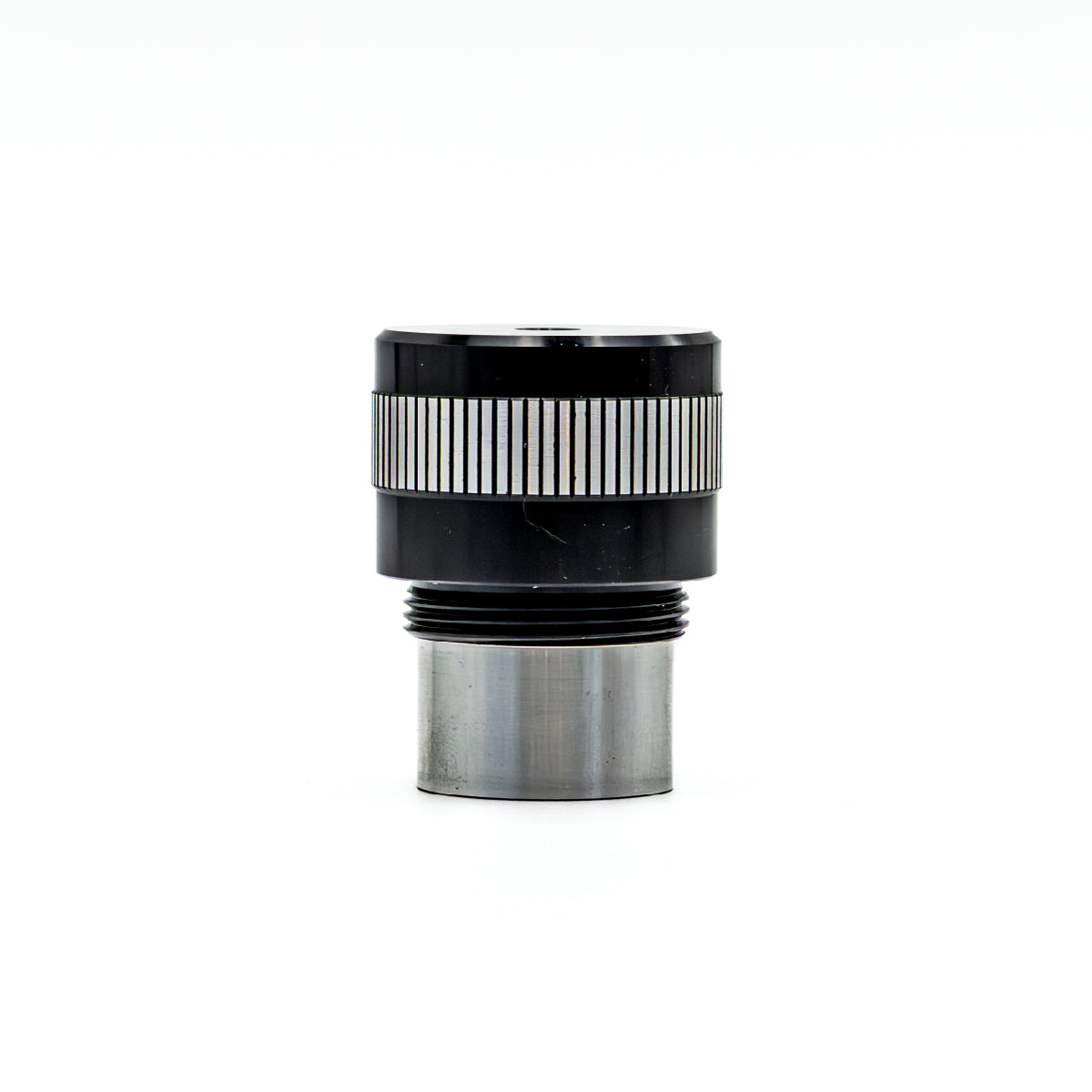
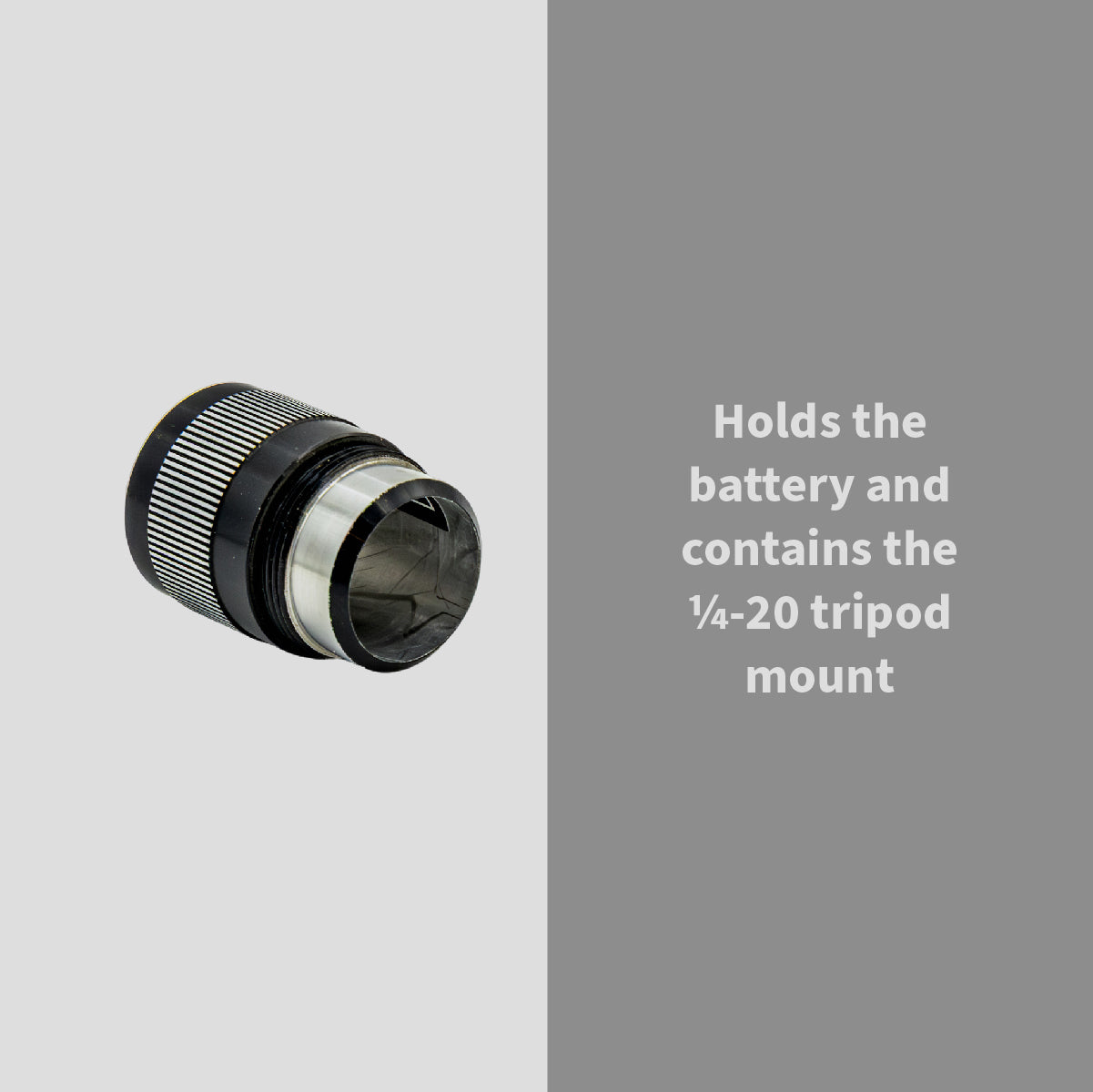


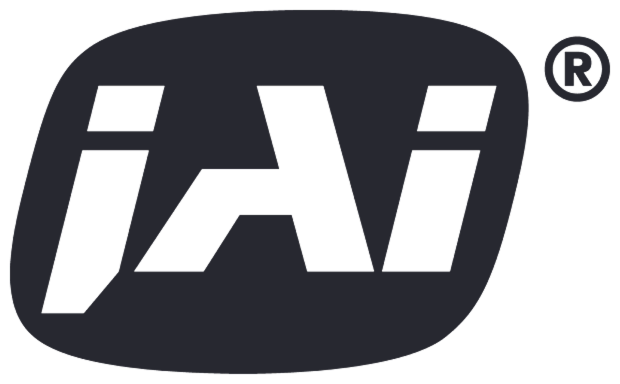
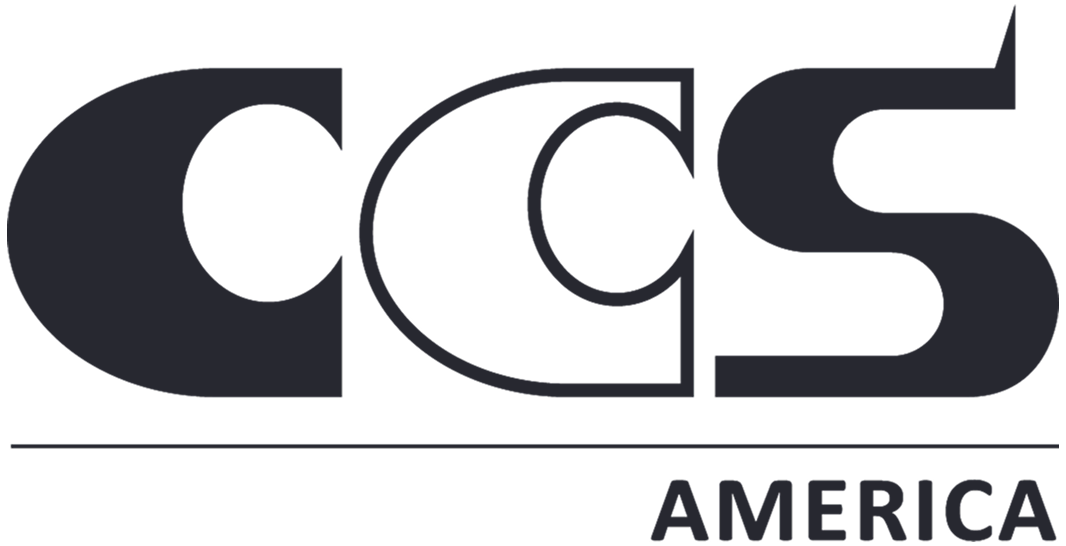
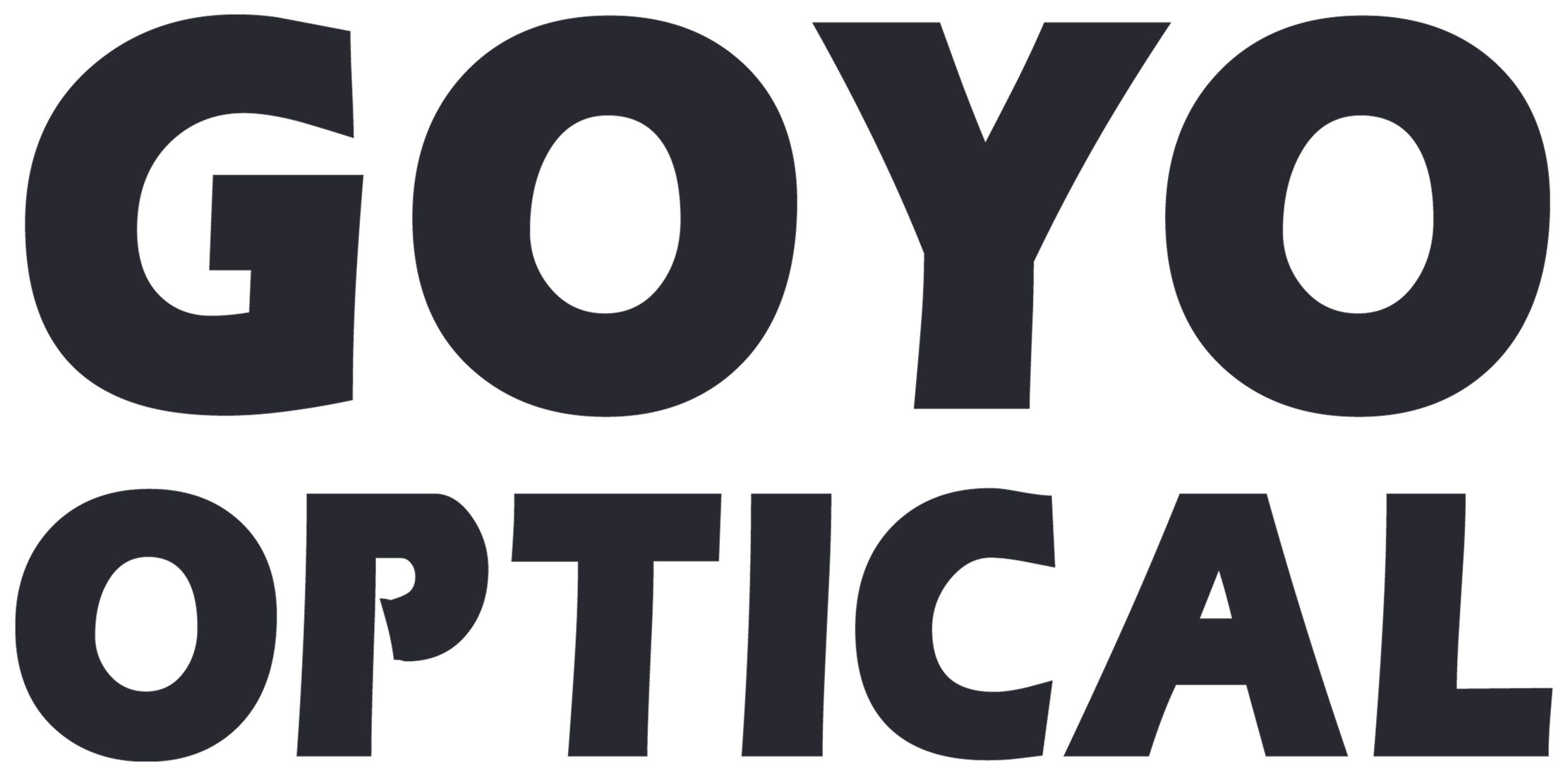


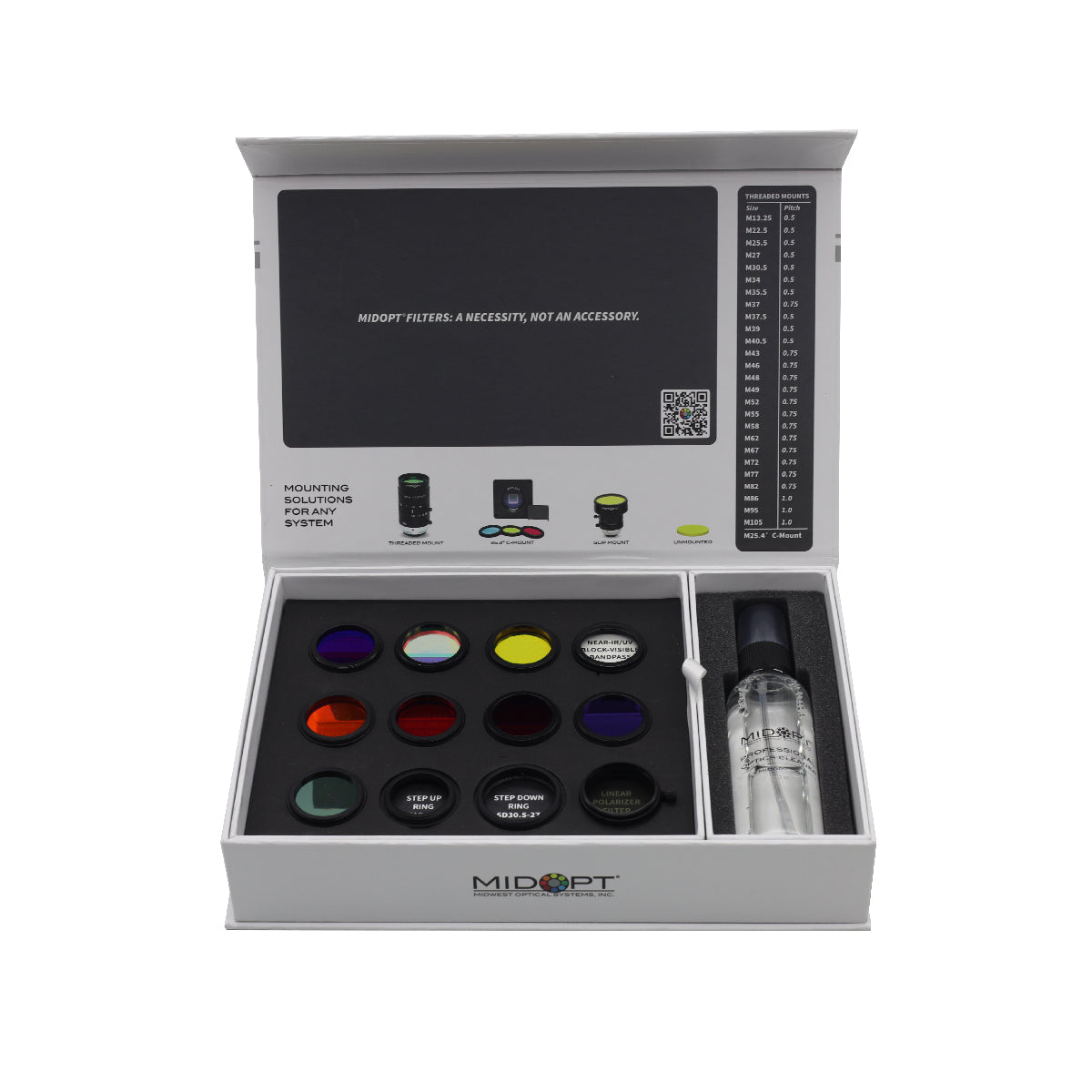
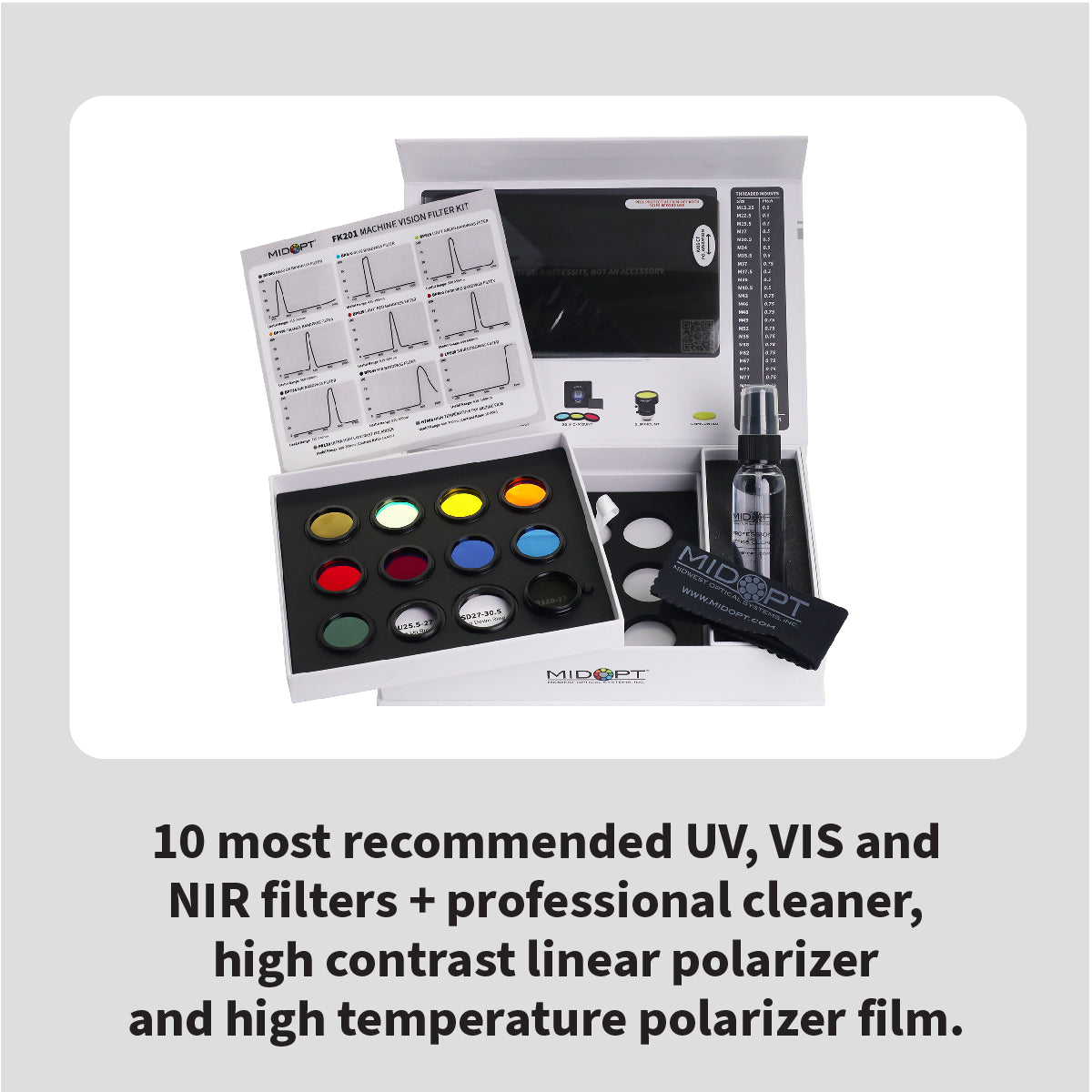
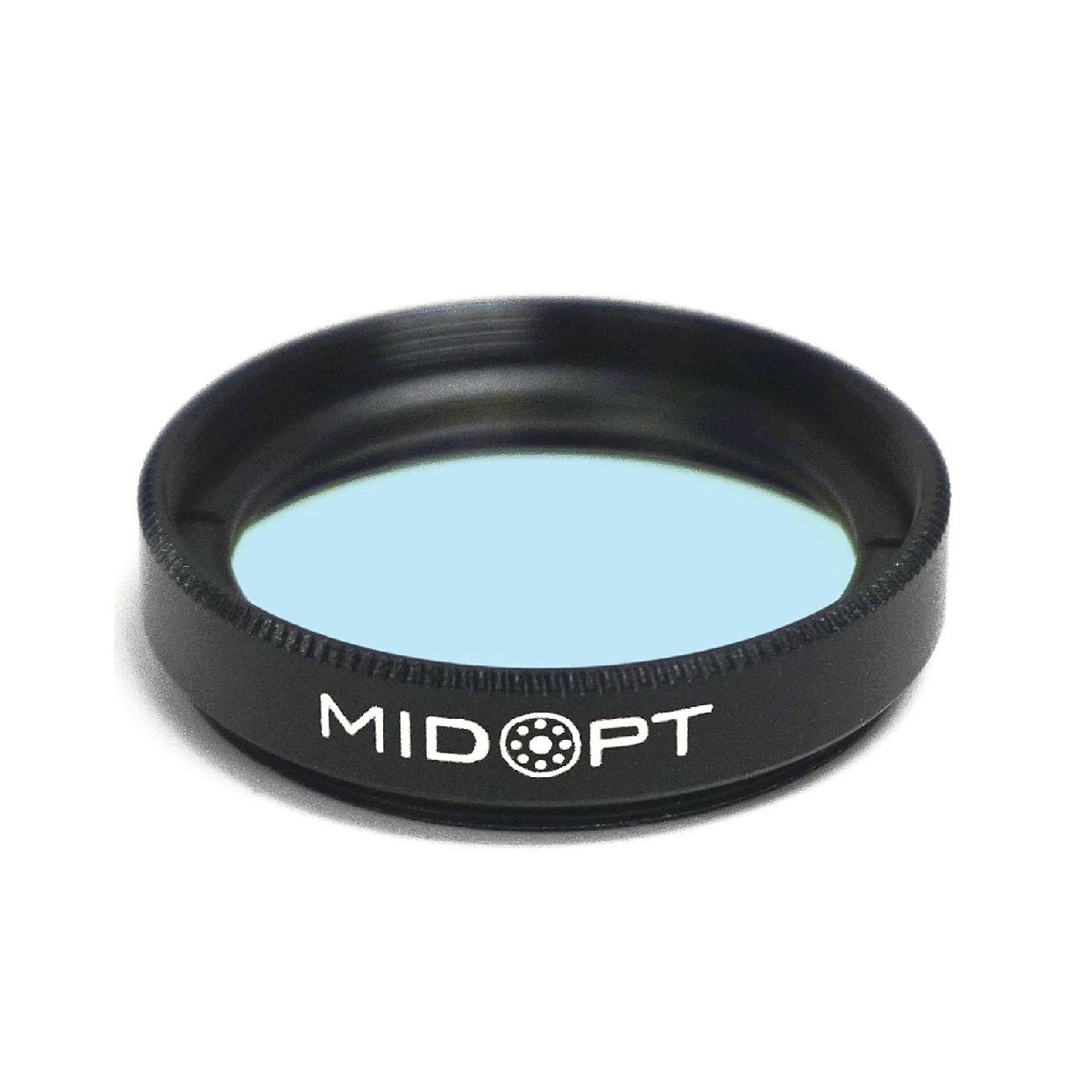
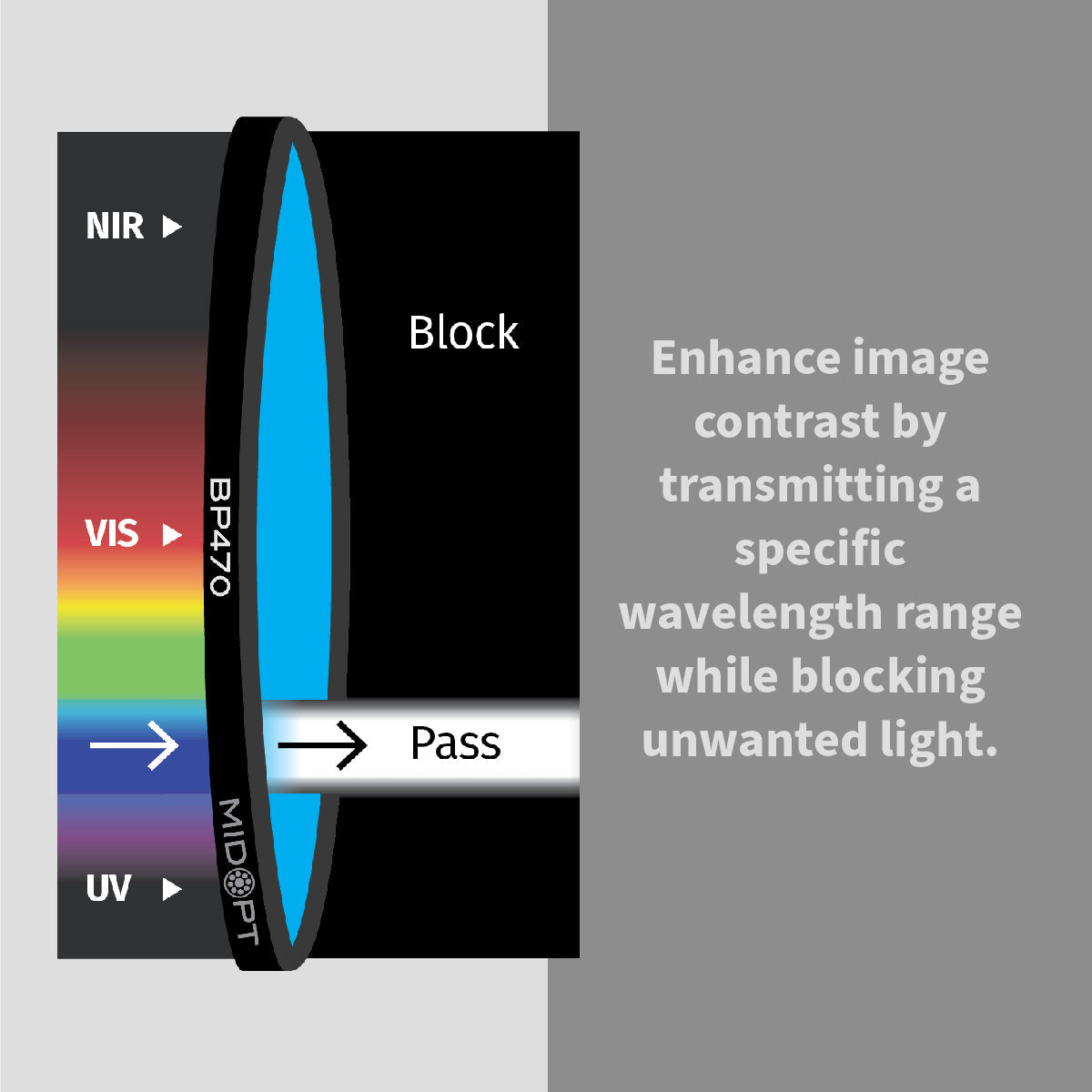
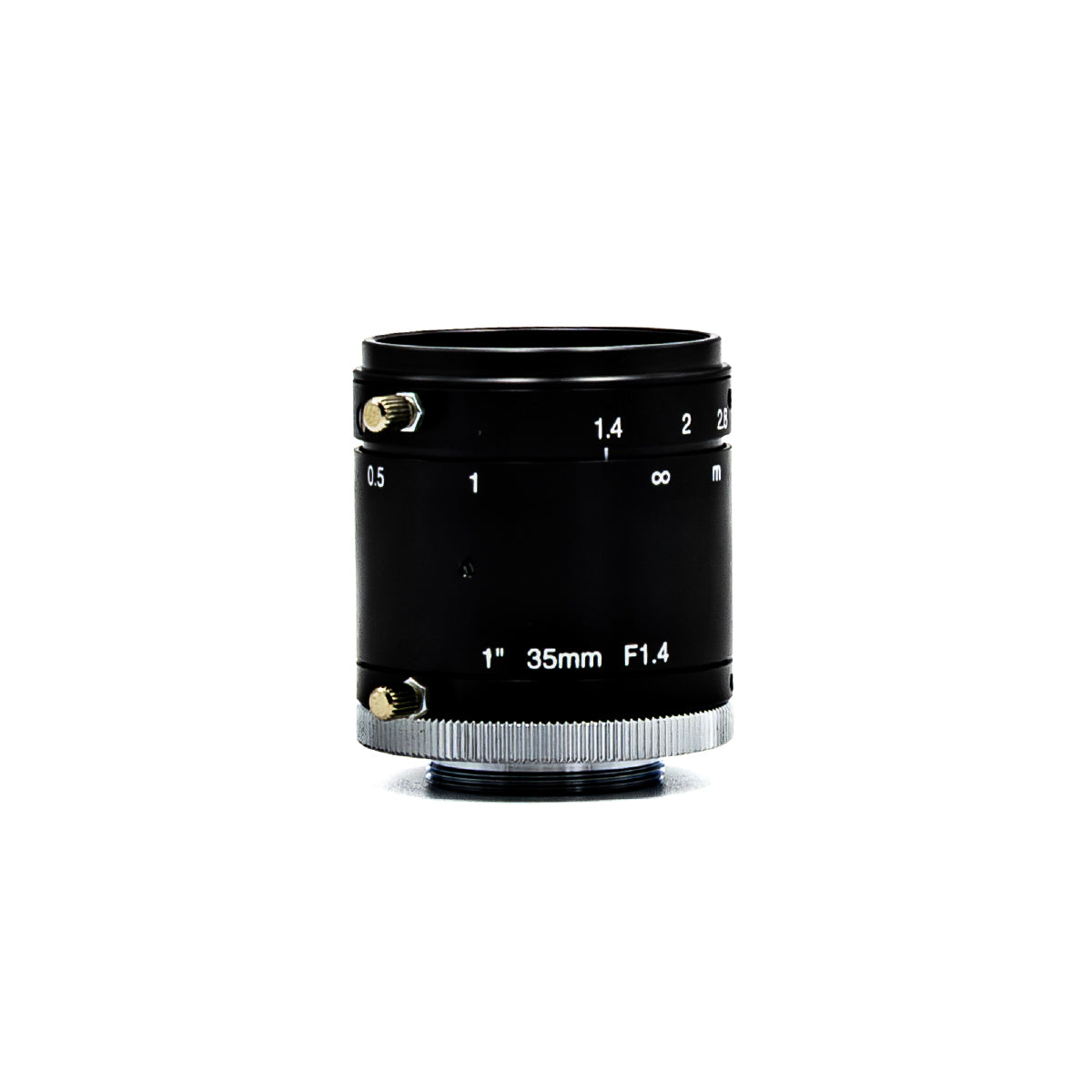
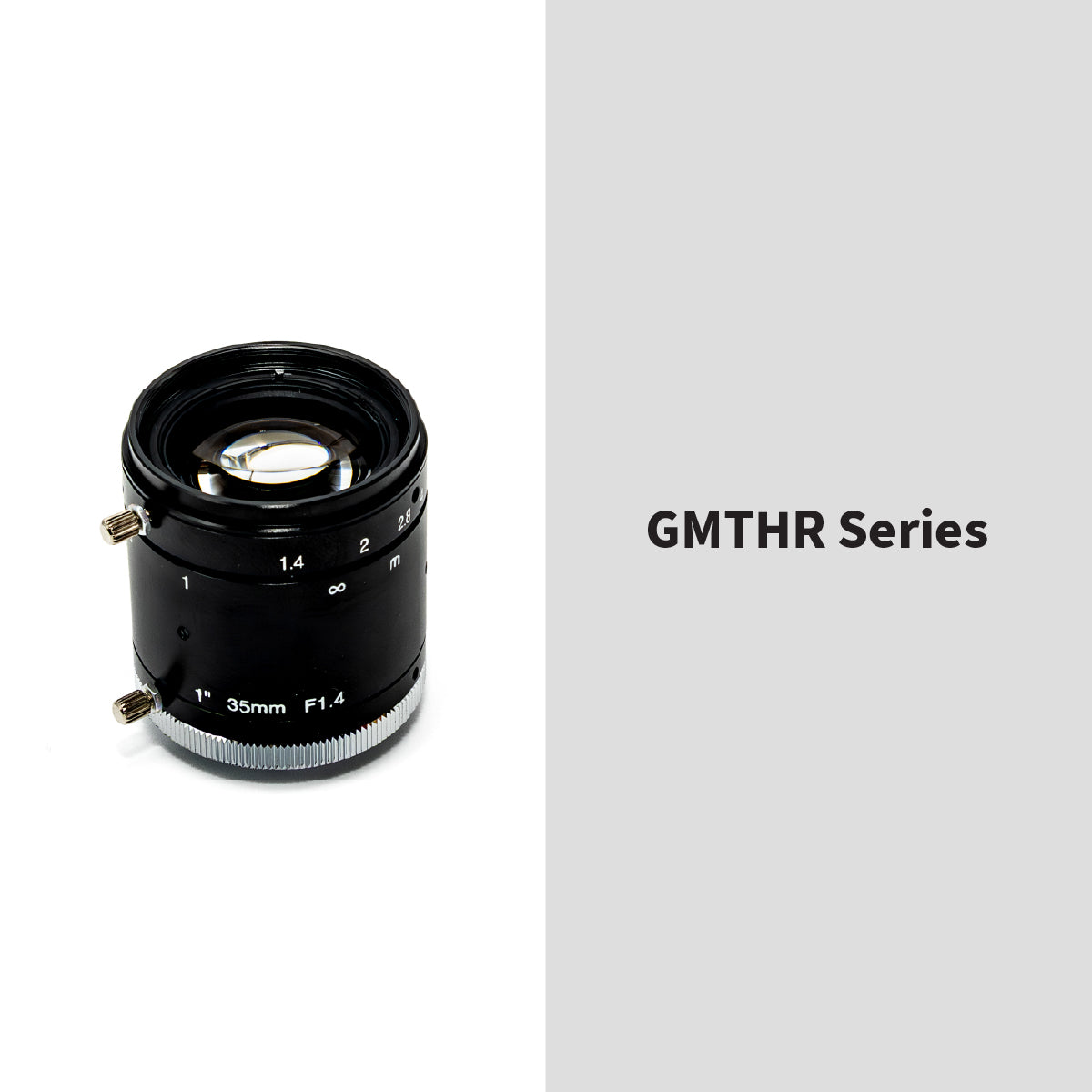
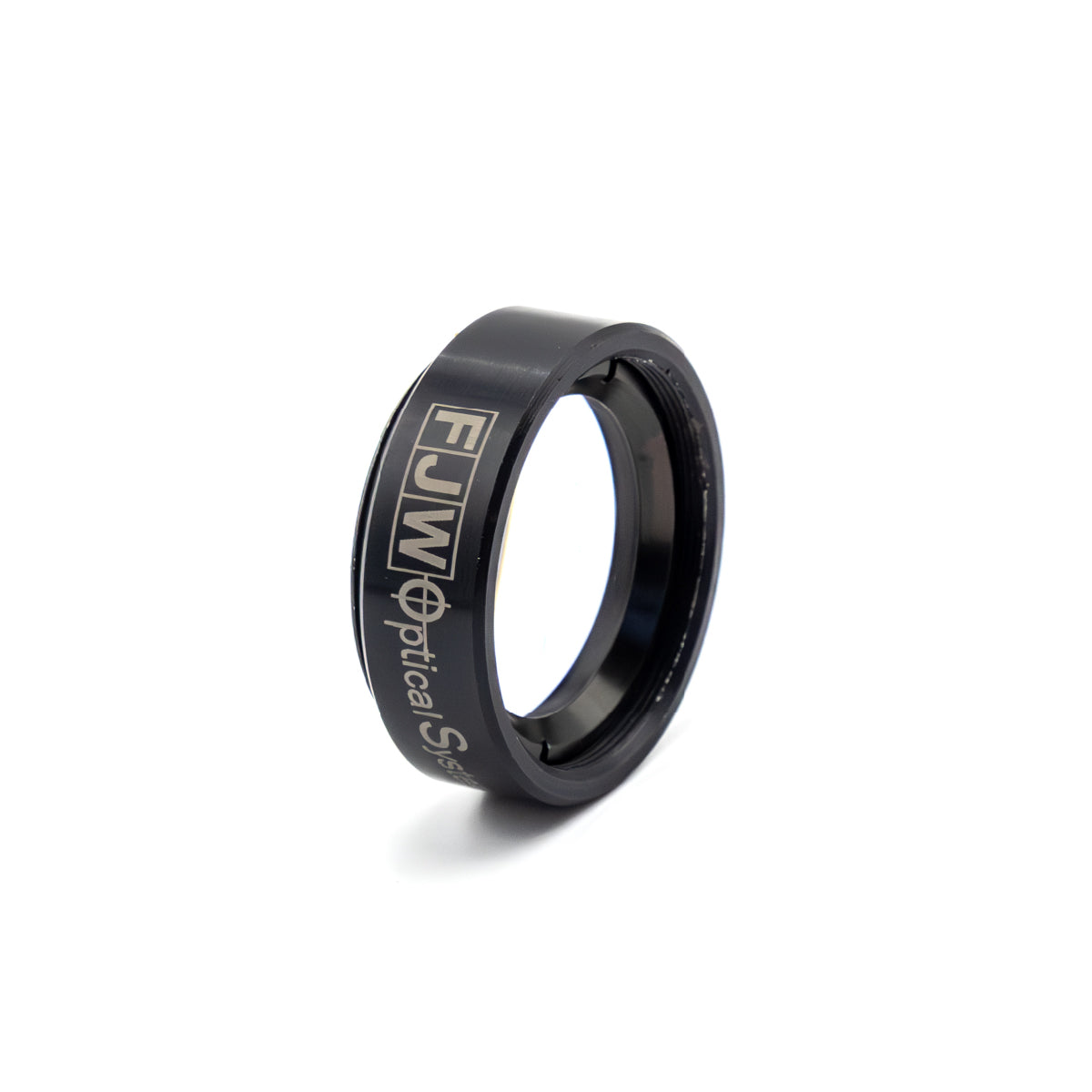
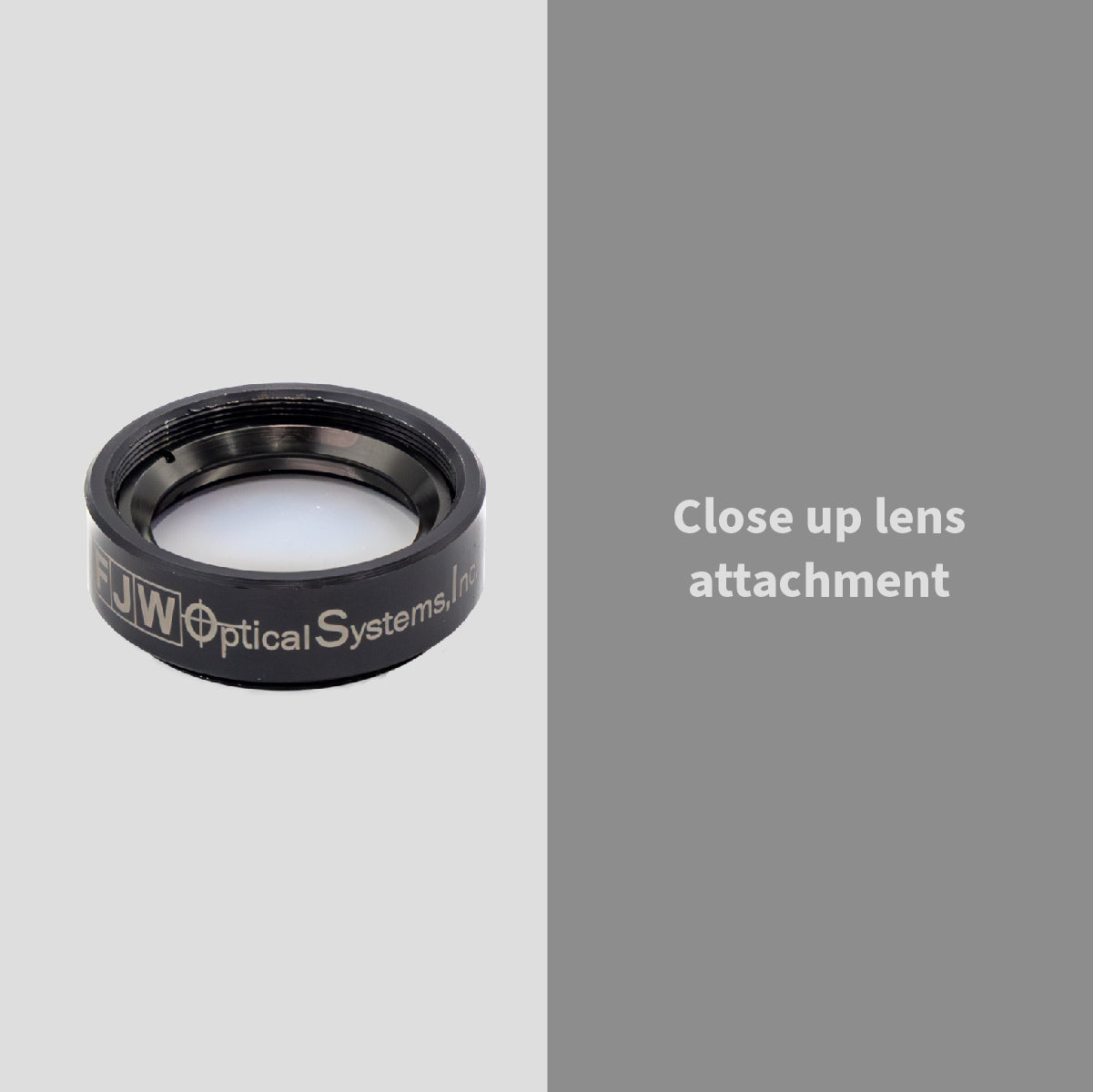



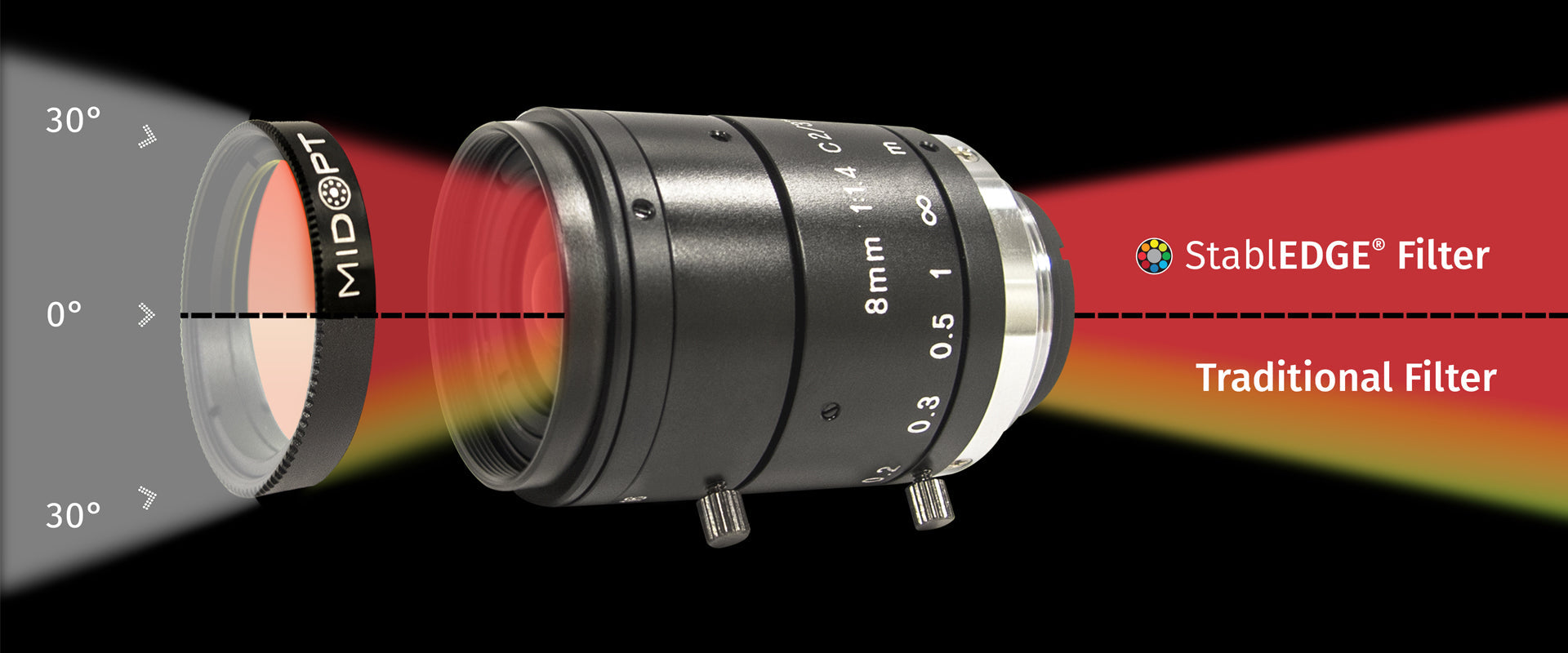
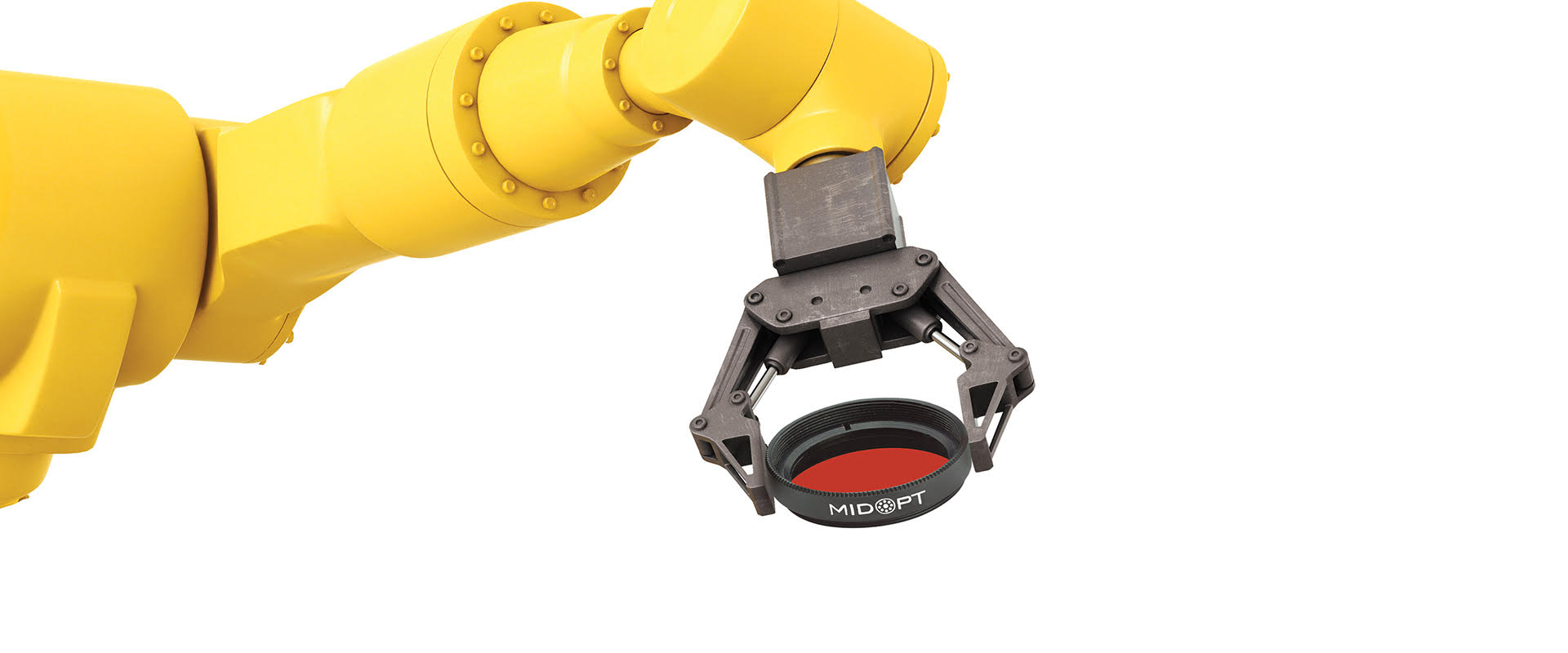
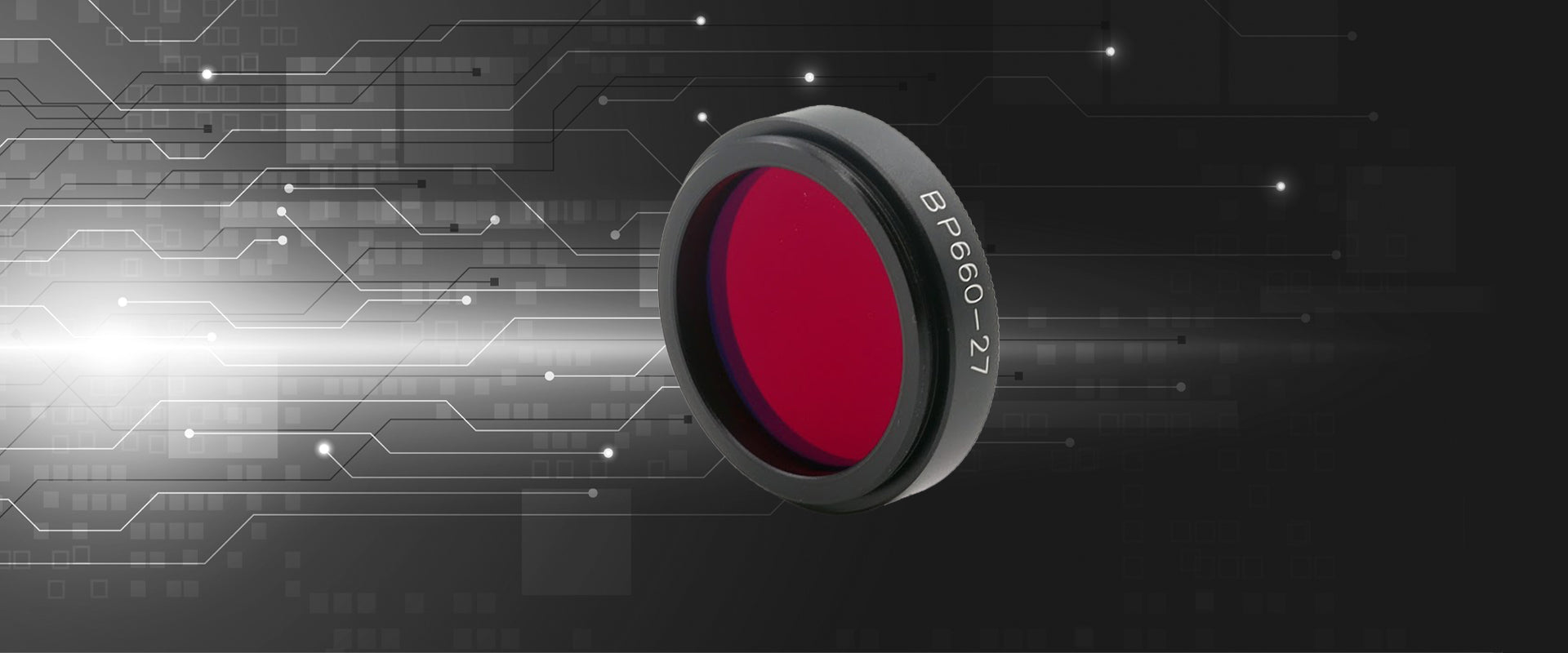
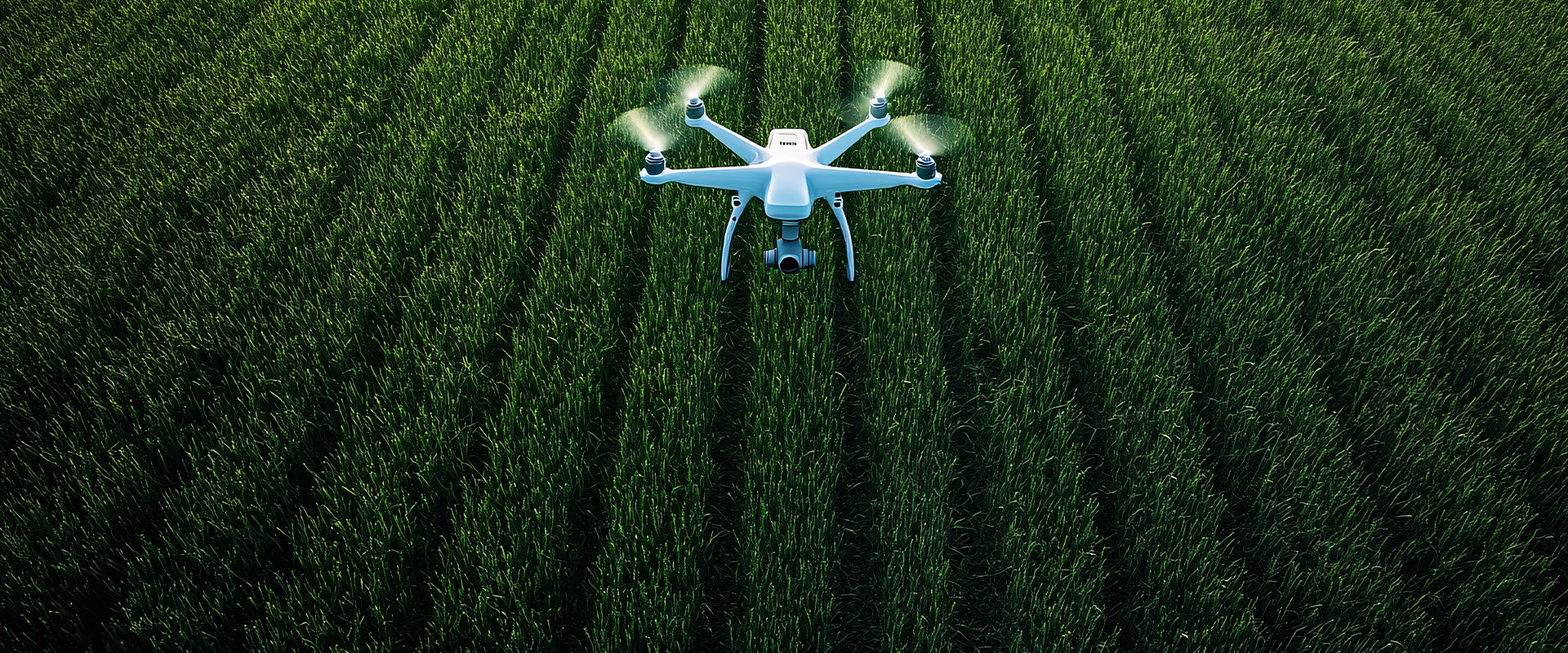
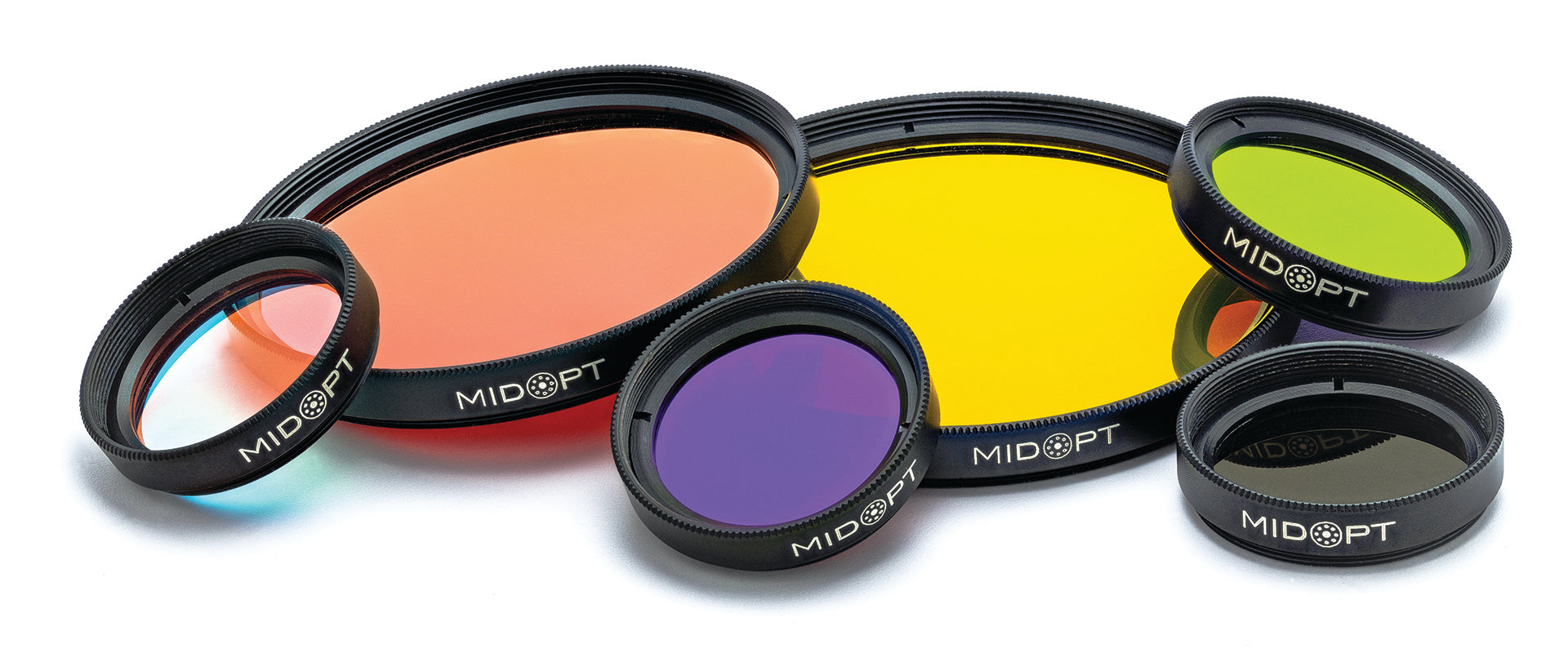
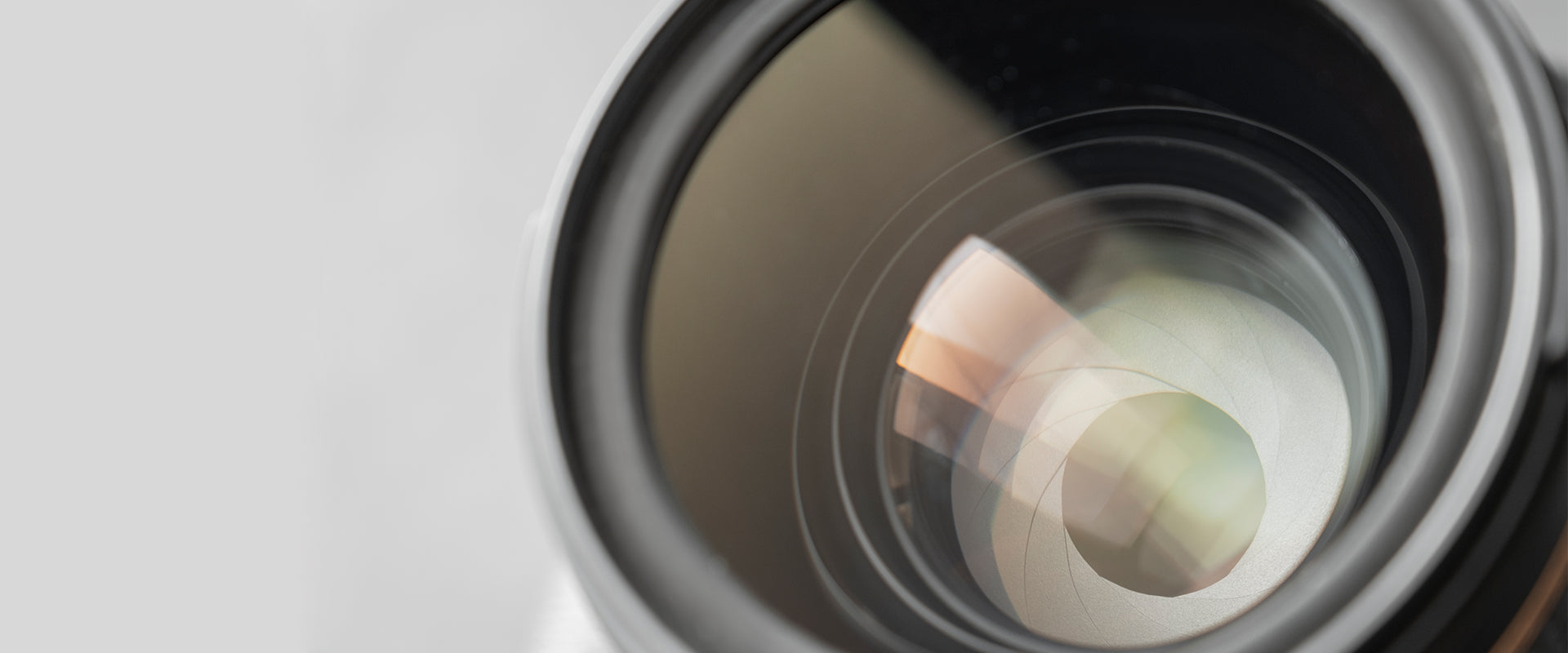




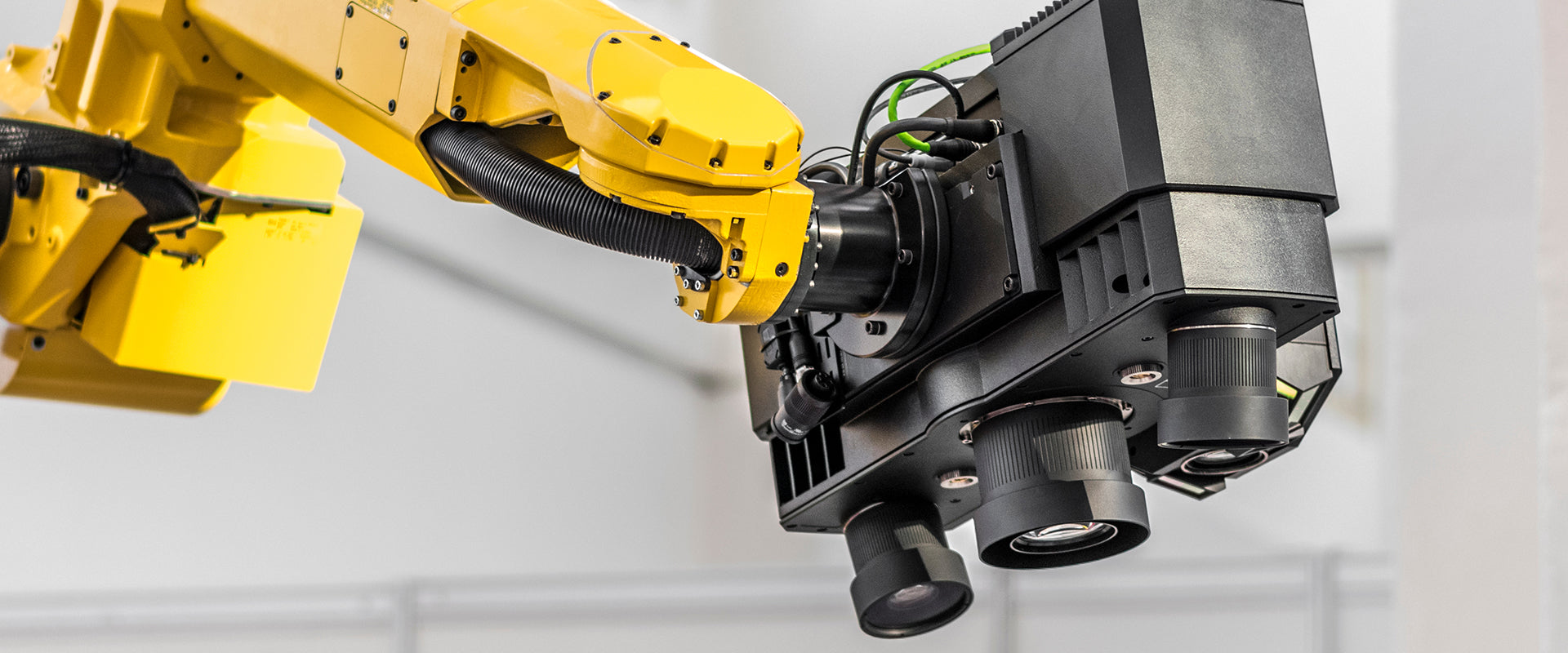


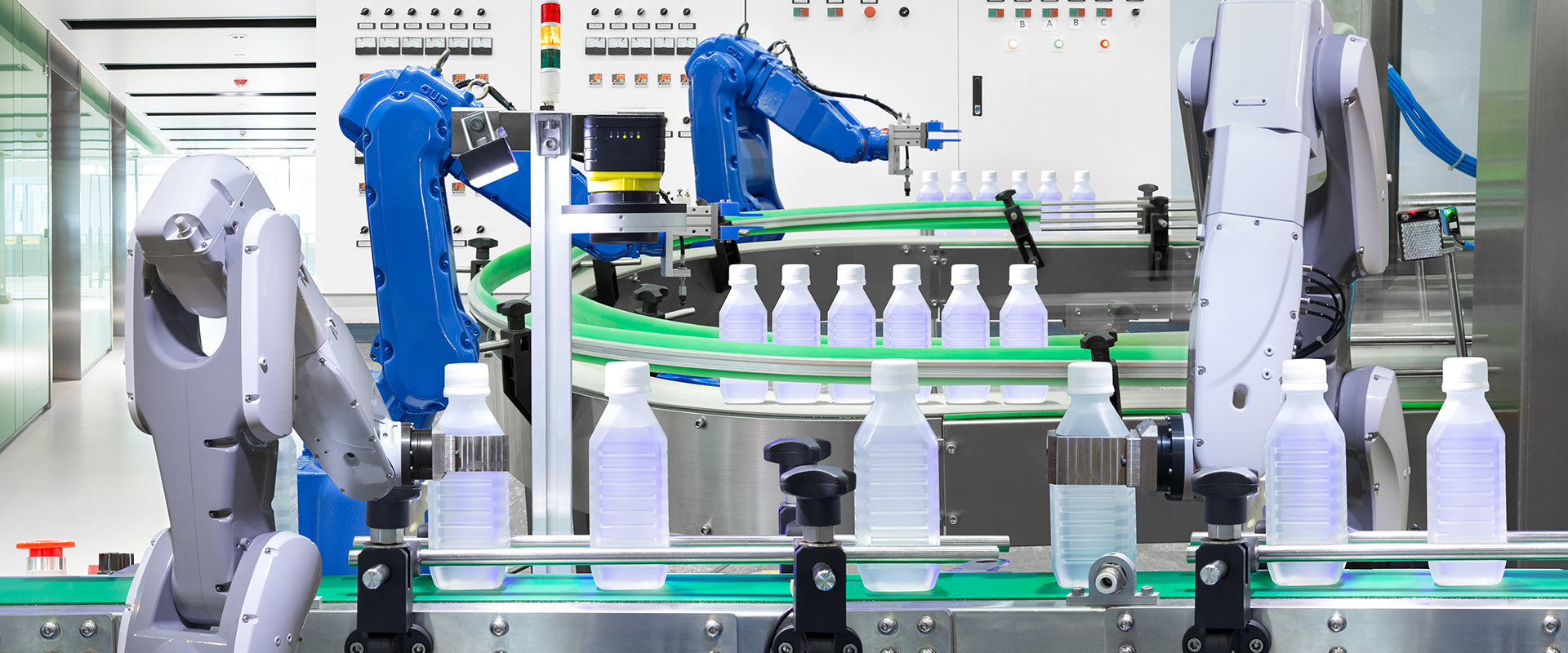
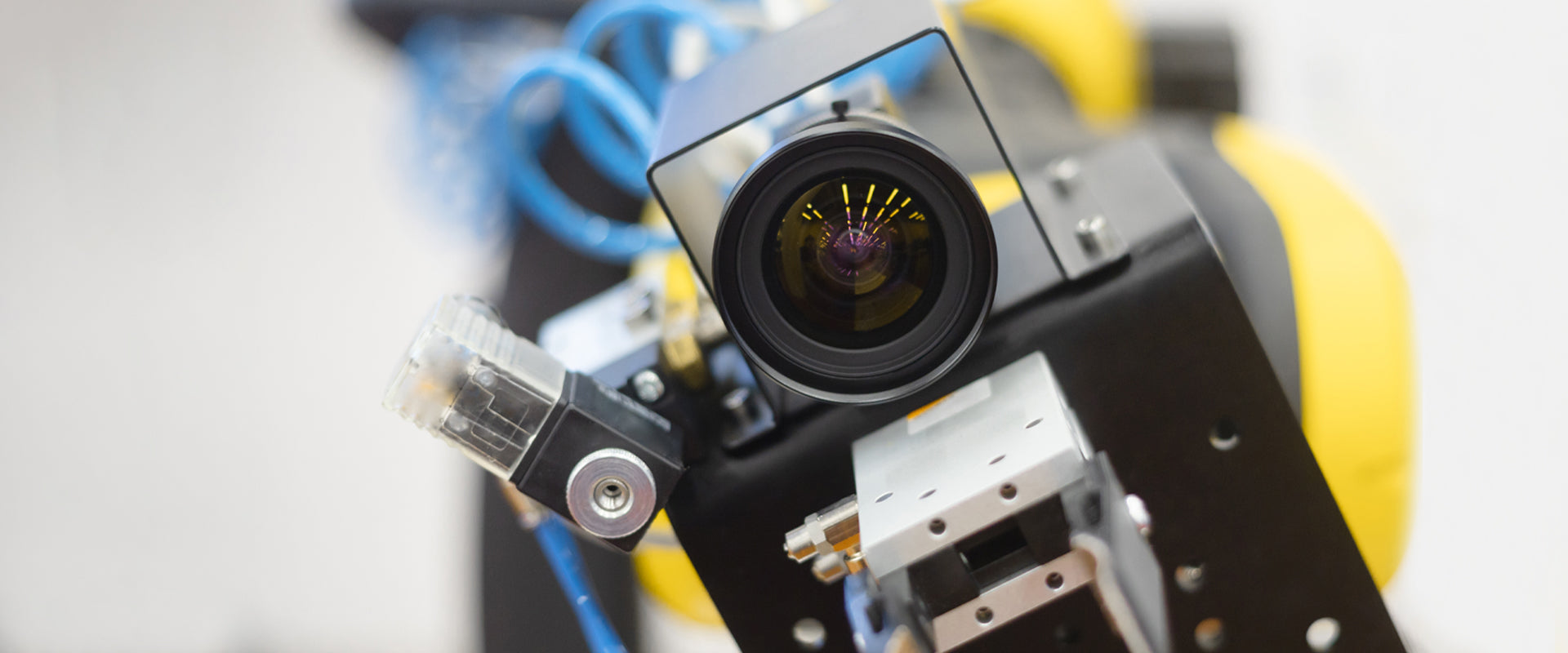
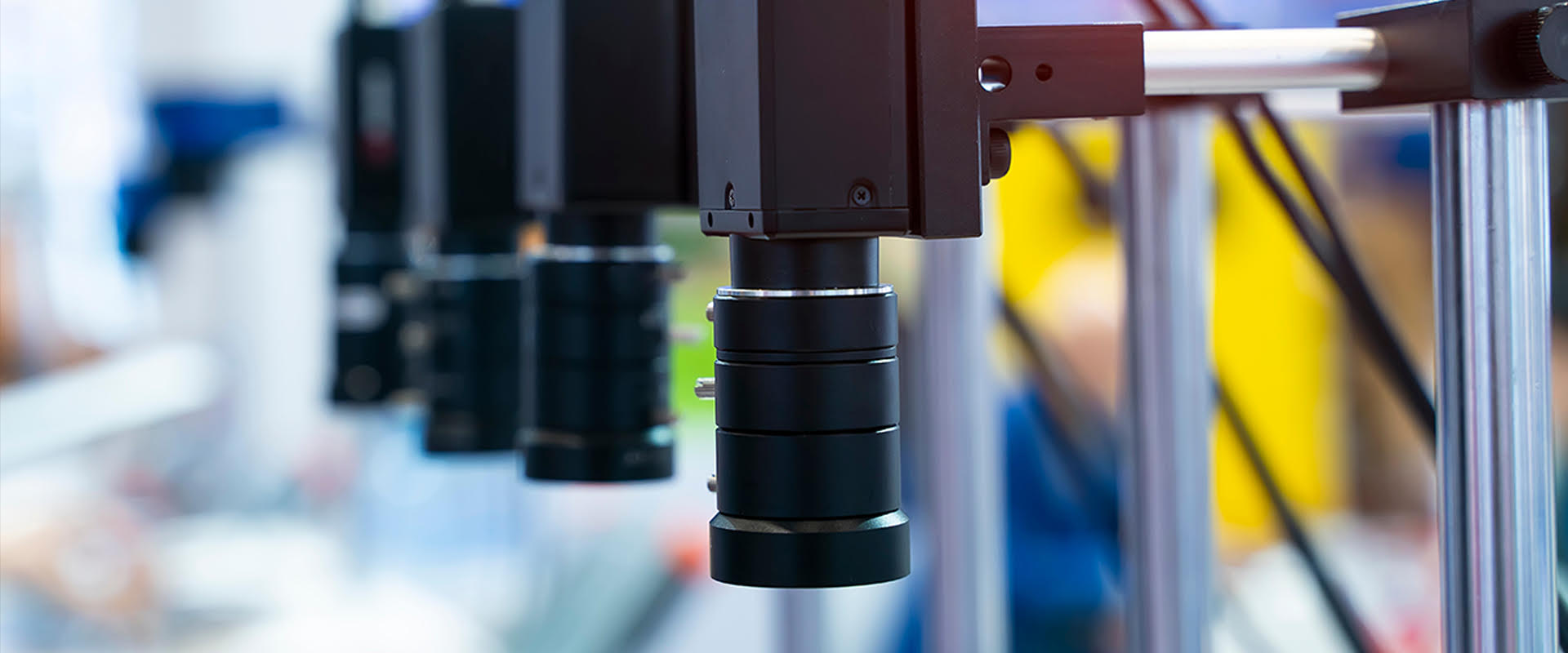
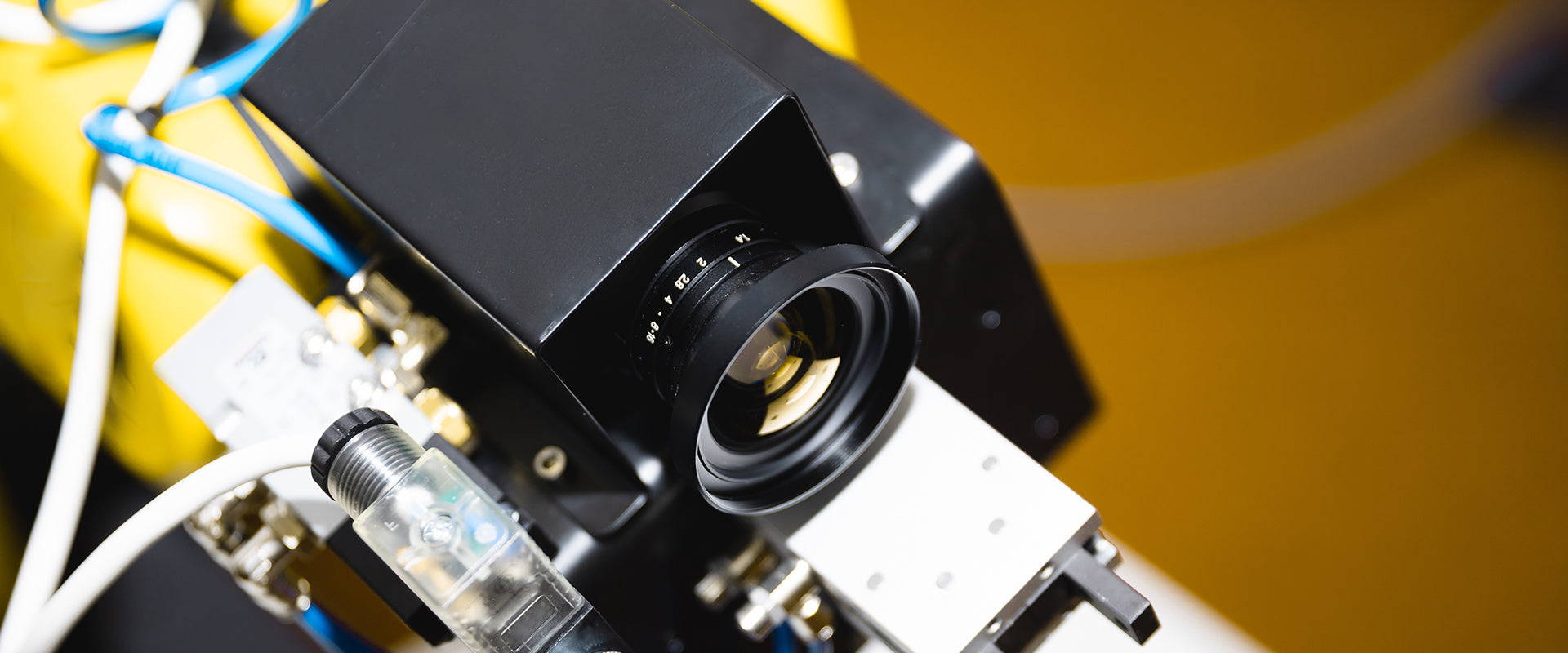
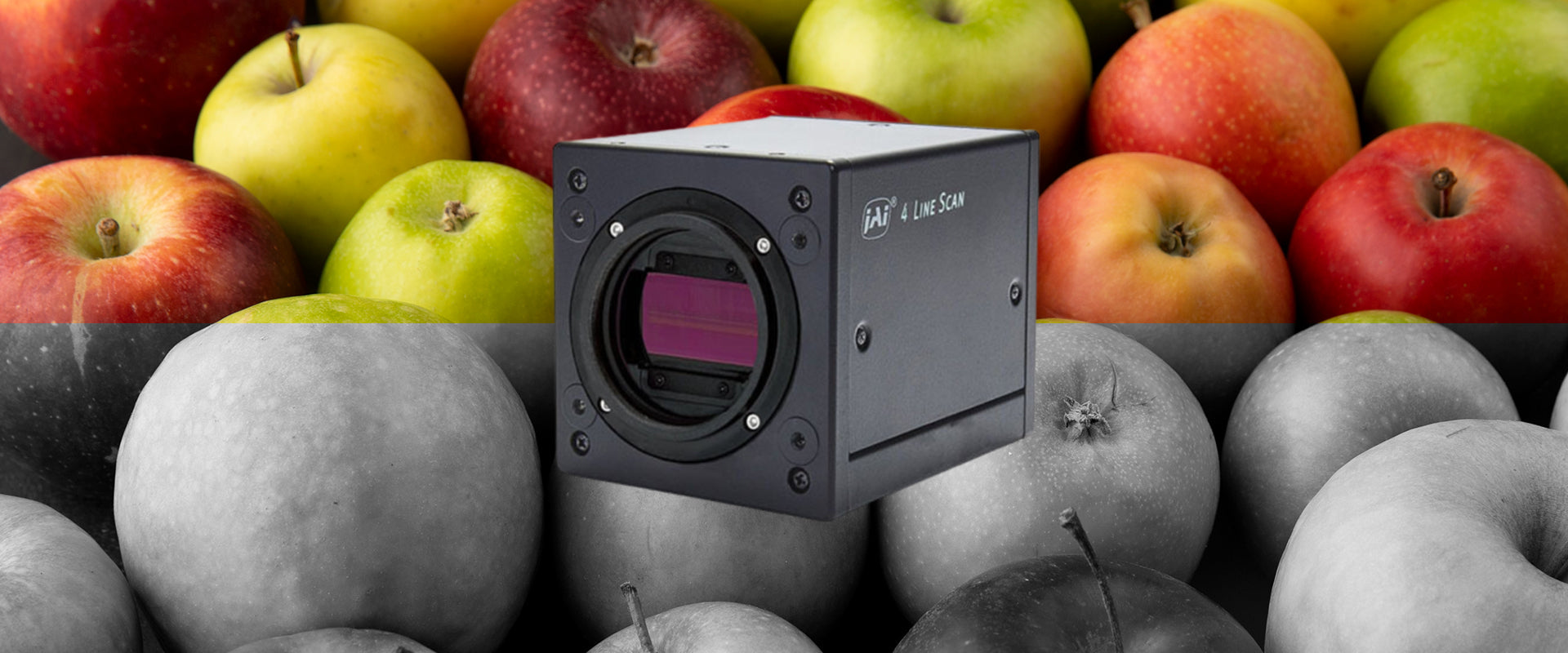
 Lighting
Lighting


